In the world of film and television, where actors compete for awards and applause, there is a very special group that never goes unnoticed: animals. Without complex dialogue or dramatic monologues, these adorable creatures have achieved something that few human stars can boast: conquering the audience with just a look, a bark or even an epic leap.
Since the early days of cinema, animals have been an essential part of the stories that move and captivate us. At first, their roles were secondary, accompanying the human protagonists as simple companions. However, with the passage of time, these furry, feathered and even scaly beings began to steal the hearts of the public, gaining a central place in the narrative.
Silent cinema was the first stage where animals shone, with stars such as the horse in westerns or the dogs that accompanied adventure heroes. As the stories evolved, so did the roles of these creatures, who went from being decorative to becoming characters with emotional depth, capable of transmitting loyalty, bravery and love without the need for words.
On television, animals made the leap to cultural icons, starring in shows and generating legions of fans. But it hasn't all been entertainment; many of these characters have also been bearers of profound messages, representing friendship, hope and resilience at key moments in the stories.
Today, animals in film and television are not just decoration, but true actors, trained to perform incredible feats and emotionally connect with the audience. Behind every great story, there is a furry, feathered or even scaly friend who makes the experience even more unforgettable.
Lassie
Real name: Pal
Lassie is the protagonist, an exceptionally intelligent and loyal collie dog who shows unconditional love for her human family. Her courage and determination make her a symbol of hope and perseverance.
Rhubarb
Real name: Orangey
Although he appears in more films such as the 1951 comedy "Rhubarb," Orangey plays "Cat," Holly's unnamed feline companion. Although he does not have a central role, the cat symbolizes Holly's own independent and elusive nature, as well as her hidden desire to find a true home.
Toto
Real name: Terry
Toto is Dorothy's faithful companion, a small Cairn Terrier who accompanies her on her fantastic adventure in Oz. Although he does not speak, Toto is a fundamental character, since his bravery and loyalty motivate Dorothy to continue forward and help her escape from various dangers.
The Bear
Real name: Bart the Bear
Bart plays the adult Kodiak bear who, despite his solitary nature, ends up protecting and teaching the orphaned cub. The film focuses on their relationship and the fight for survival in a world where humans represent a constant threat.
Hachiko
Real name: Forest
Forest plays Hachiko, the Akita who symbolizes absolute loyalty. In the film, Hachiko develops a unique bond with Parker, accompanying him daily and teaching viewers the true meaning of unconditional love.
Snoop
Real name: Messi
Messi plays Snoop, the guide dog of Daniel, the son of the main couple. In addition to being a faithful companion for Daniel, Snoop has a crucial role in the plot, since one of the main plots to decipher the mystery is a test that the police where they give Snoop a large amount of aspirin, which Samuel's body had when he died, to smell, and we see how the dog gets dizzy and has symptoms similar to those of an overdose. In addition, Messi's performance has been critically acclaimed, and he even received the "Palm Dog" award at the Cannes Film Festival.
Marcel
Real name: Katie
Marcel quickly becomes an endearing character. He is remembered for iconic moments such as dancing to "The Lion Sleeps Tonight" or biting Rachel, which leads to a hospital visit. Although Ross becomes deeply attached to Marcel, his unpredictable behavior forces him to send him to a zoo. Later, in a second season episode, Ross discovers that Marcel has been "promoted" to movie star and is filming in New York, leading to another hilarious reunion.
Willy
Real name: Keiko
Keiko plays Willy, an intelligent and sensitive orca who yearns for freedom. Her connection with Jesse is at the heart of the film and highlights the importance of animal welfare and the fight against exploitation.
These are just a few examples of the many animals that have left an indelible mark on the history of film and television. They have made us laugh, cry, and most of all, they have reminded us of the power of the bond between humans and animals.
Which of these furry (or scaly) actors is your favorite? Which other iconic animal would you add to the list? Do you remember a particular scene that moved you to tears or made you laugh out loud? Share your comments, anecdotes and photos of your pet movie fans!





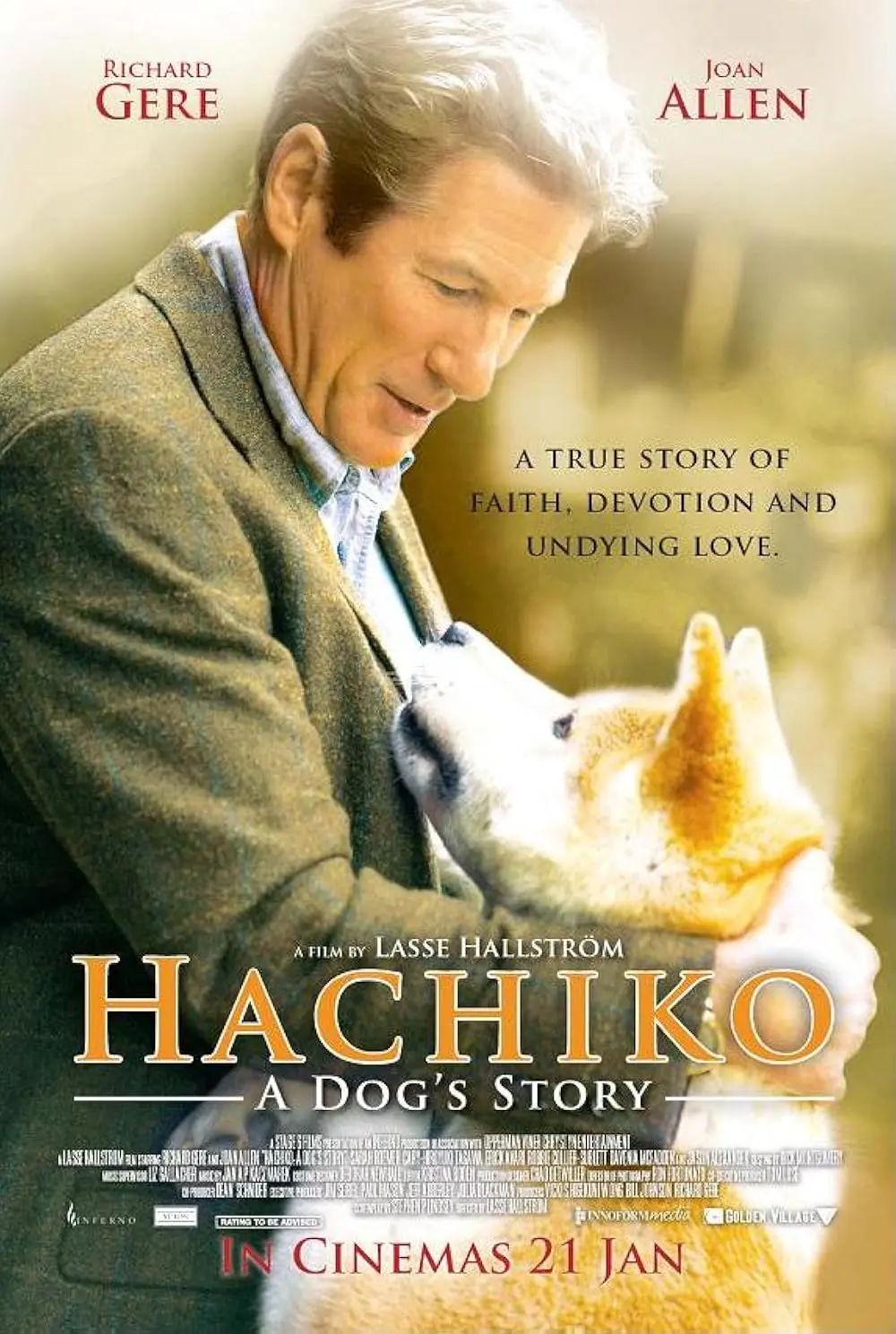


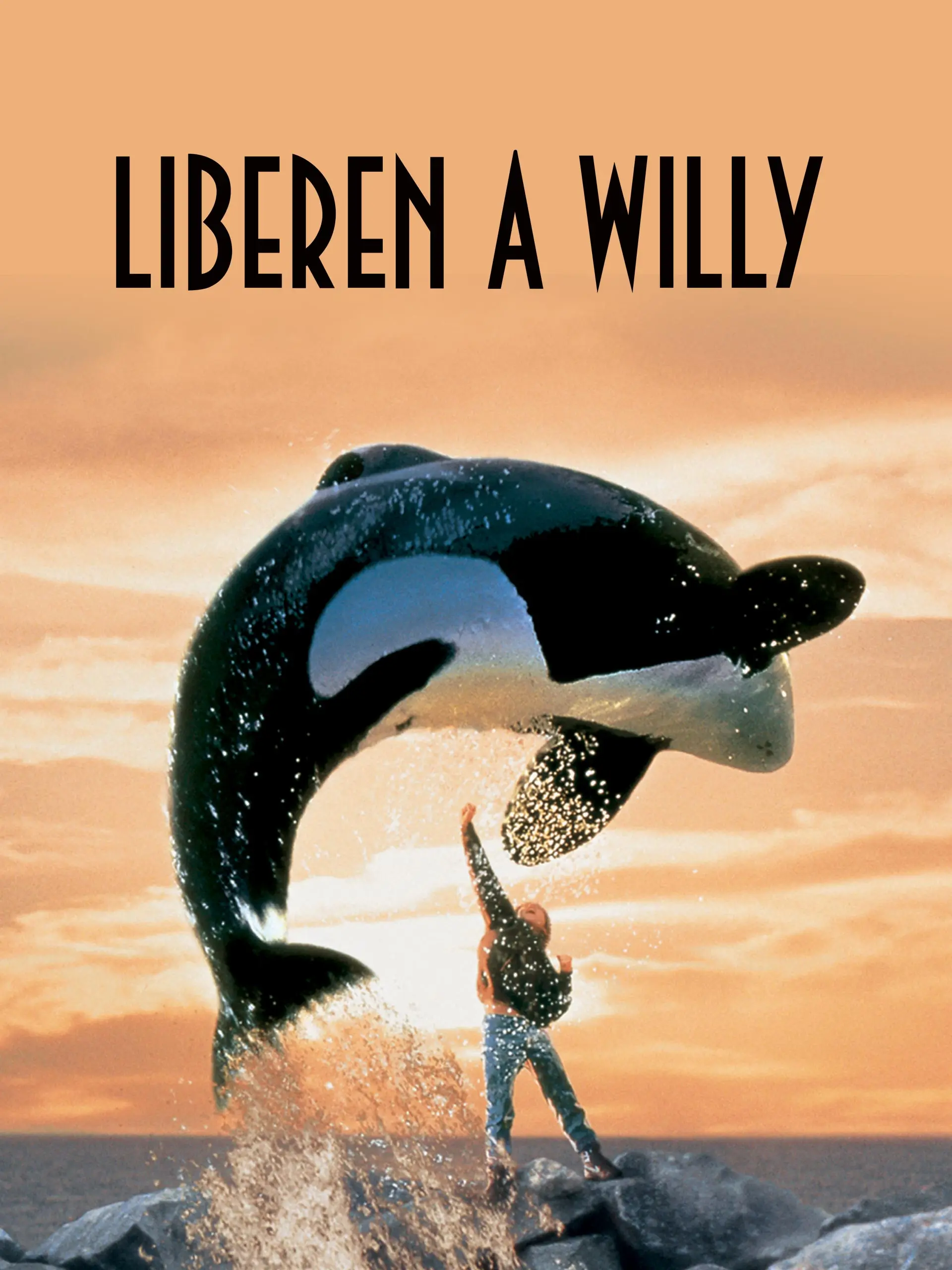


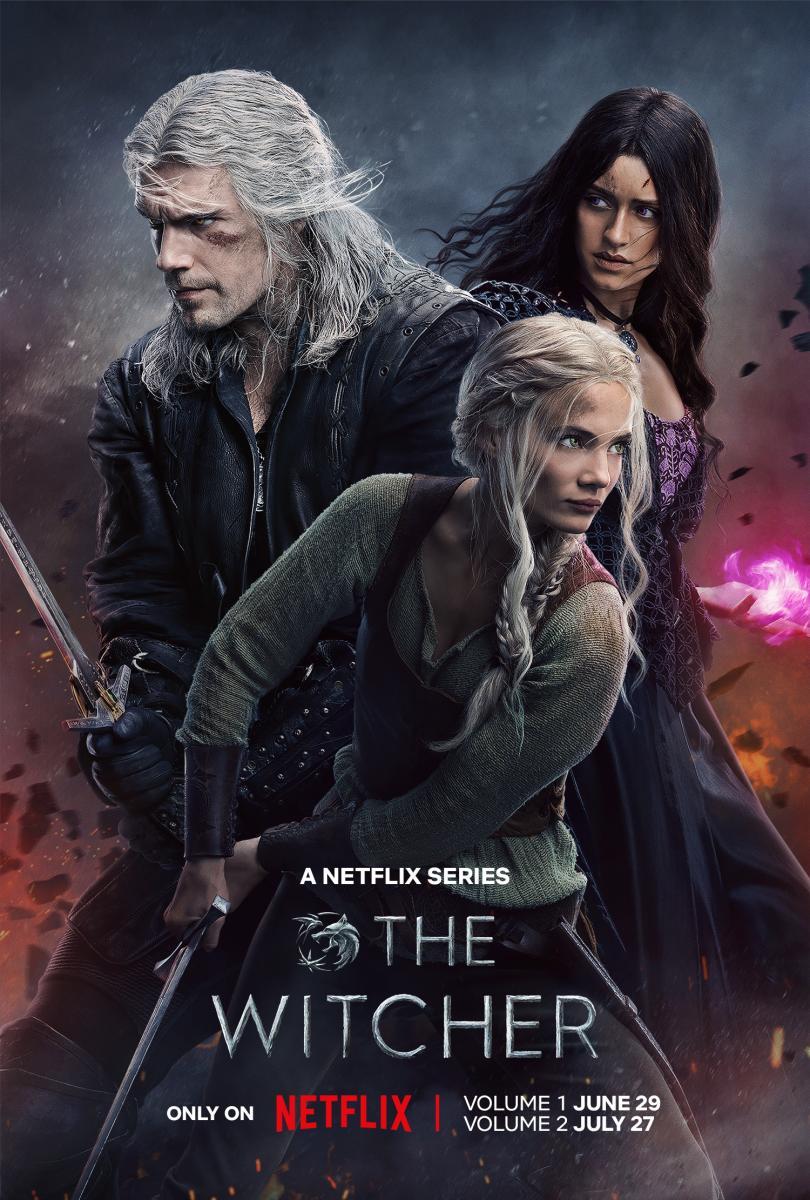
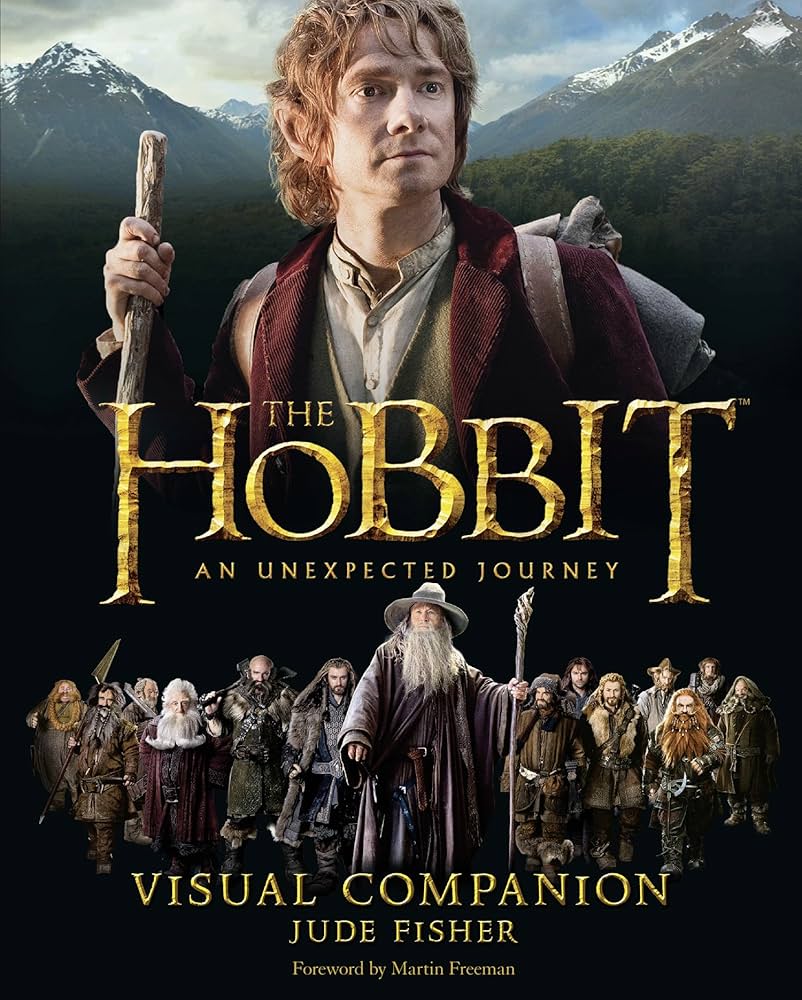
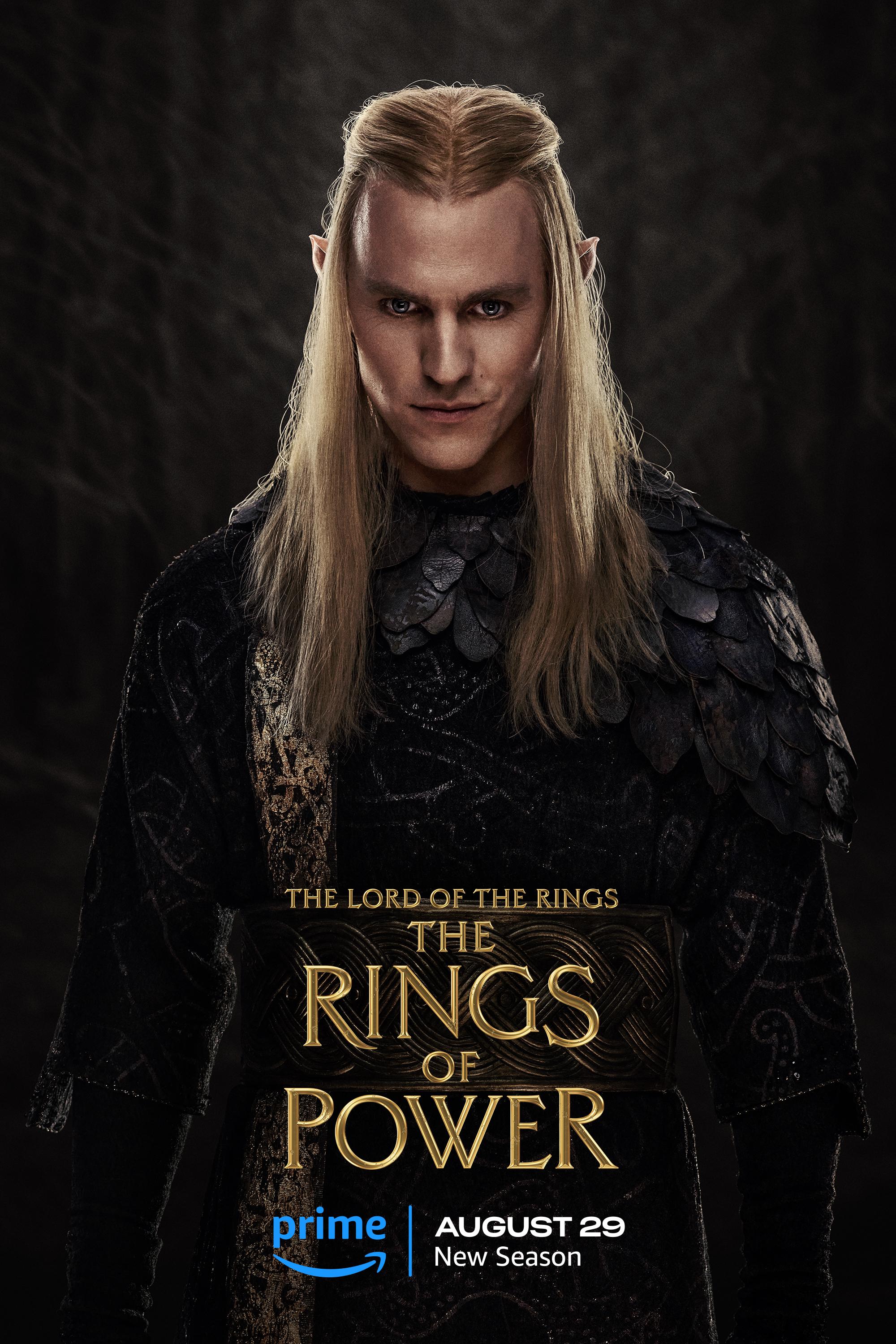
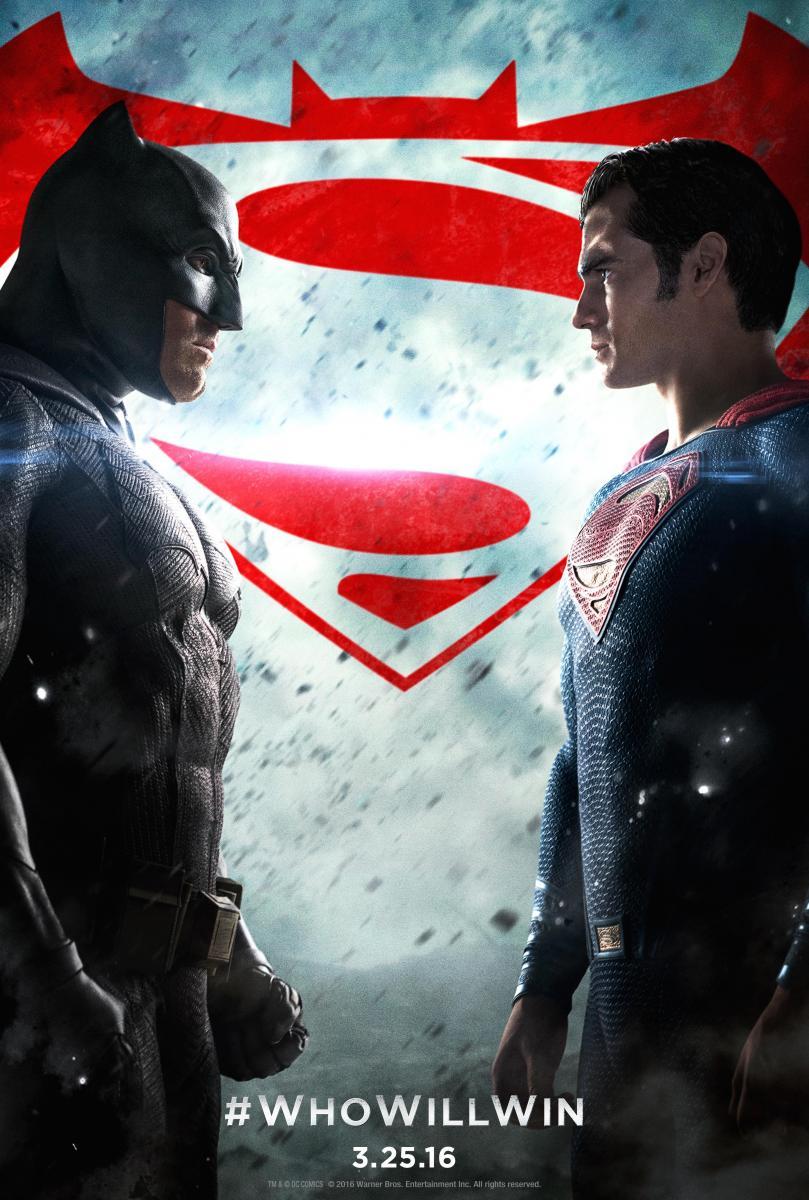



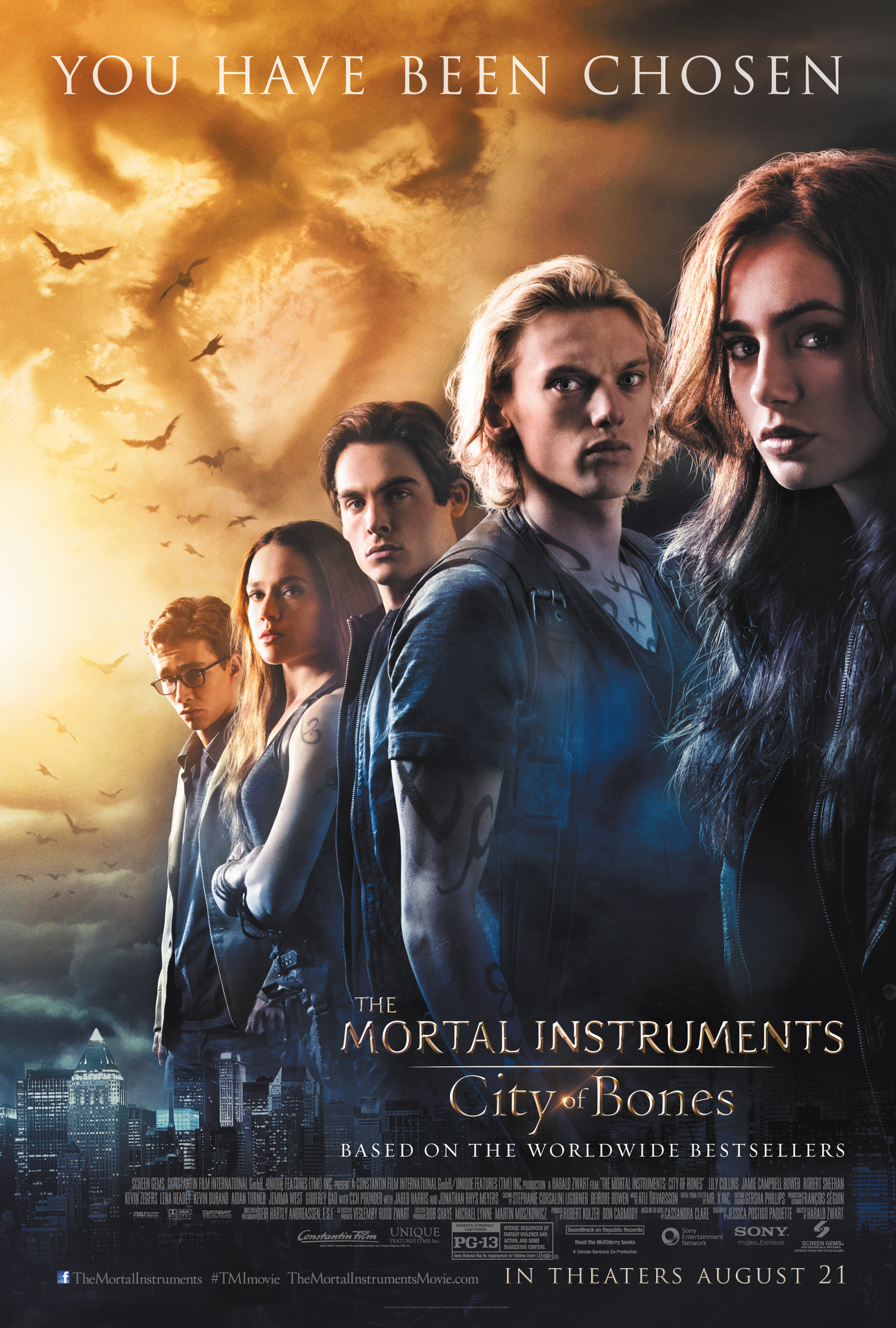


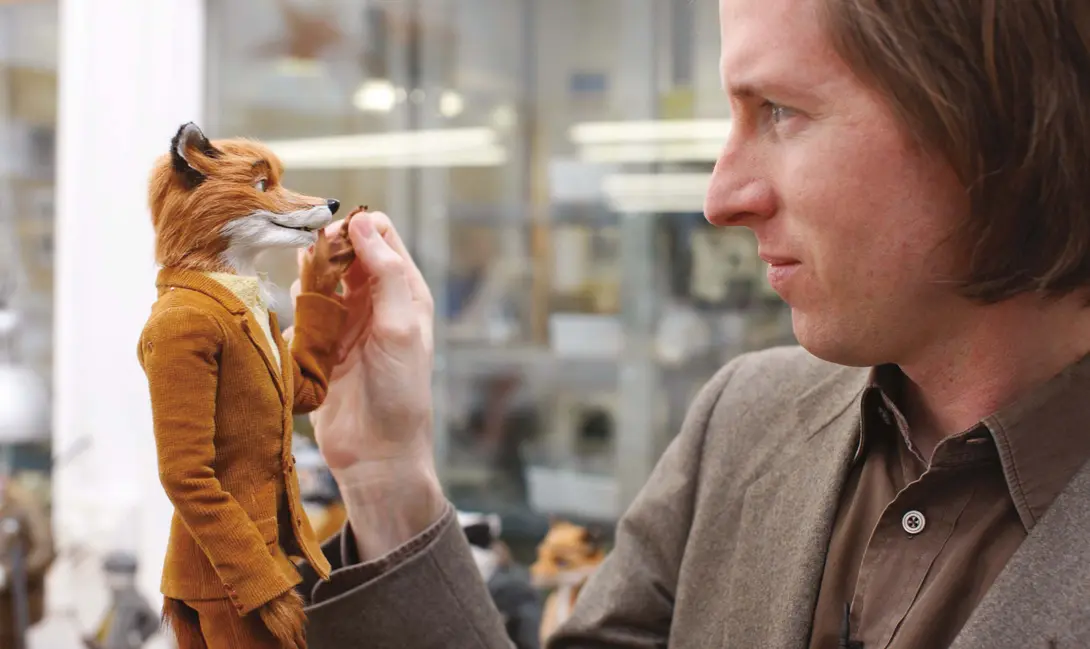
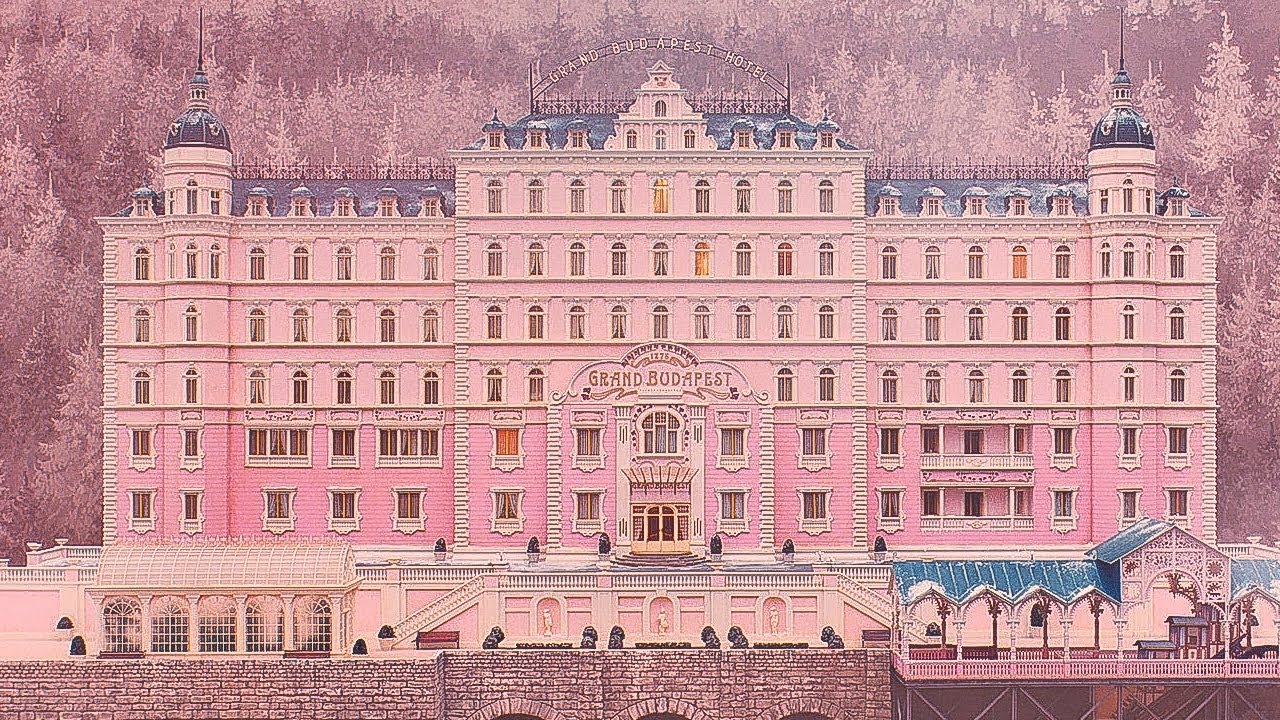
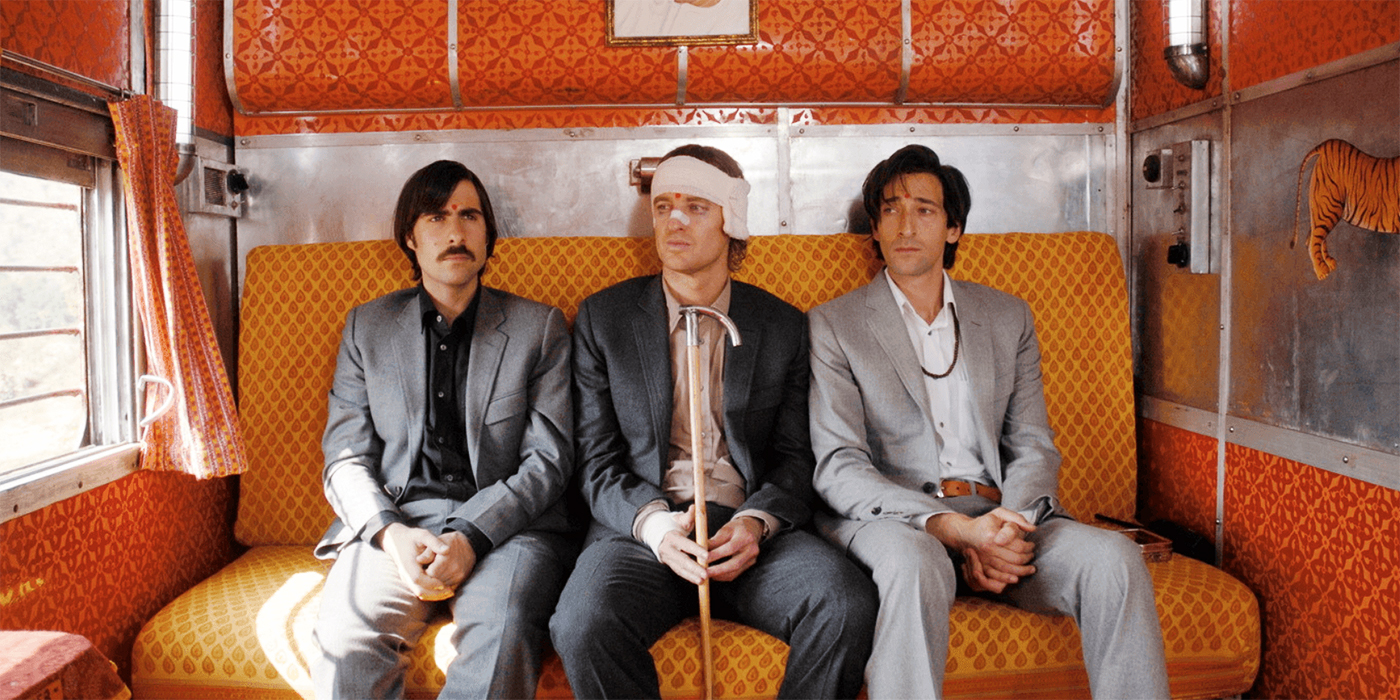



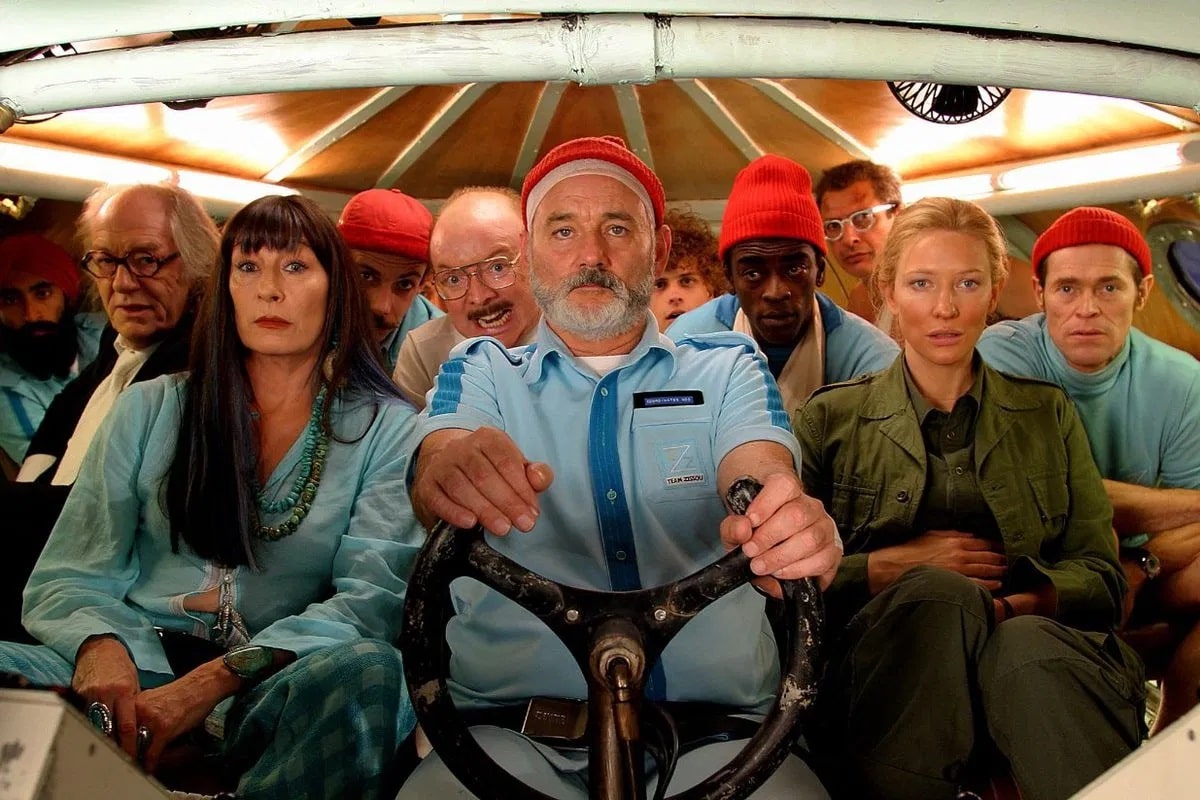


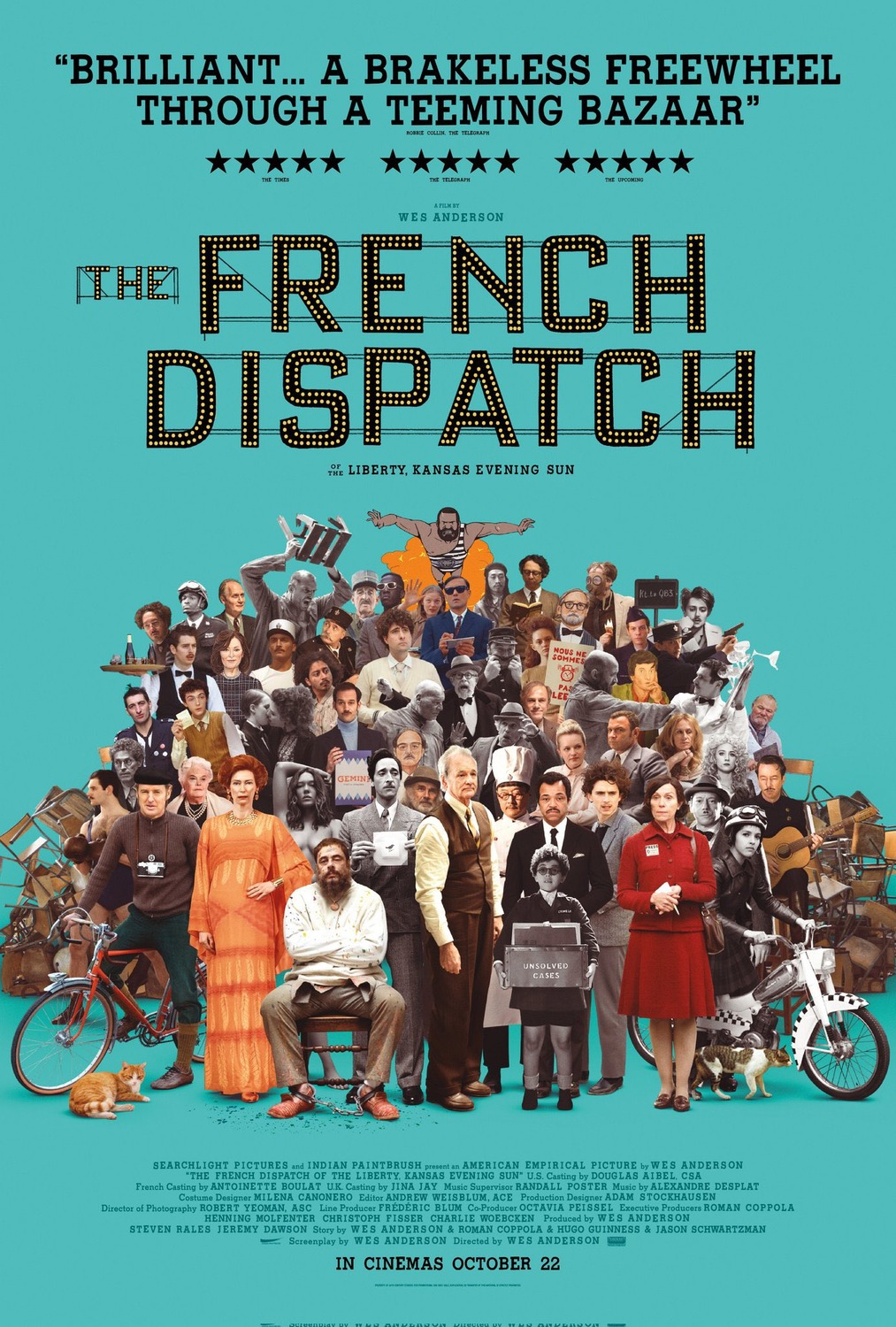


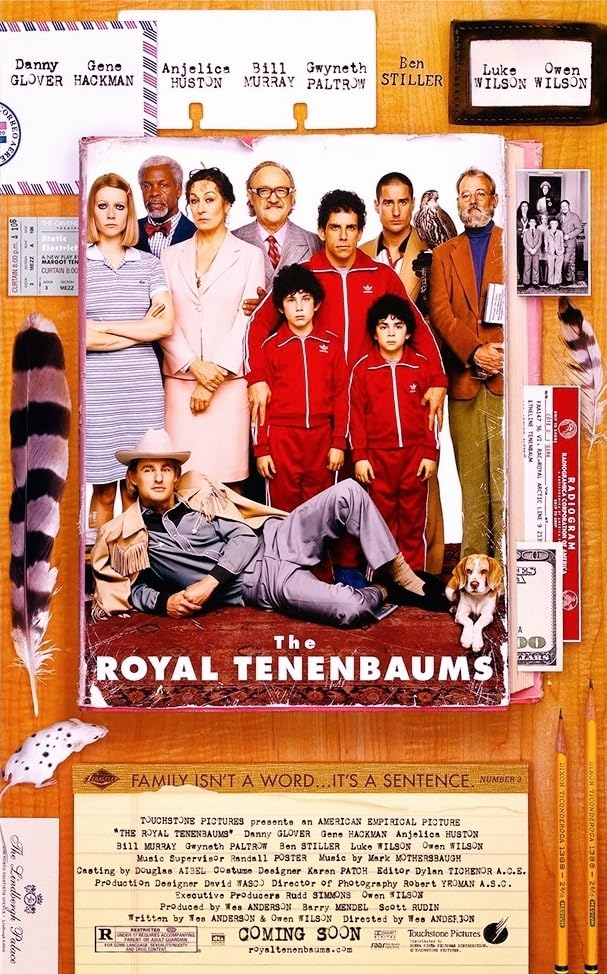
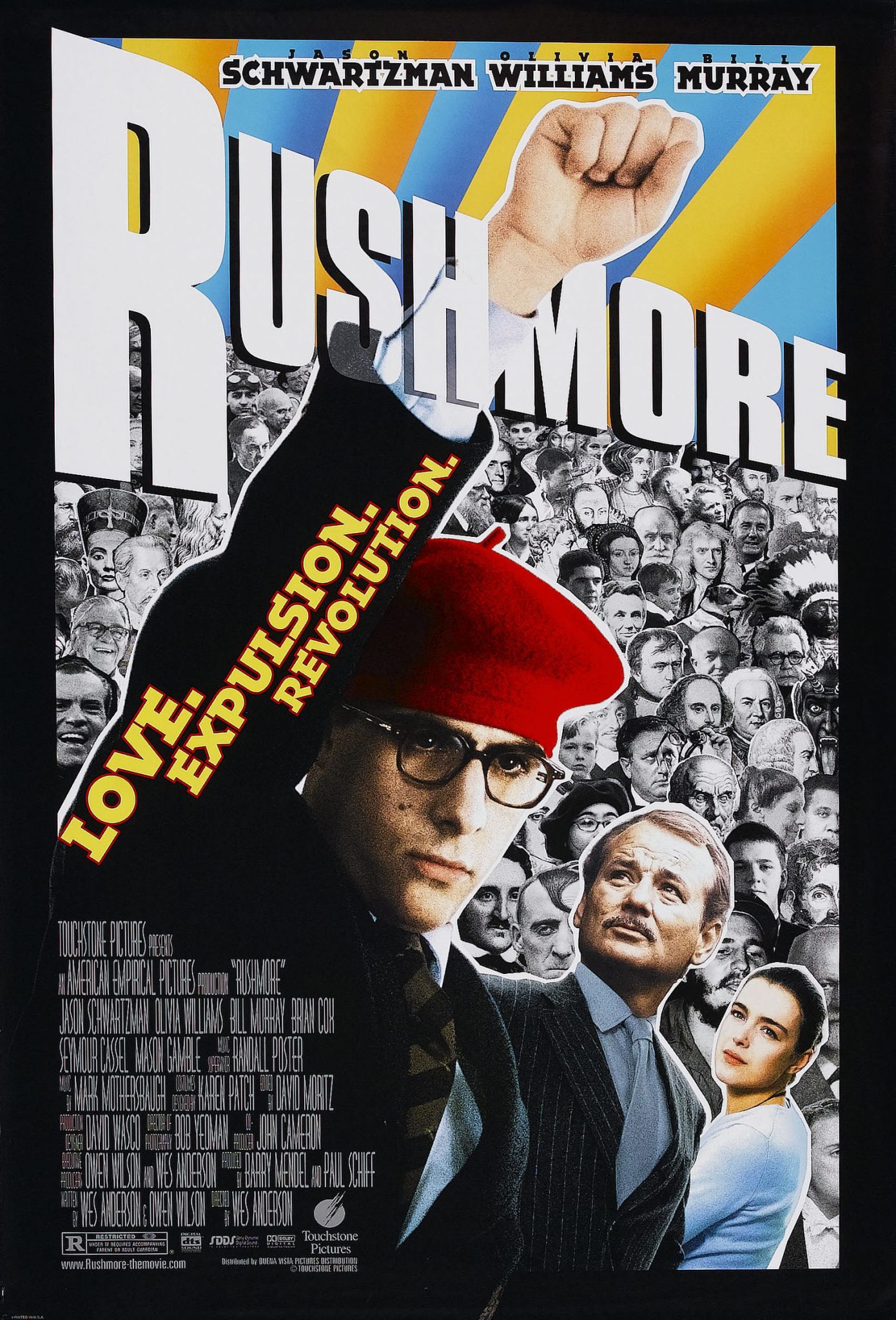
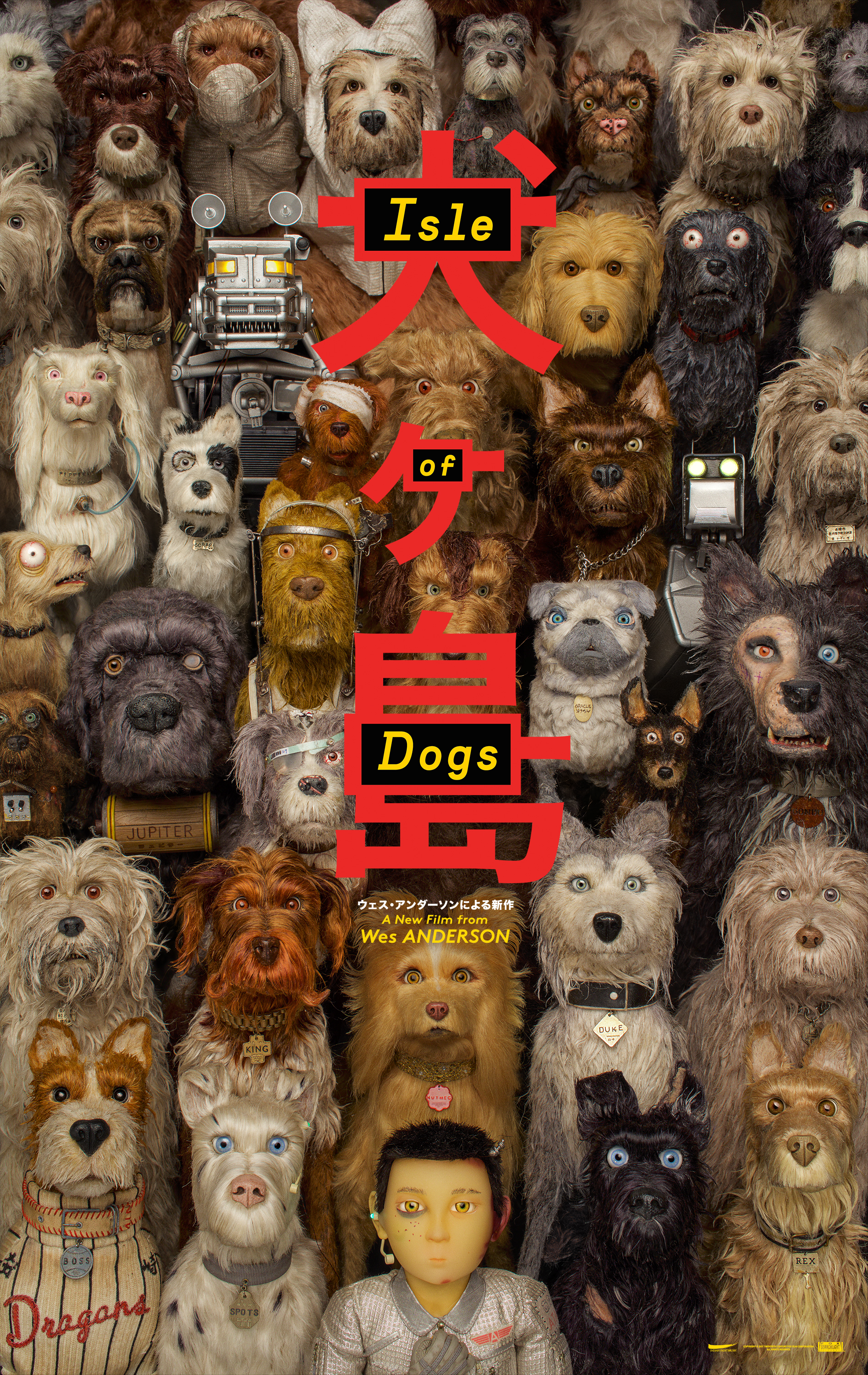

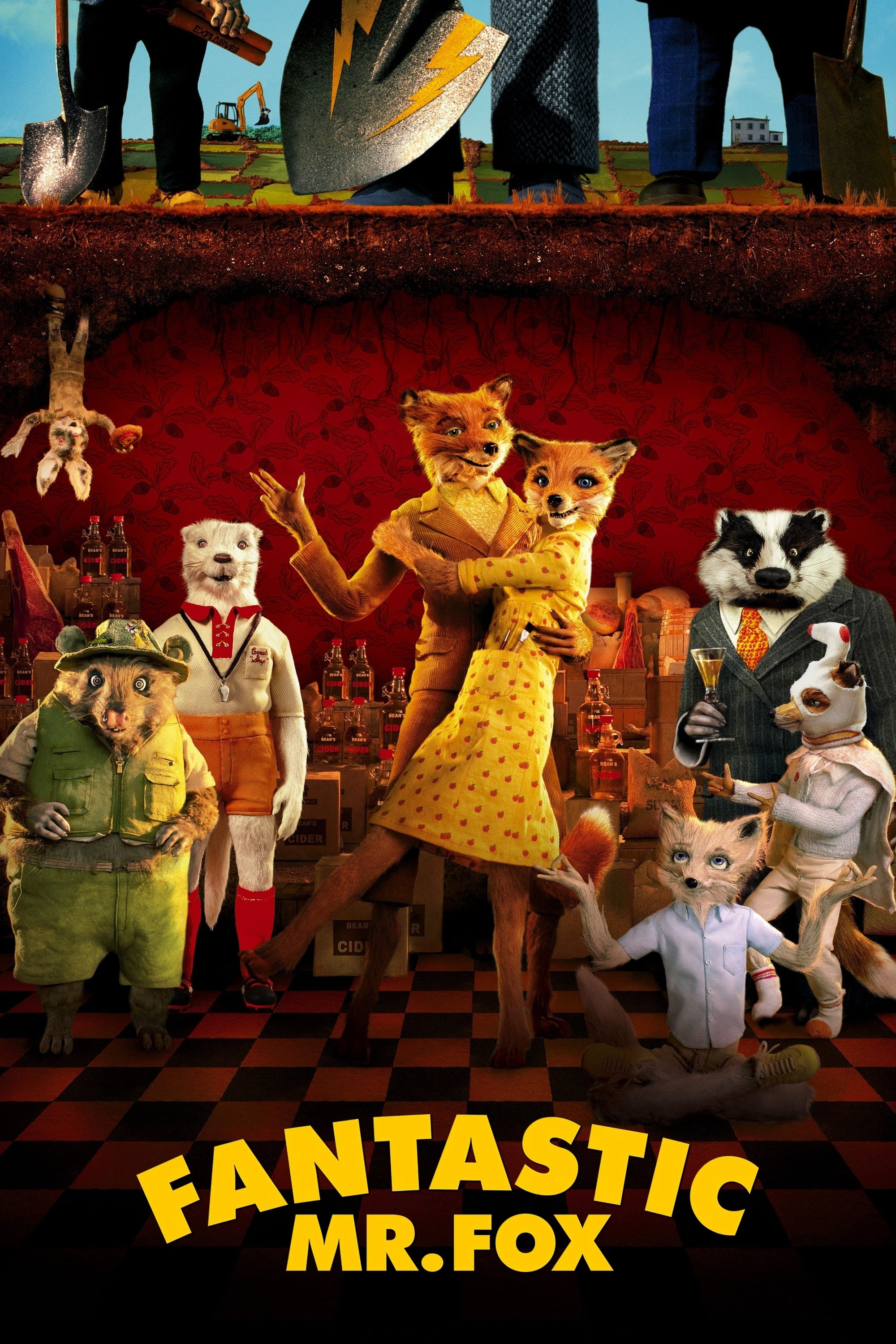
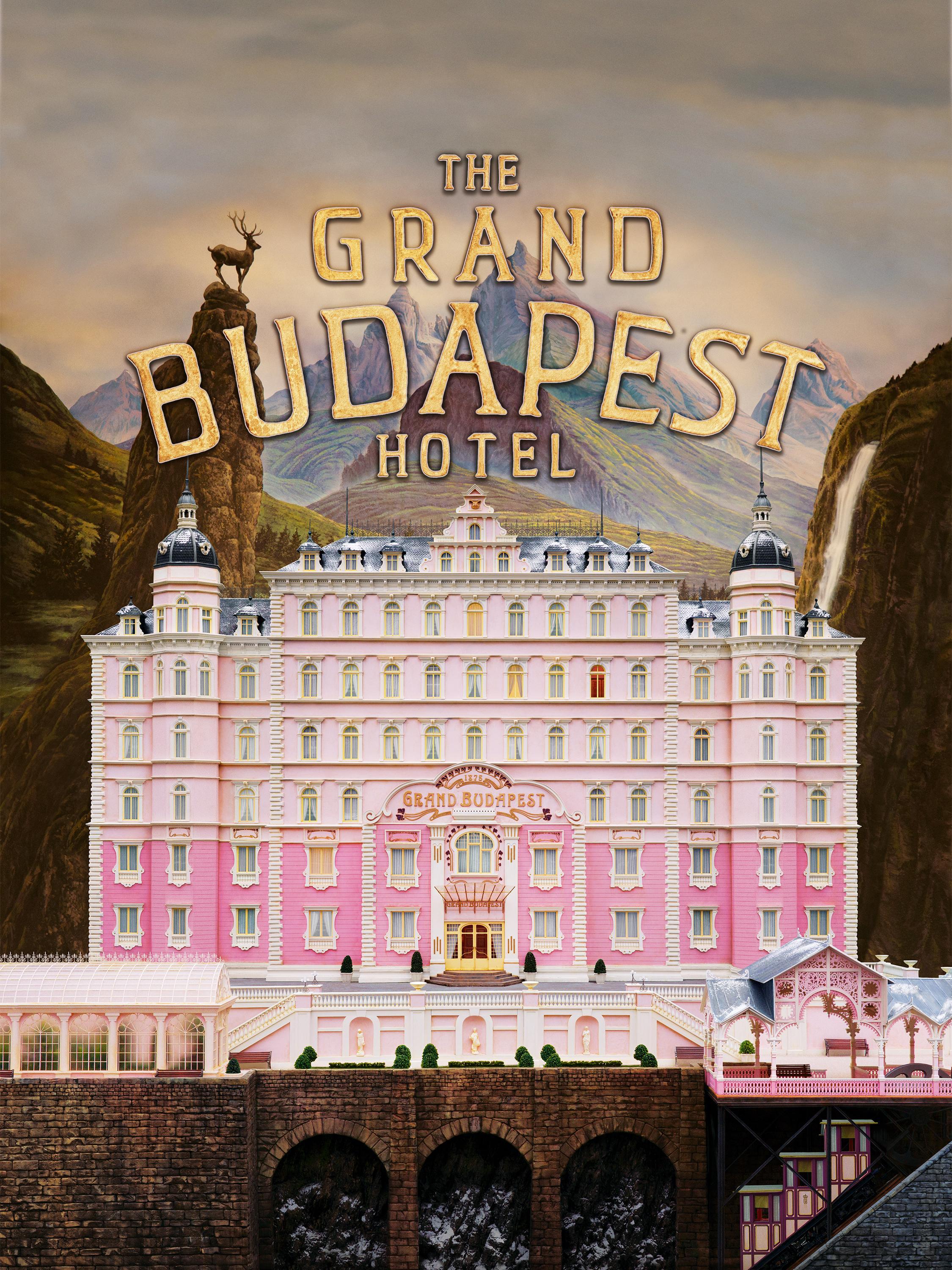

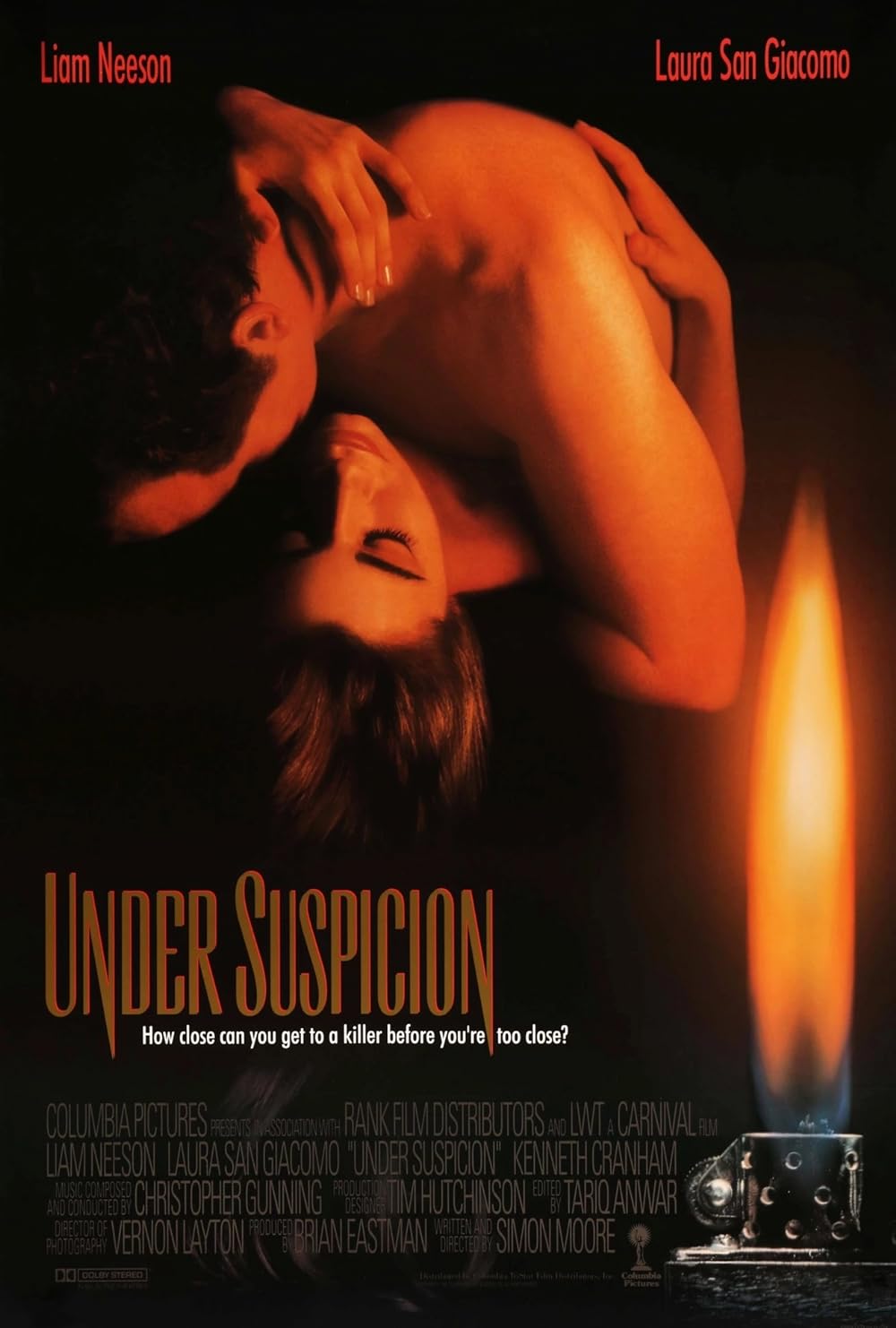


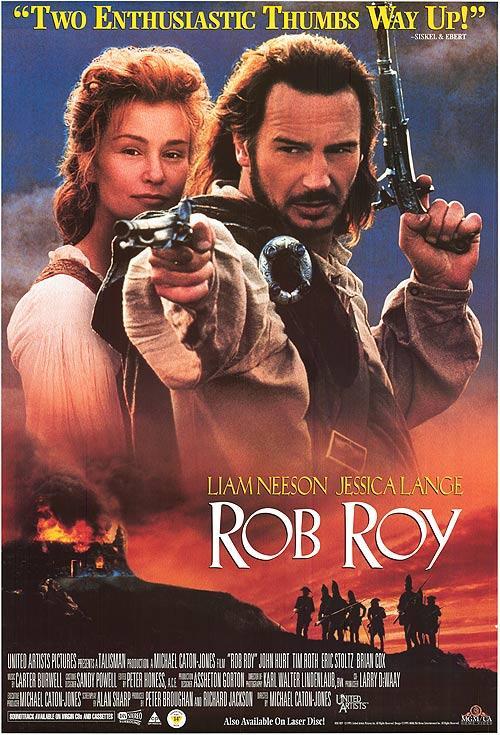
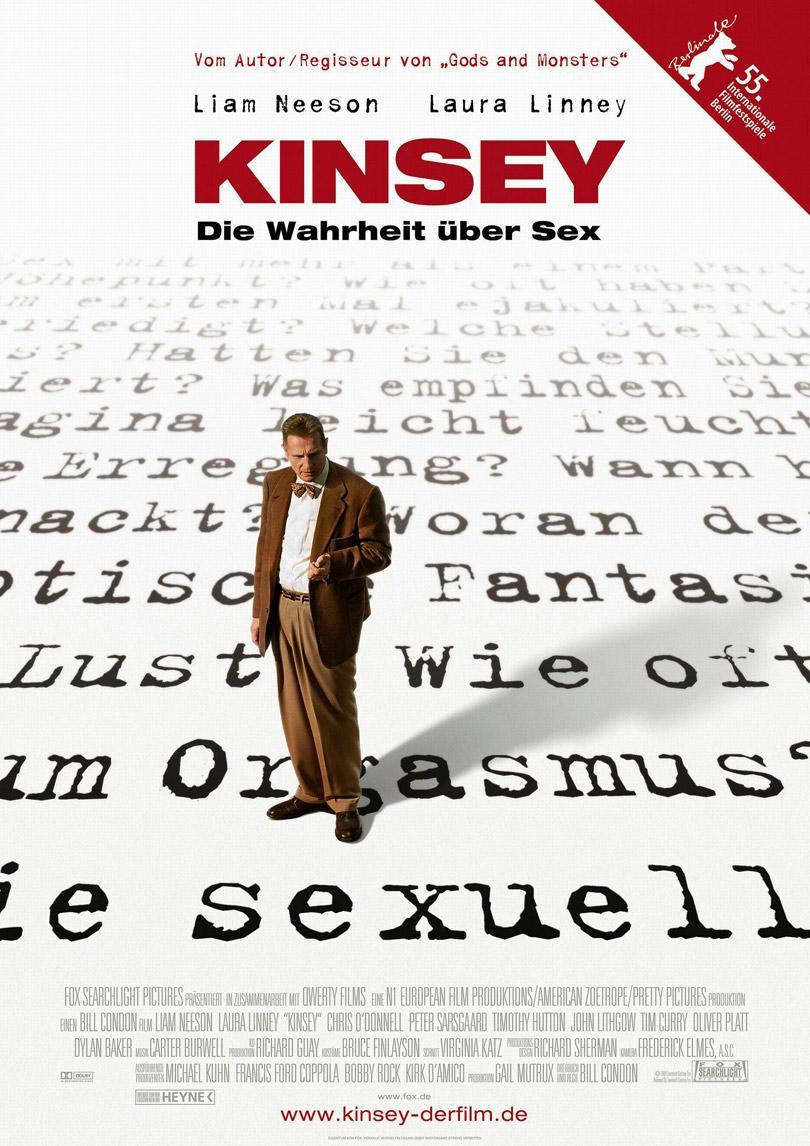

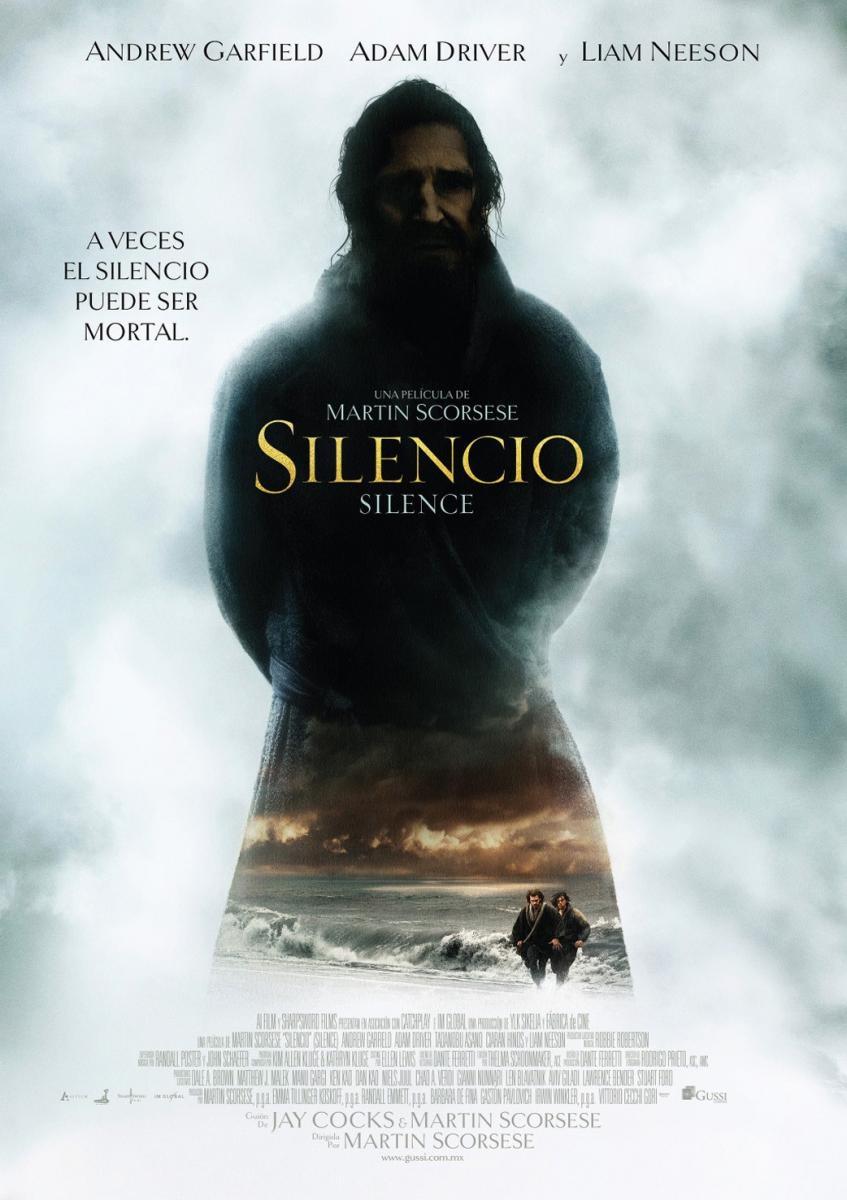

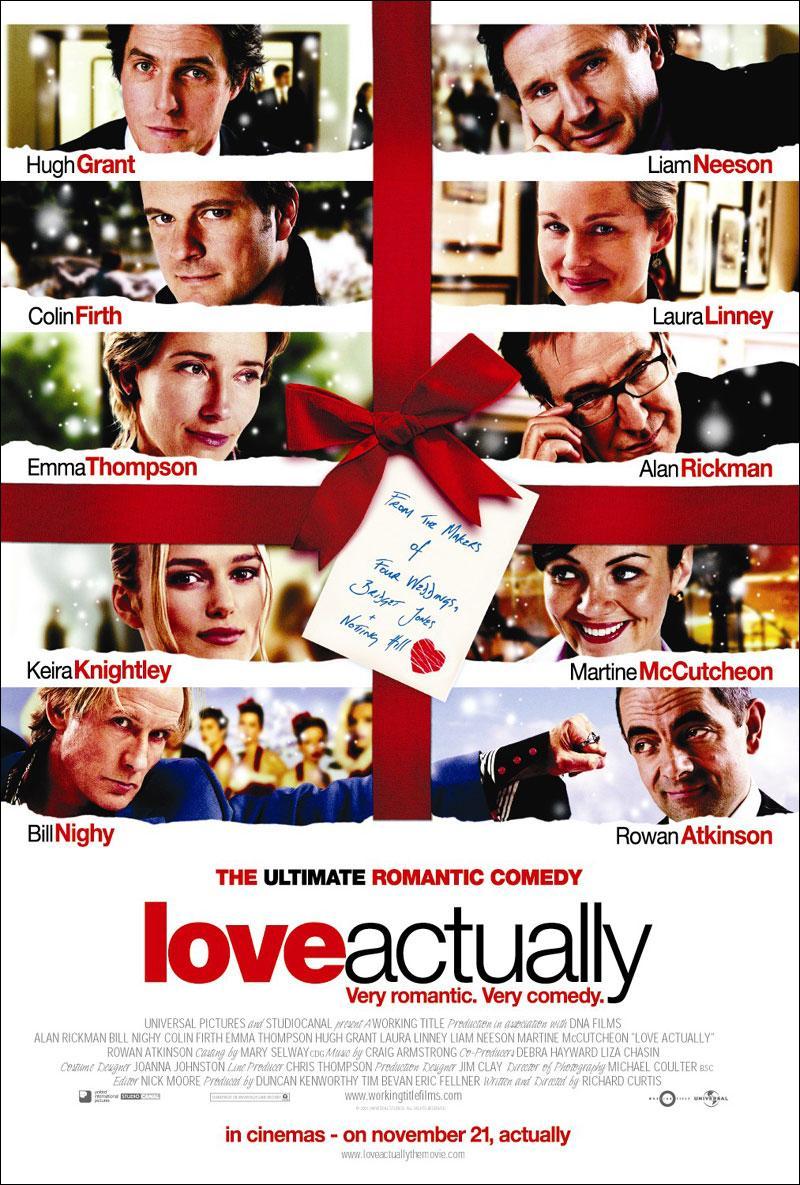
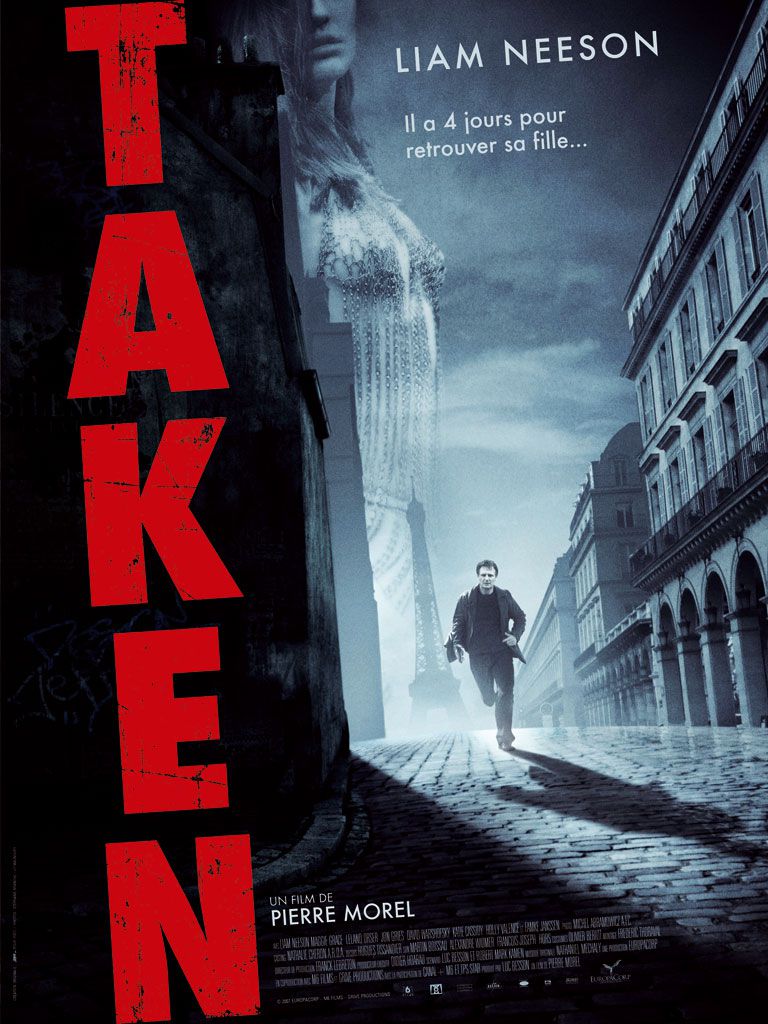
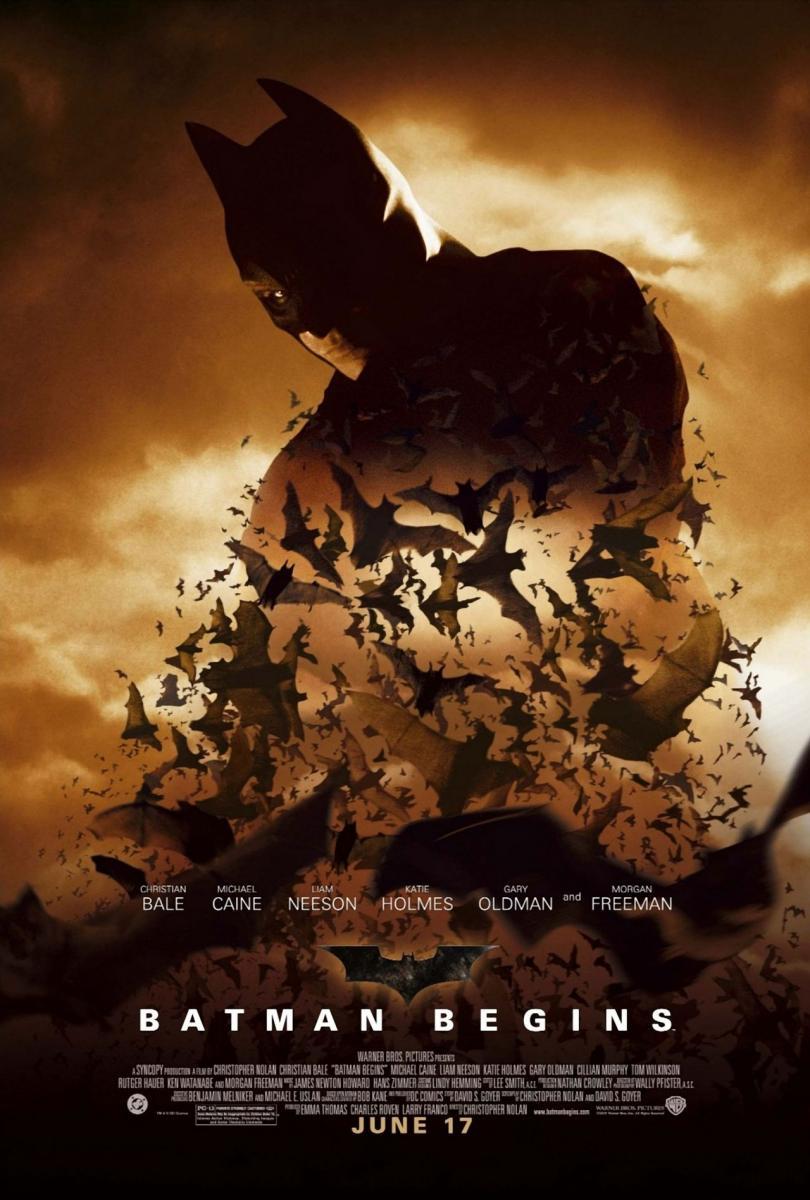

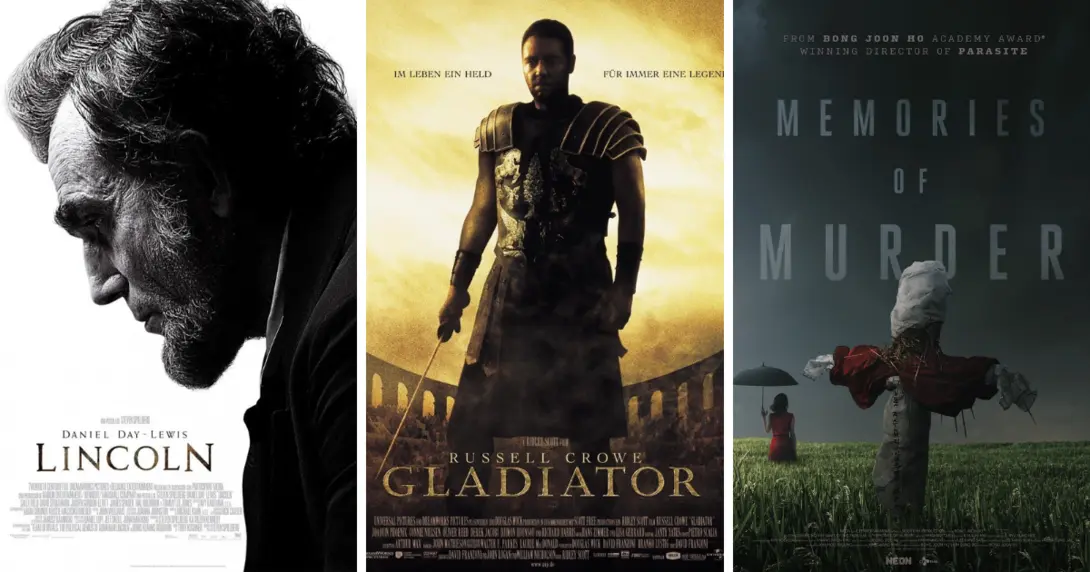
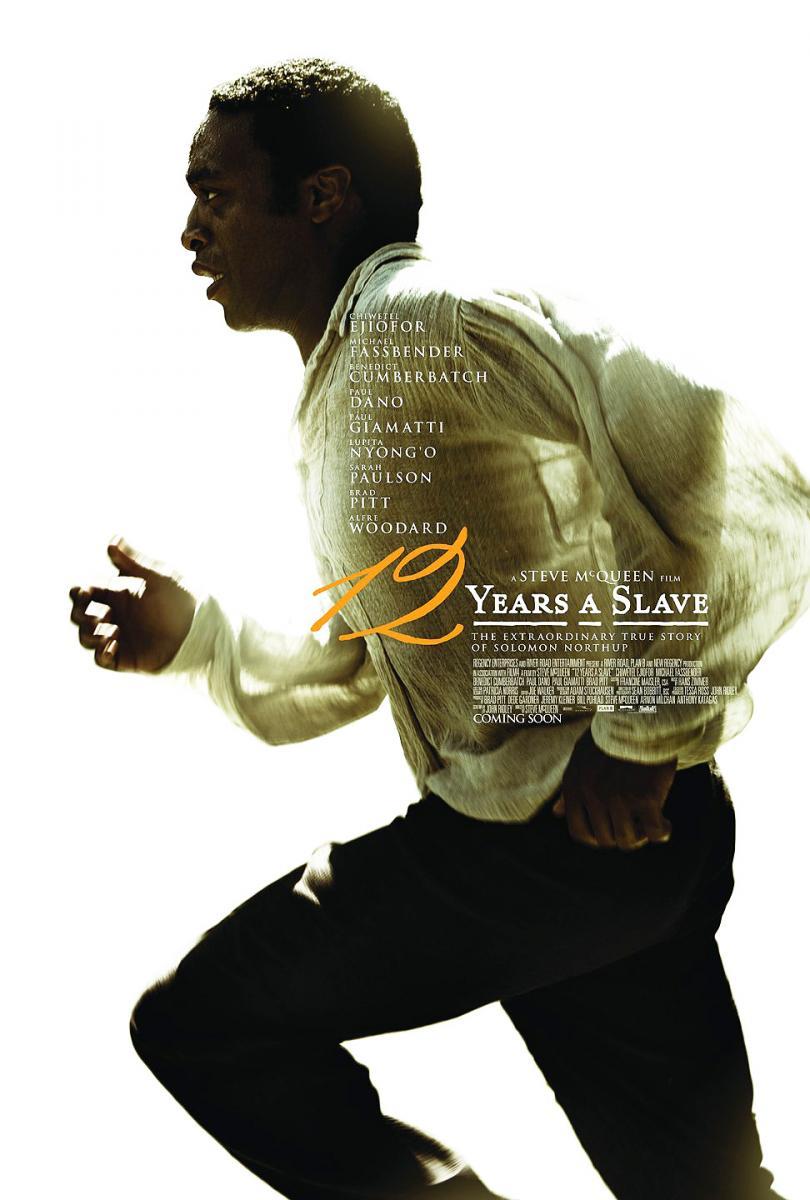



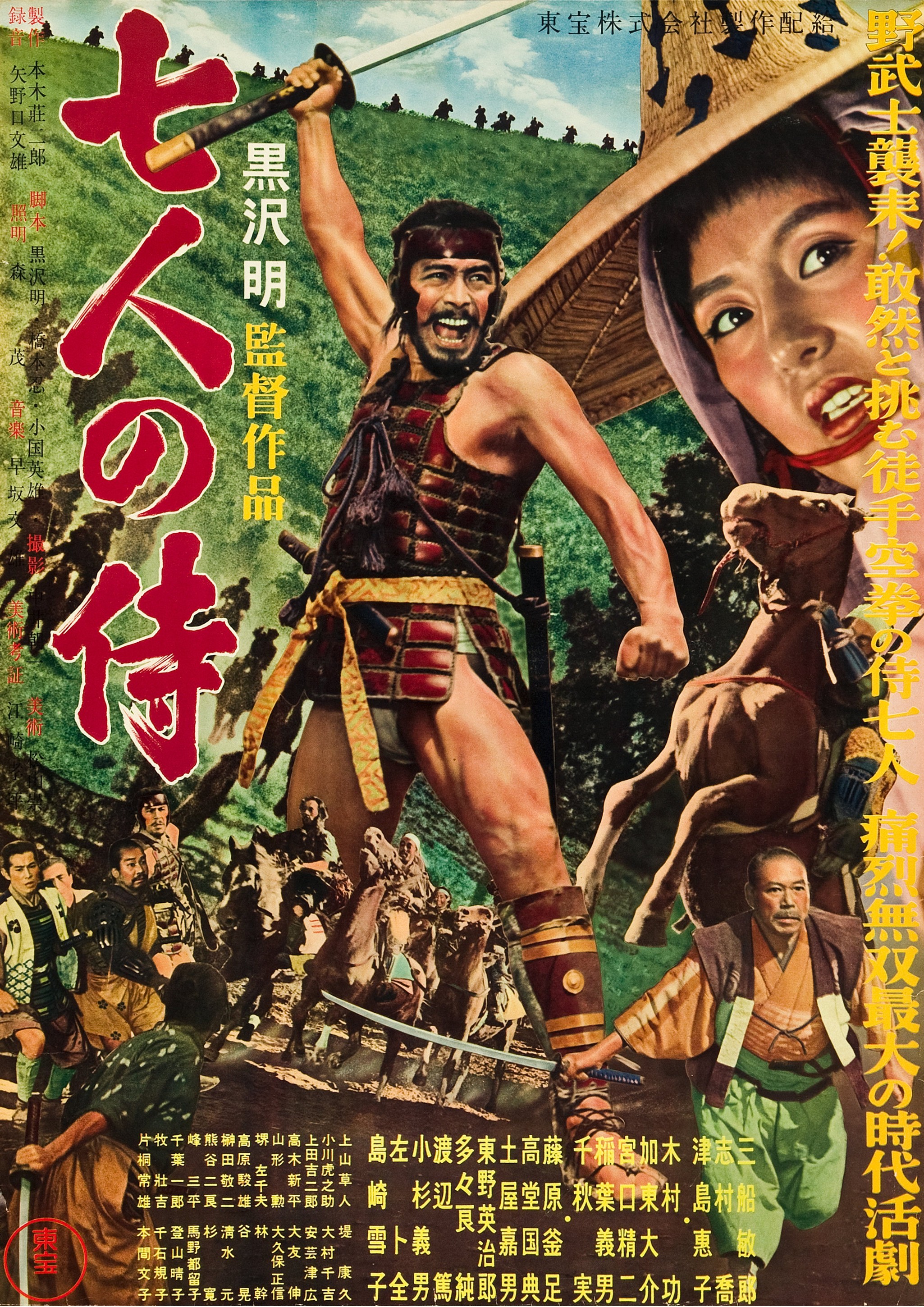

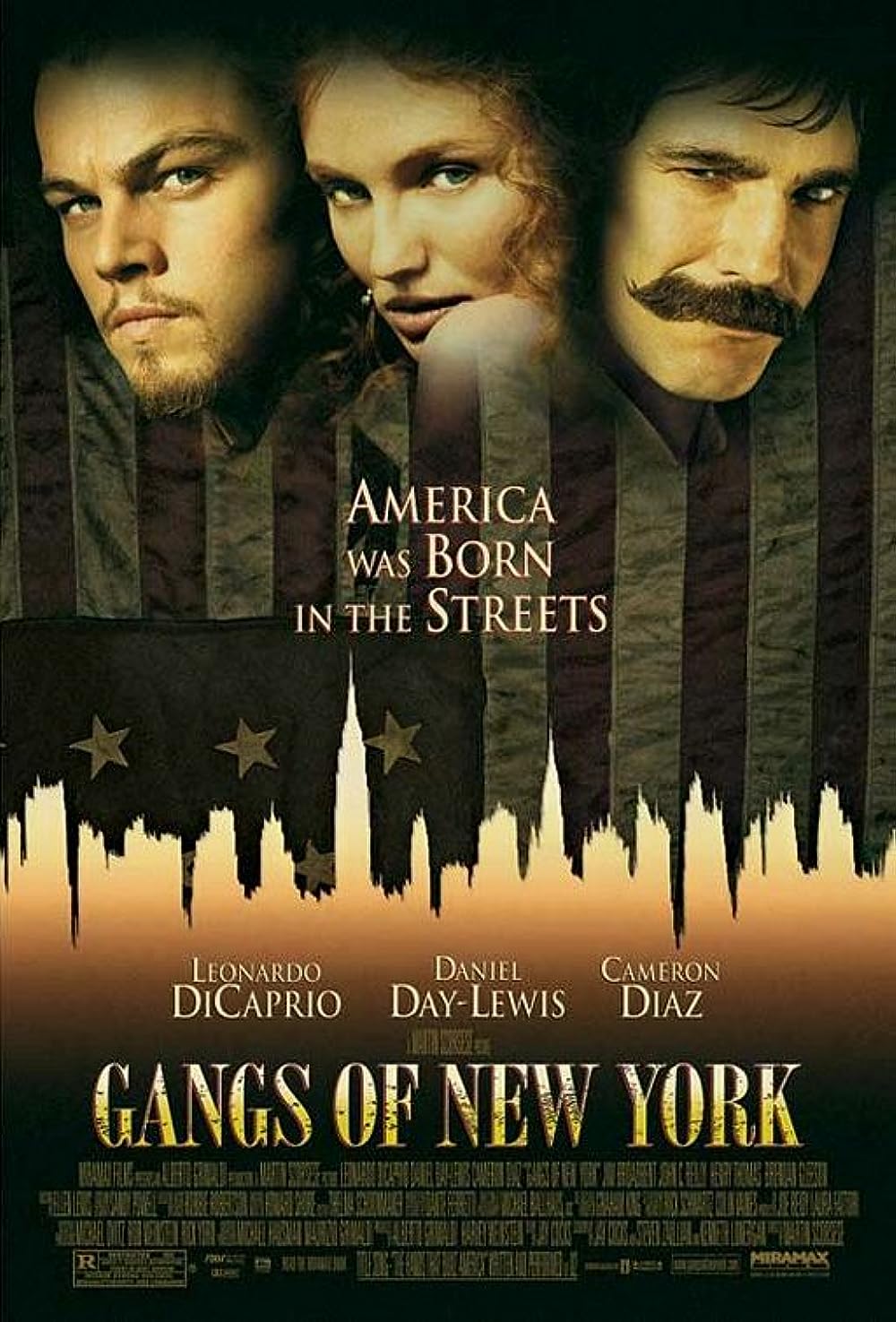

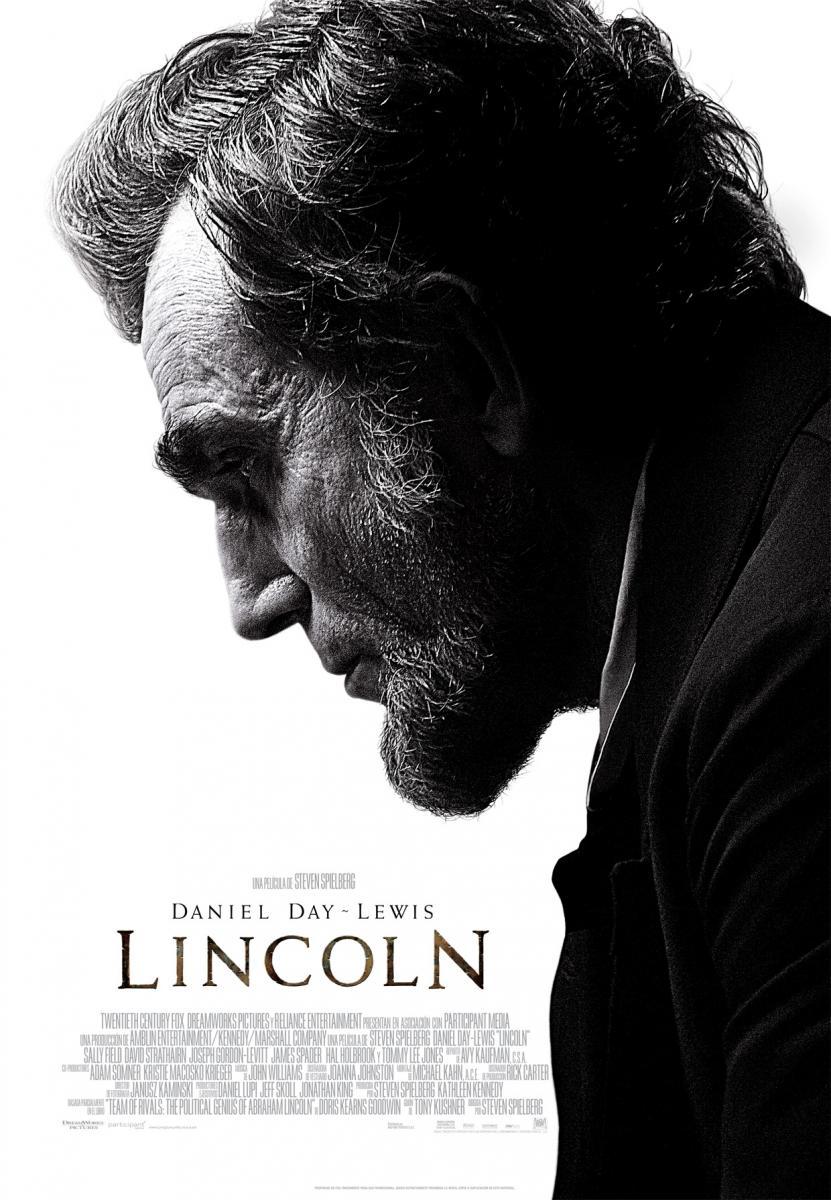
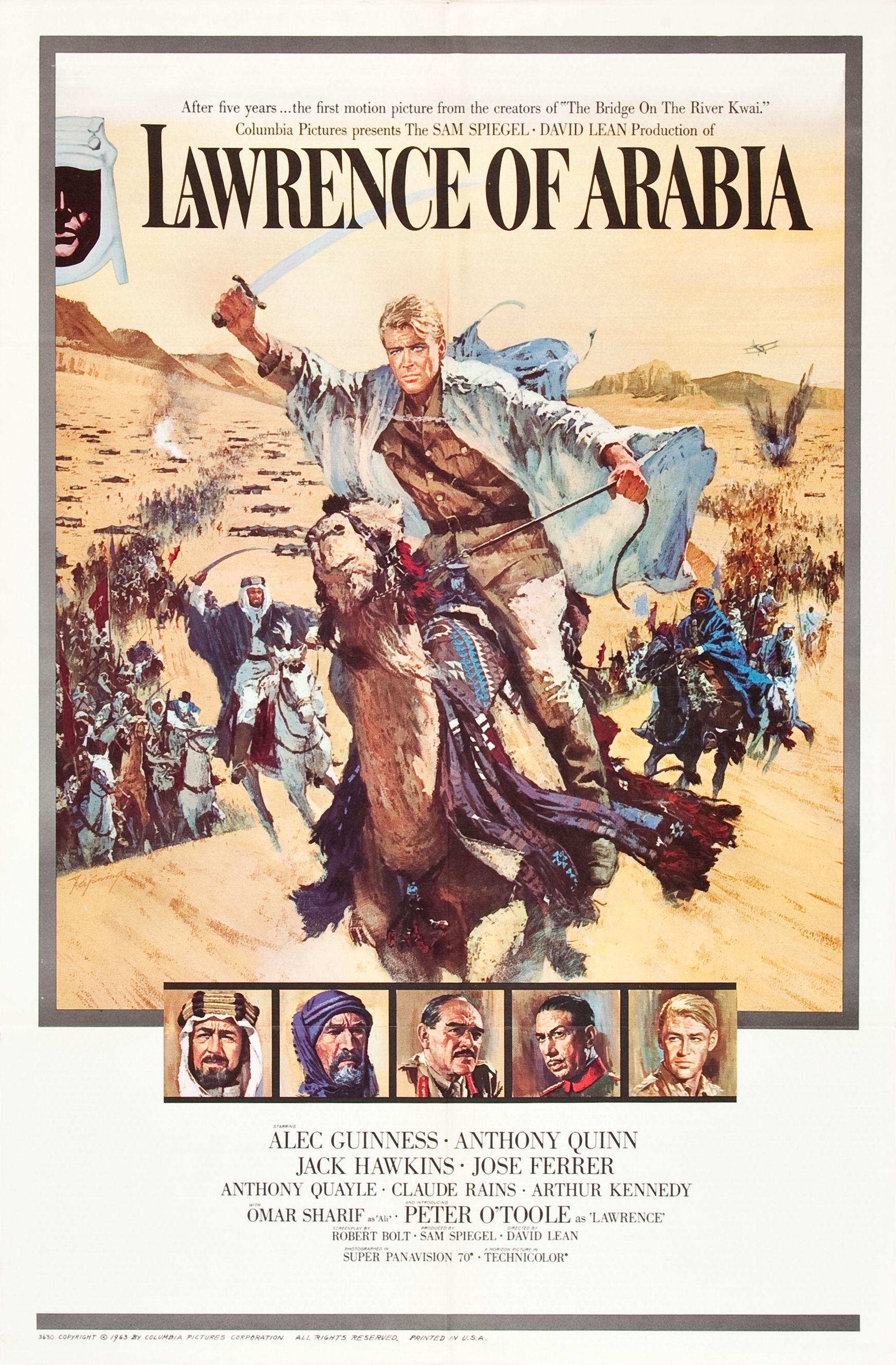
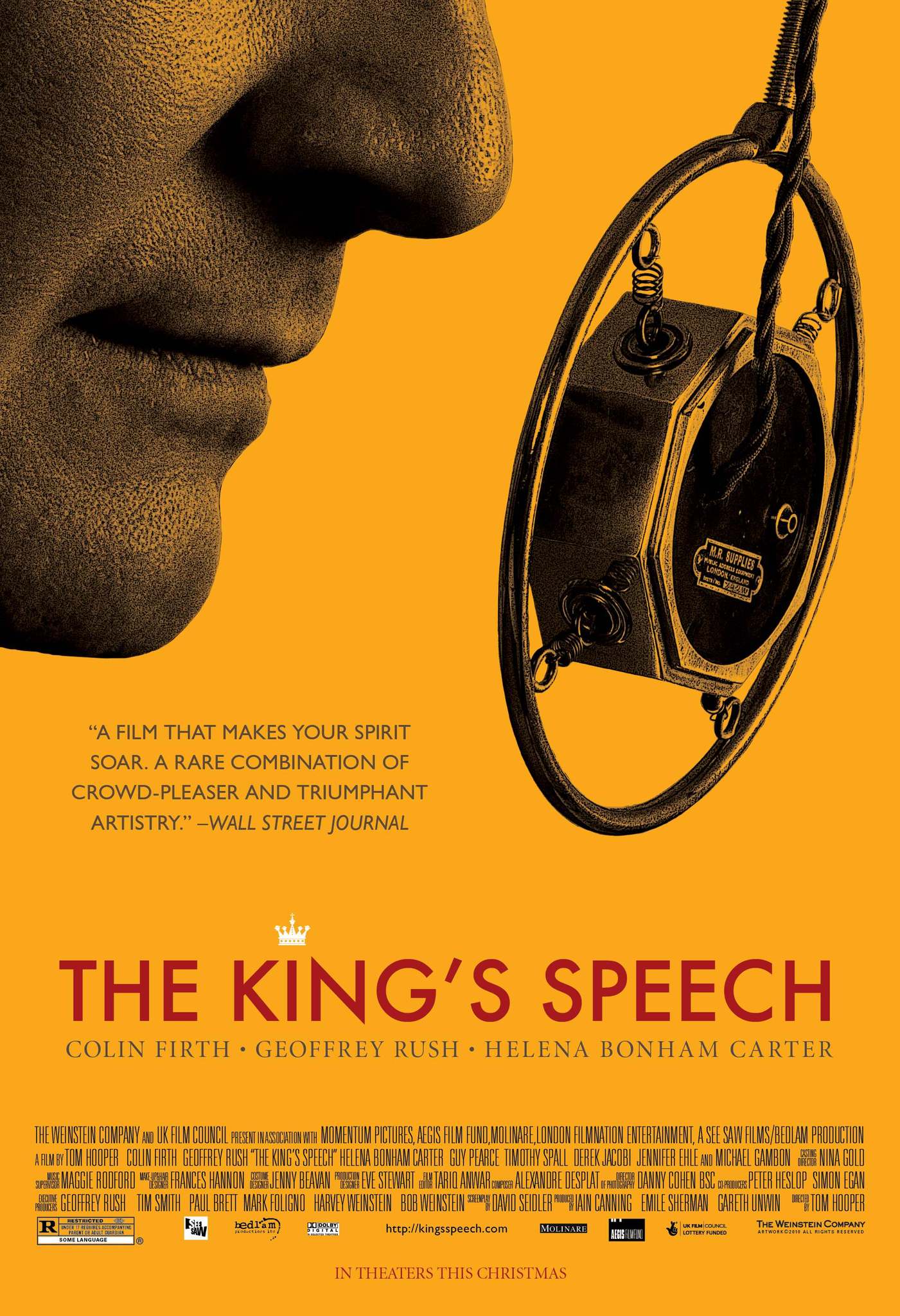

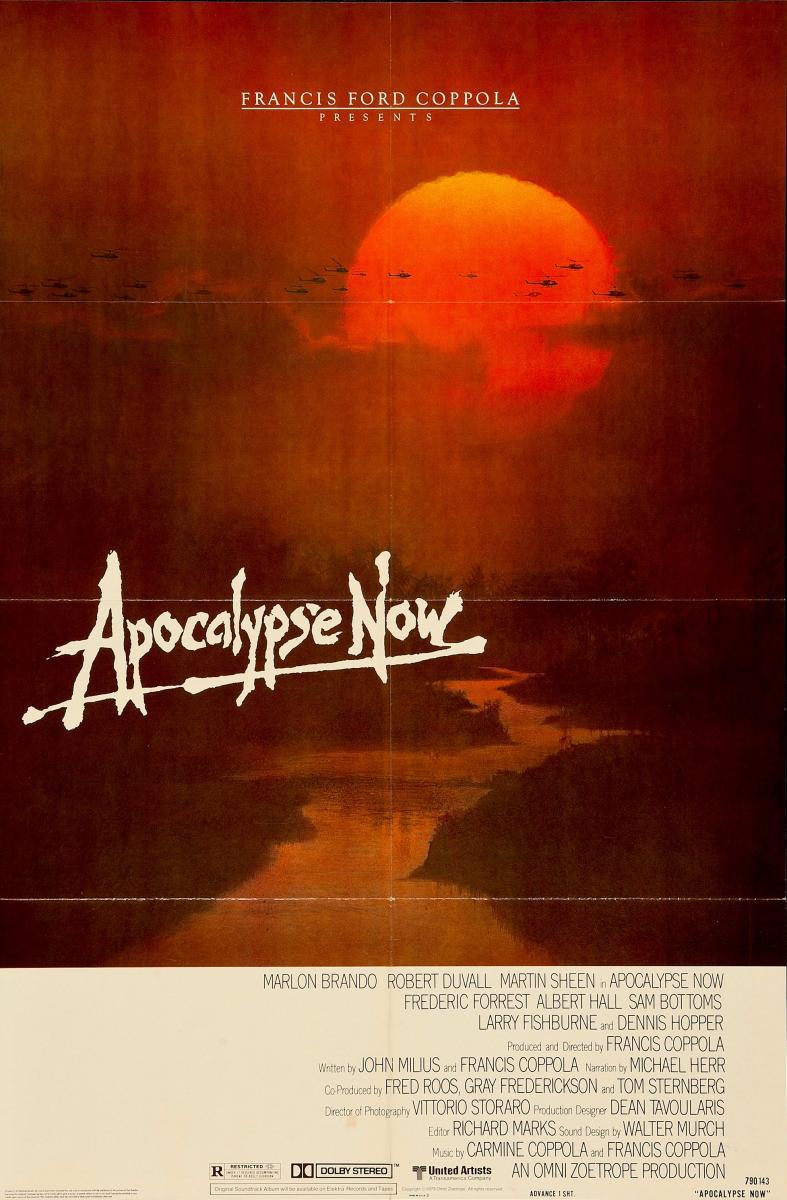
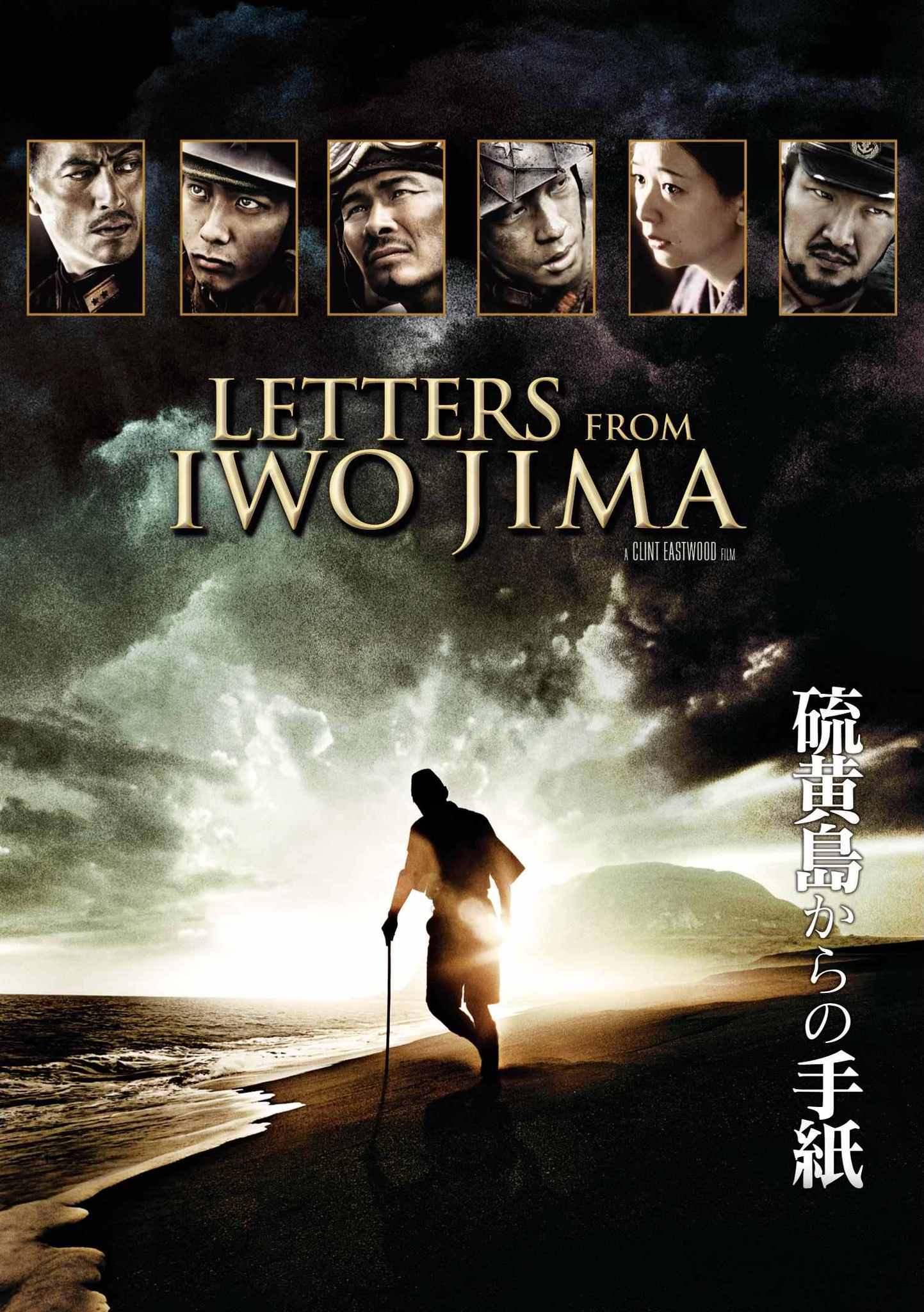
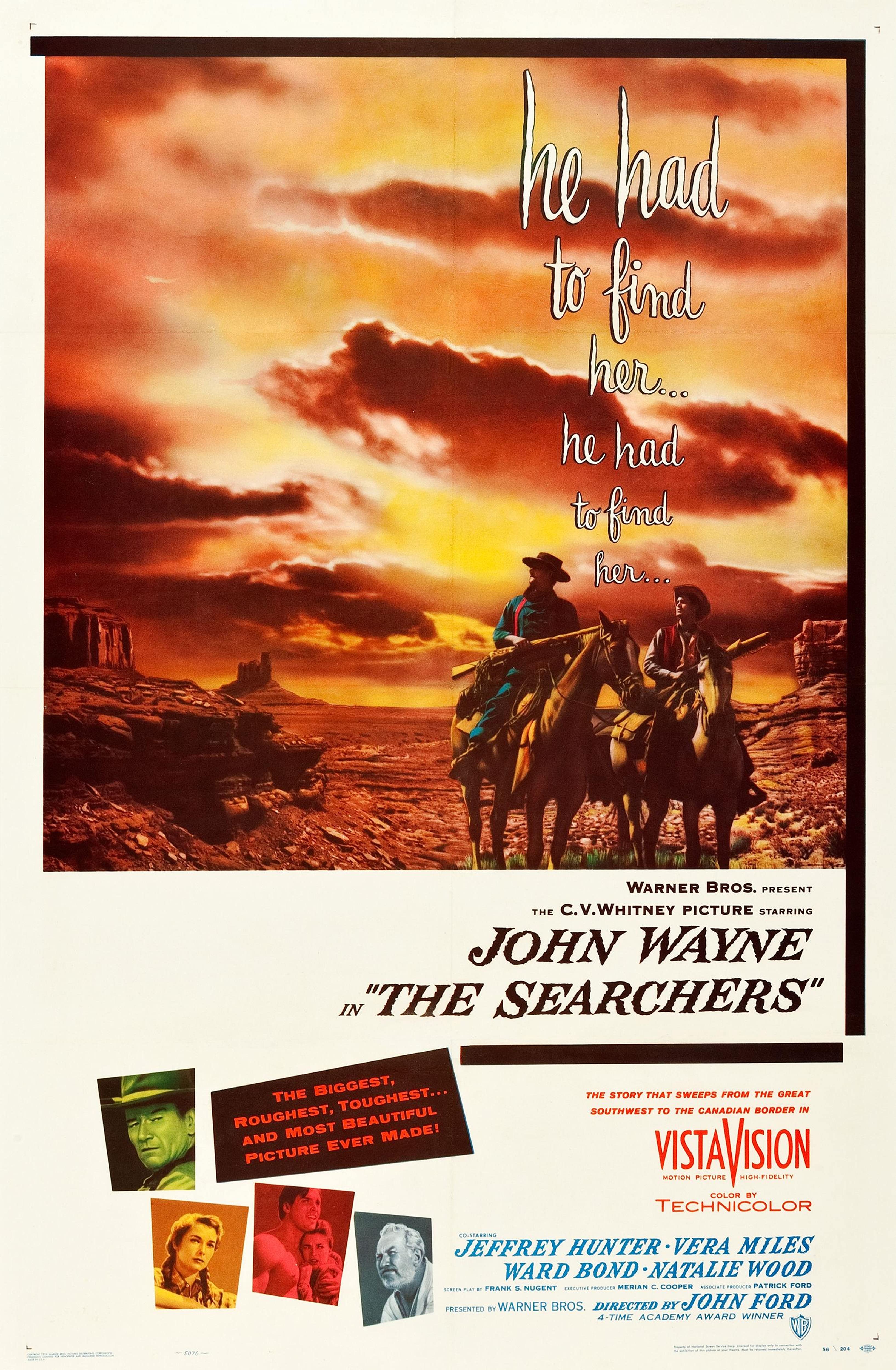


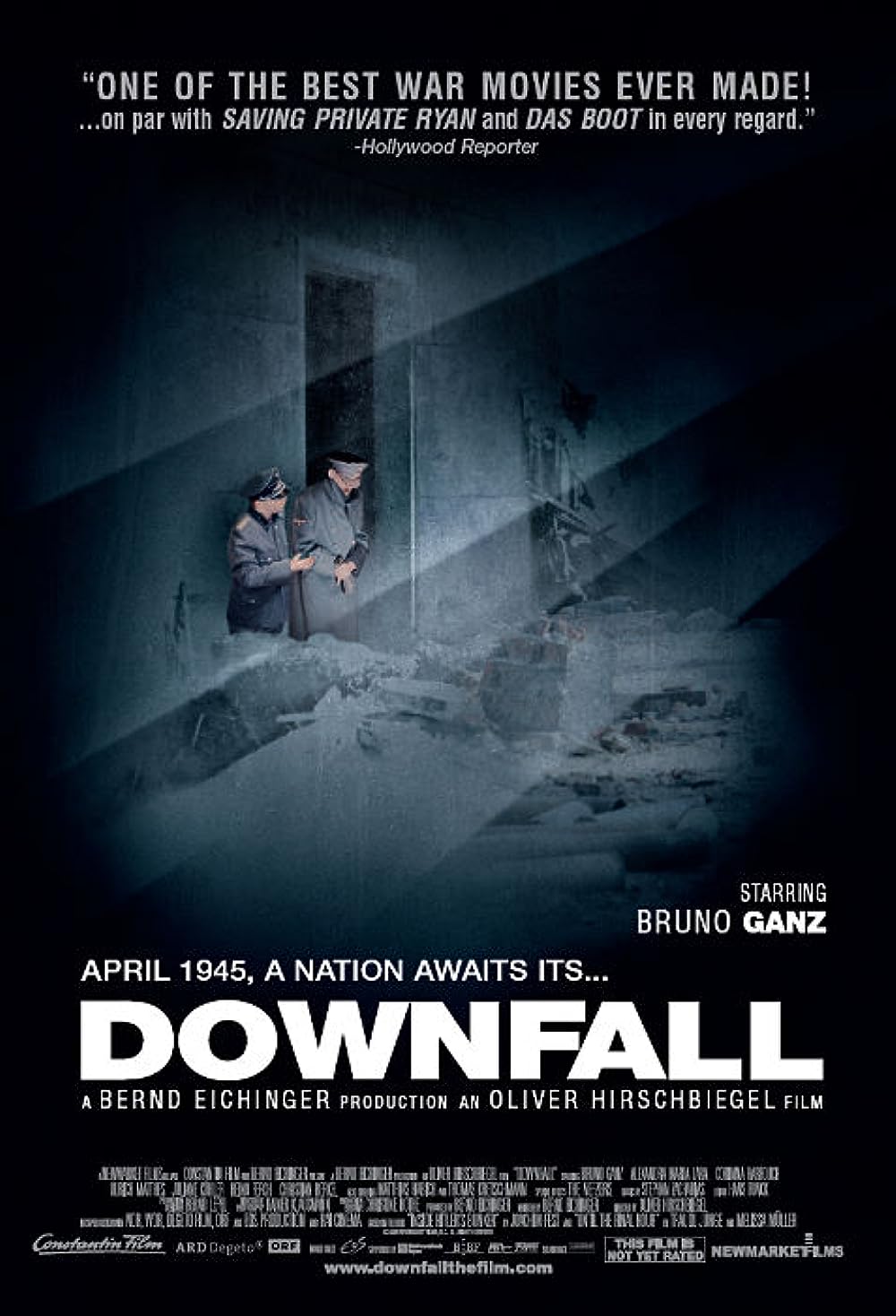

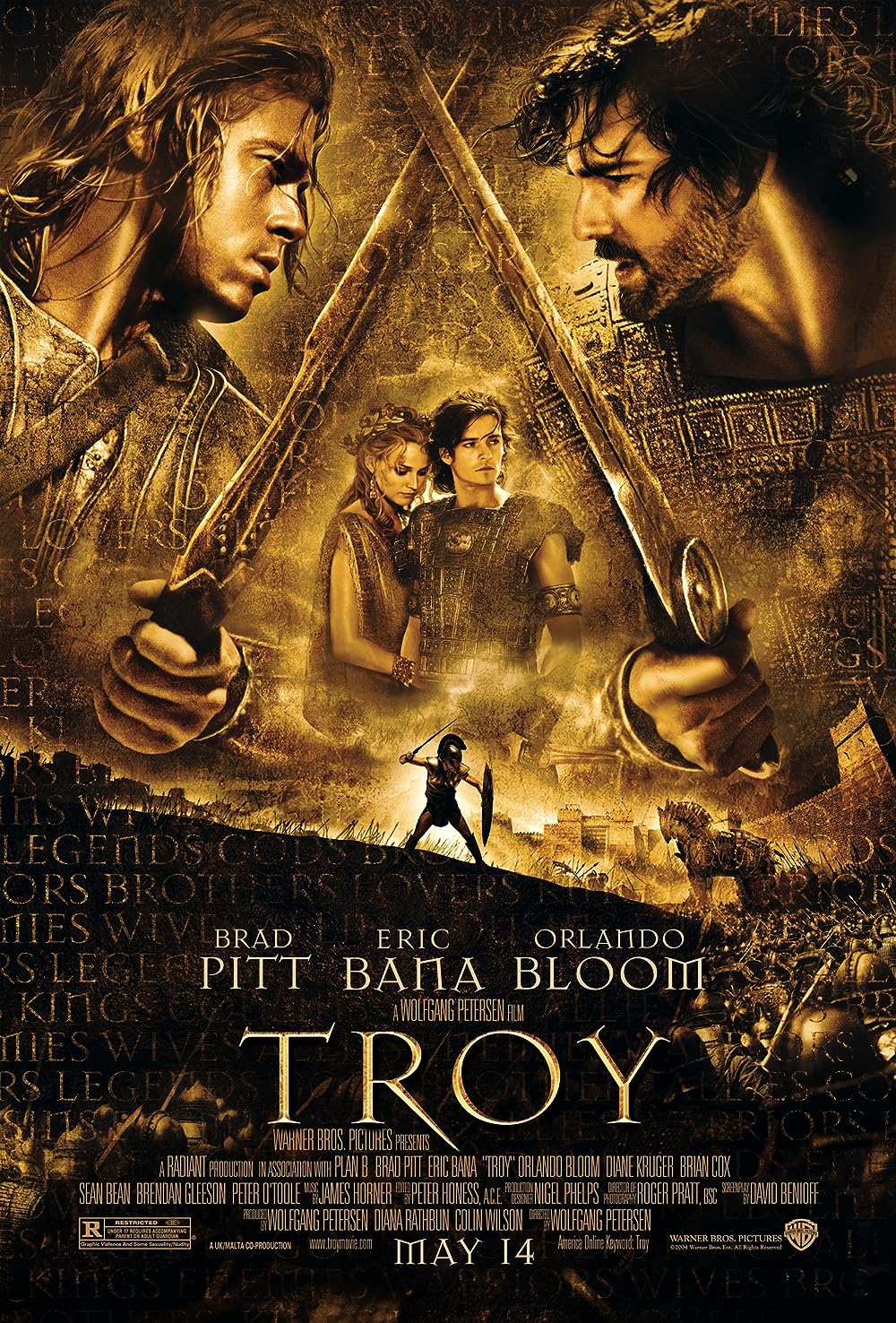
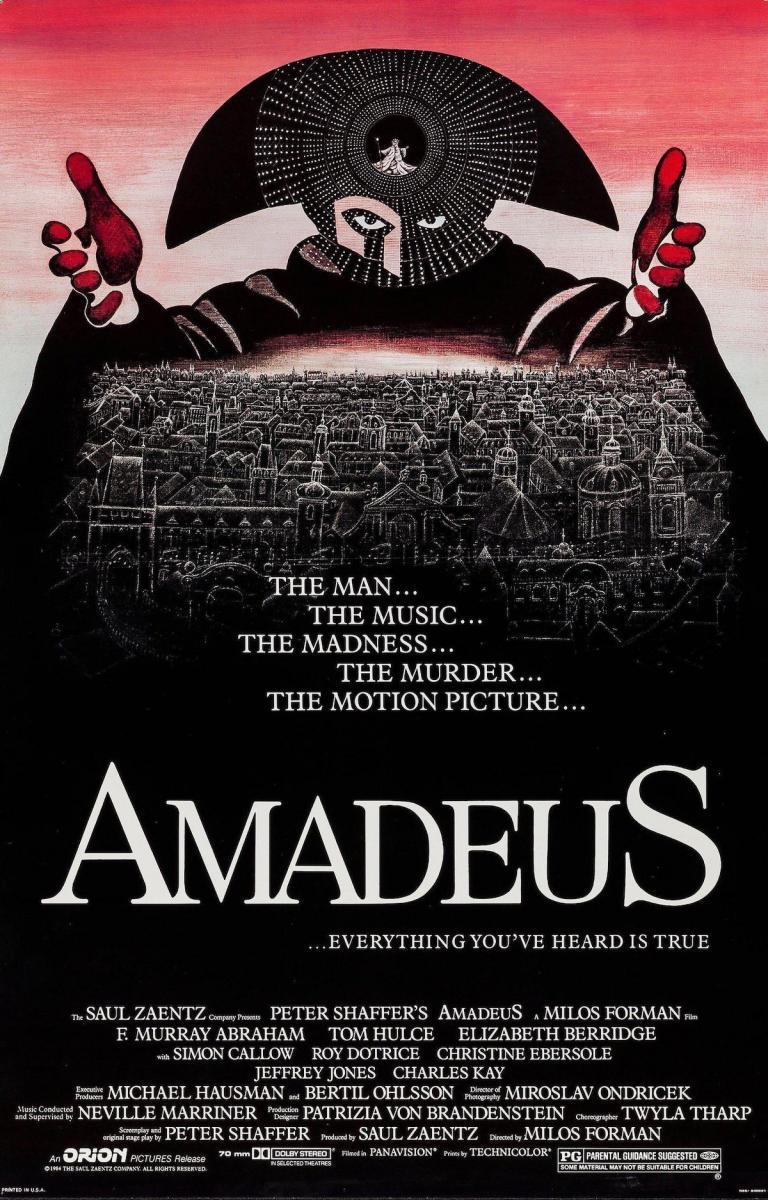
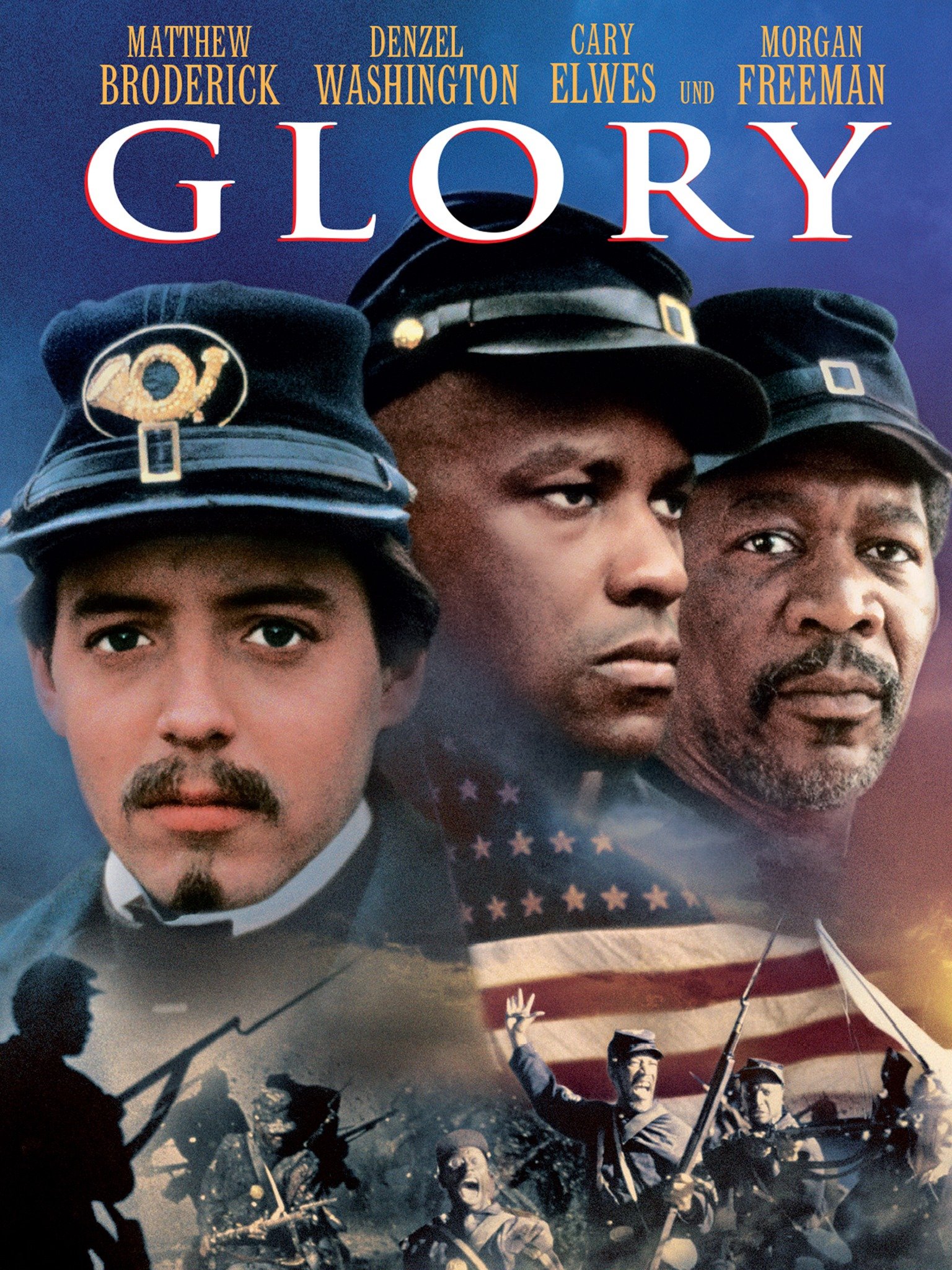


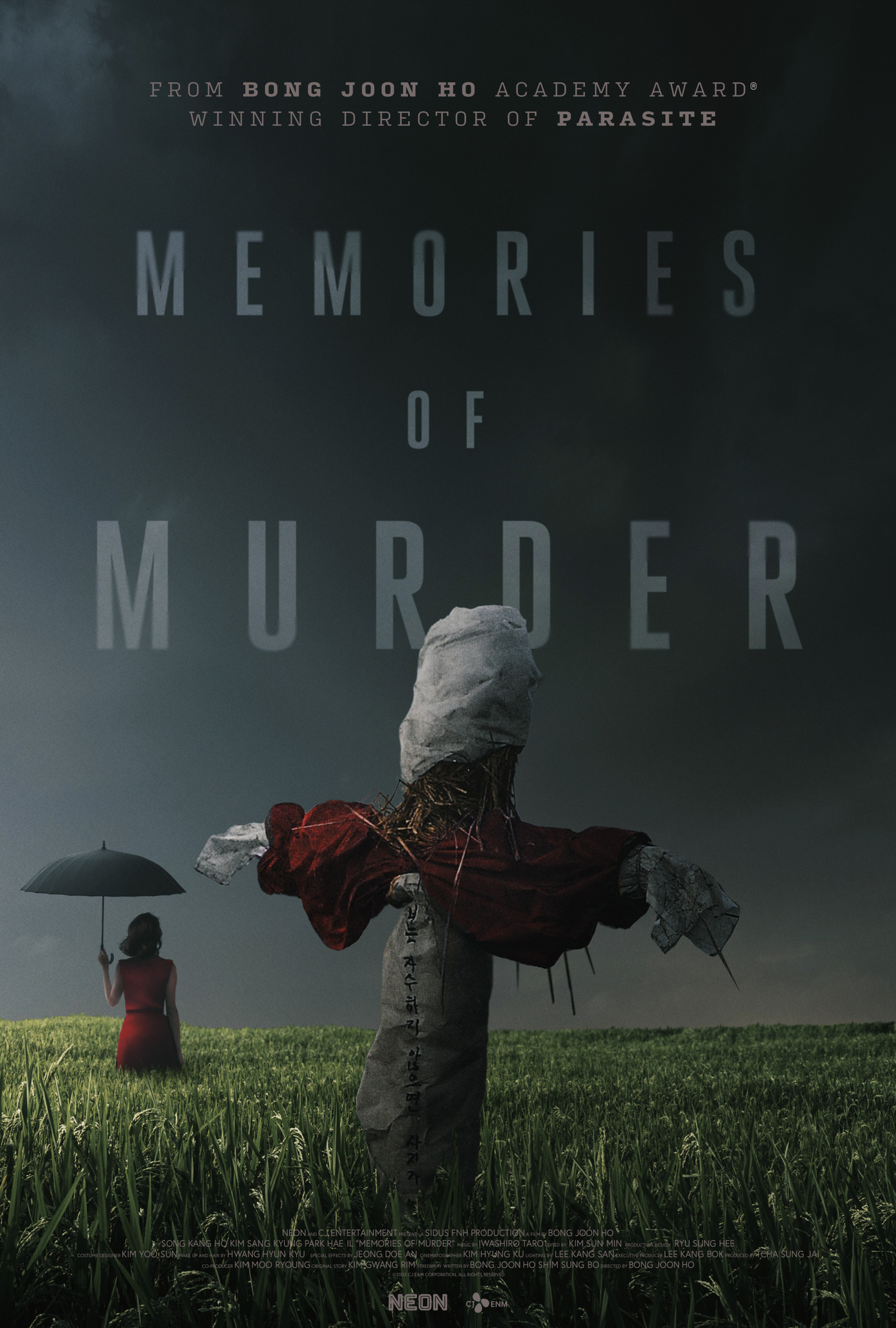

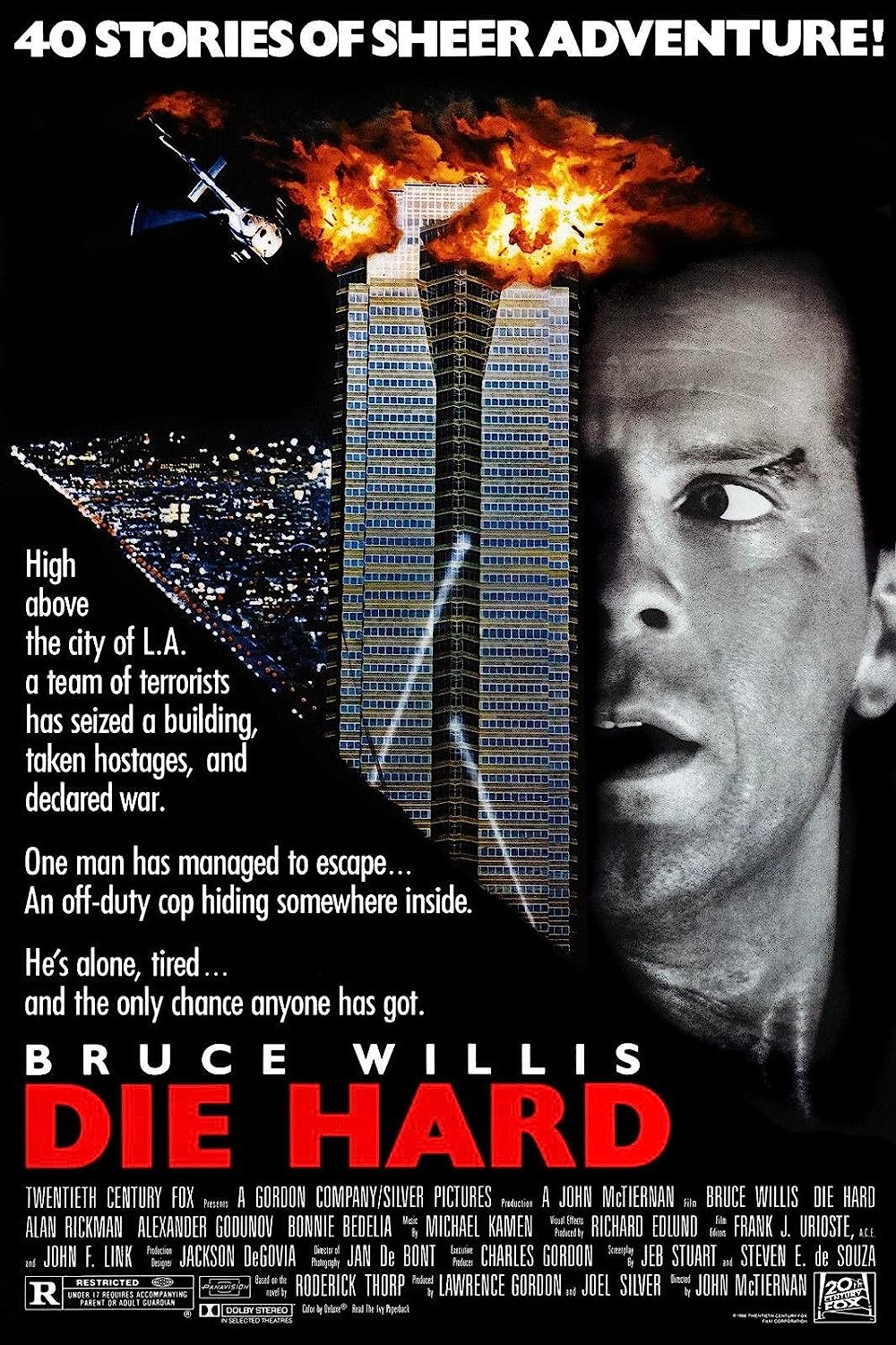



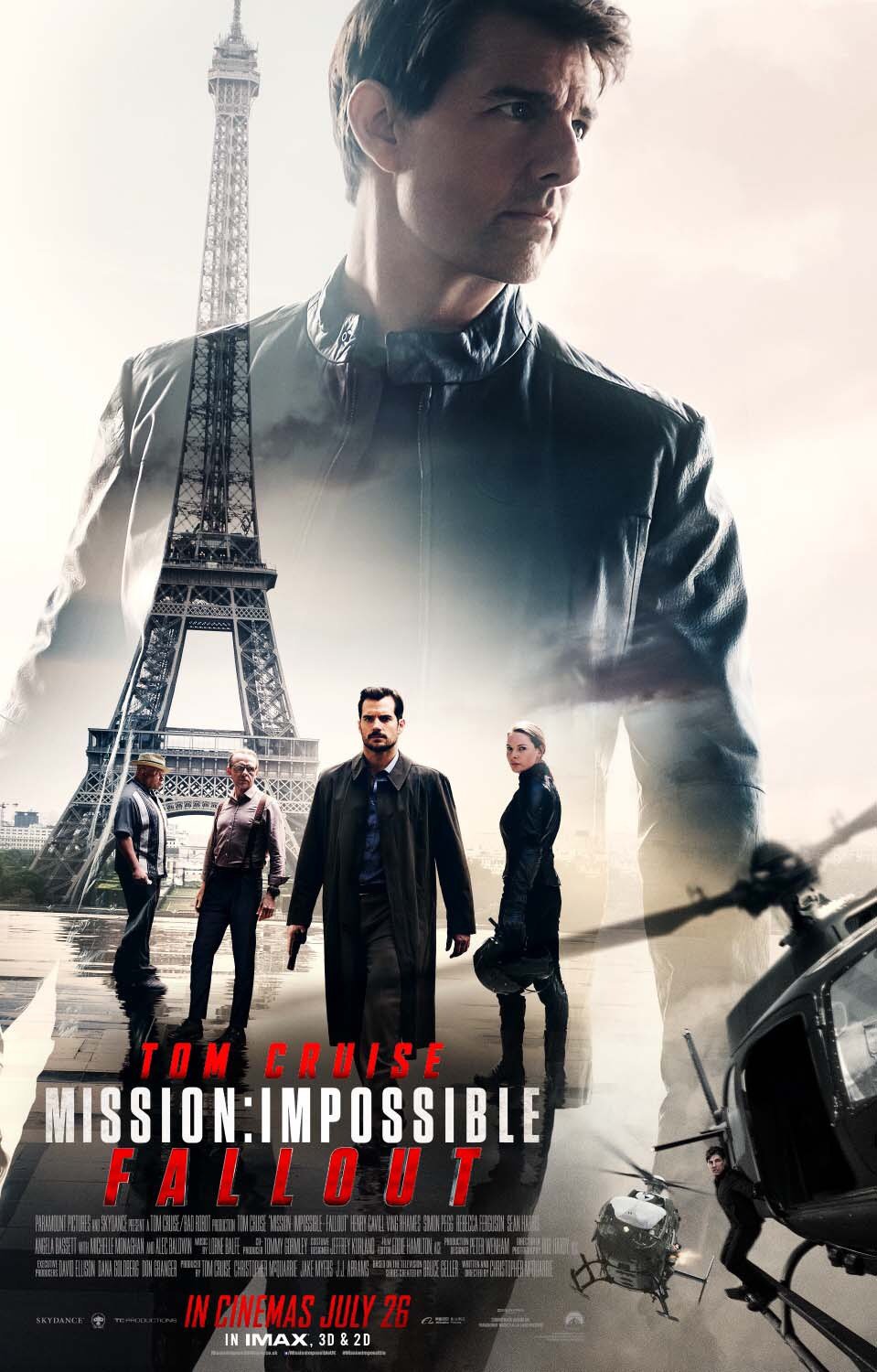
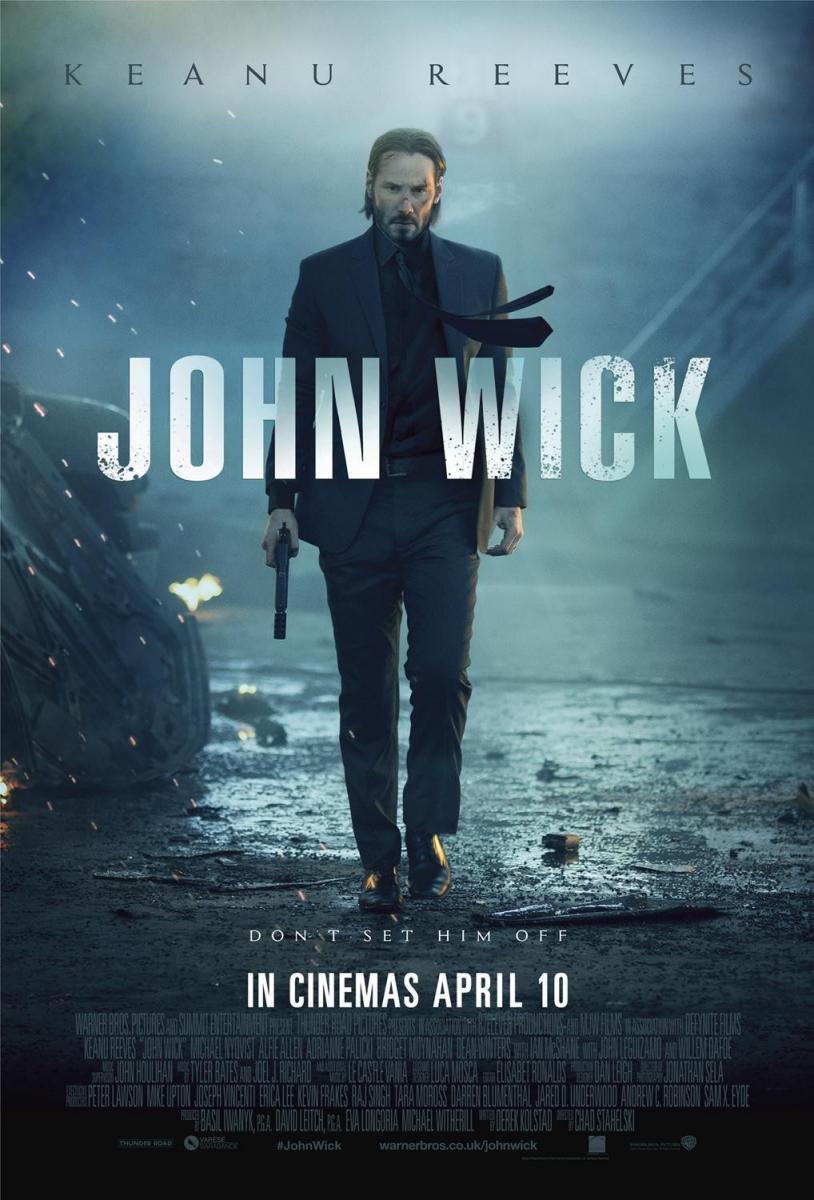

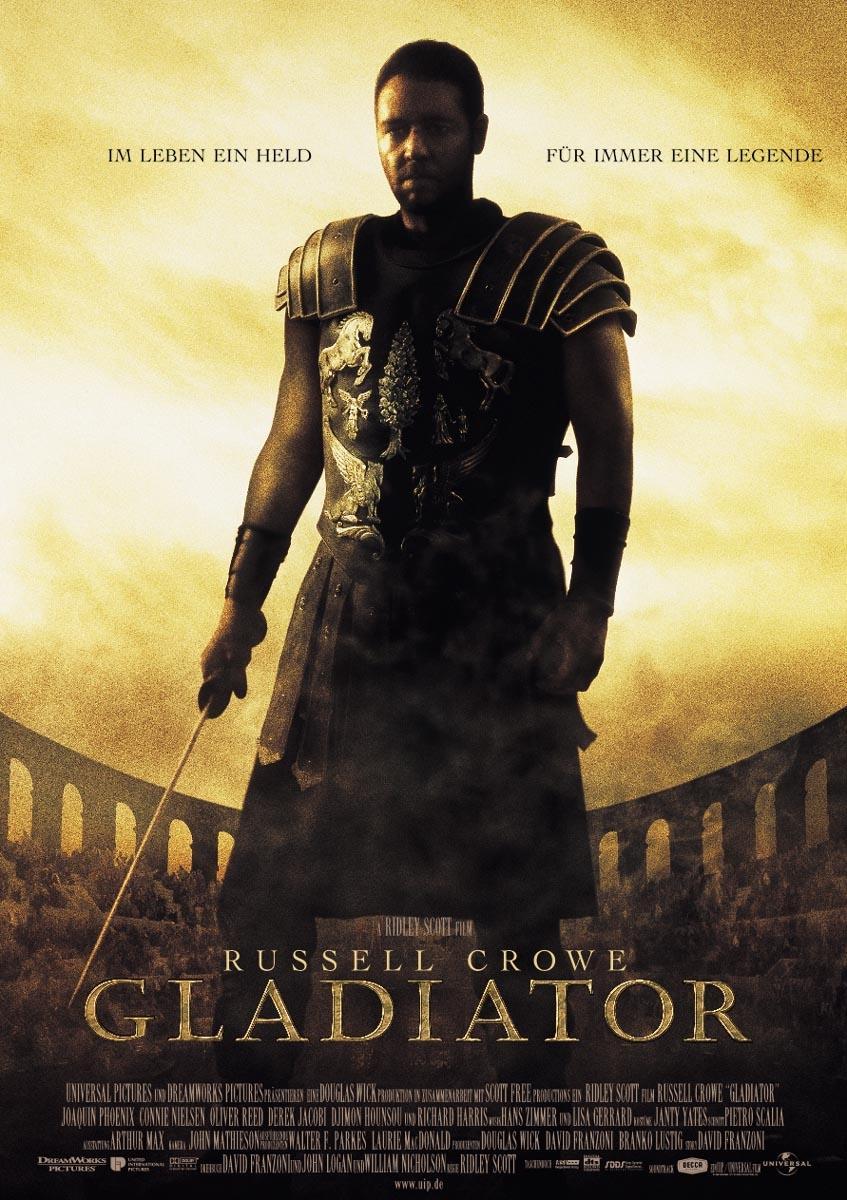


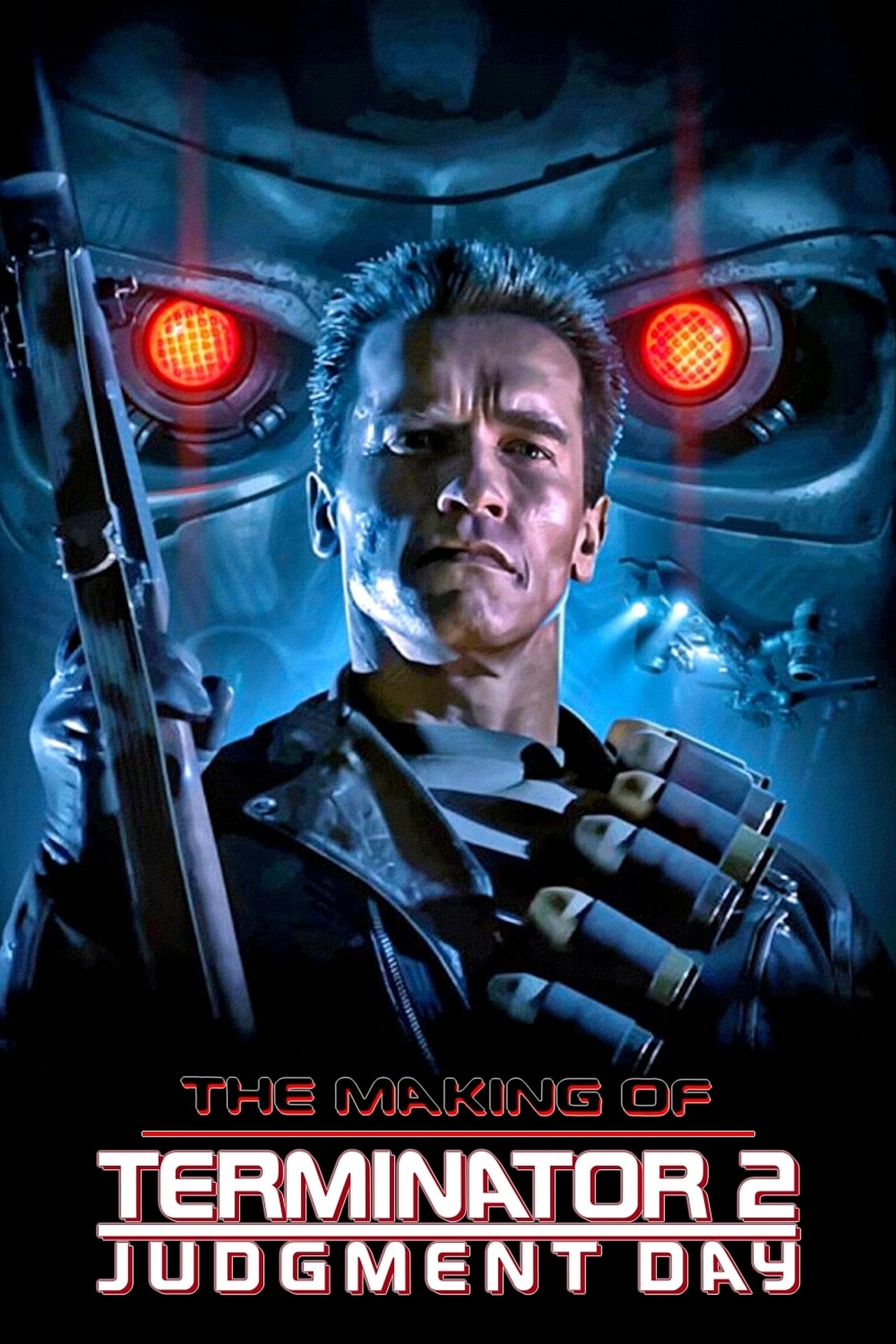
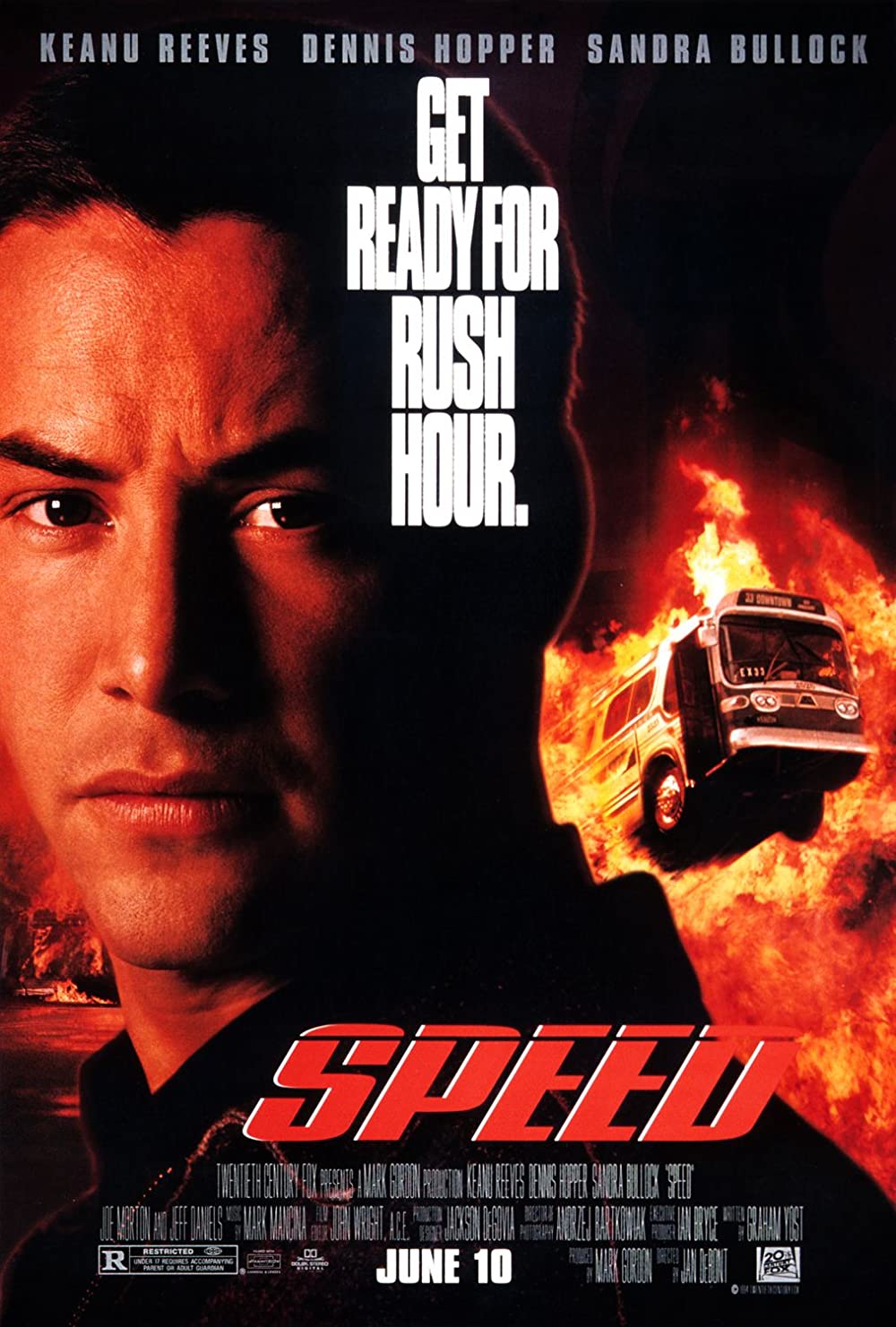
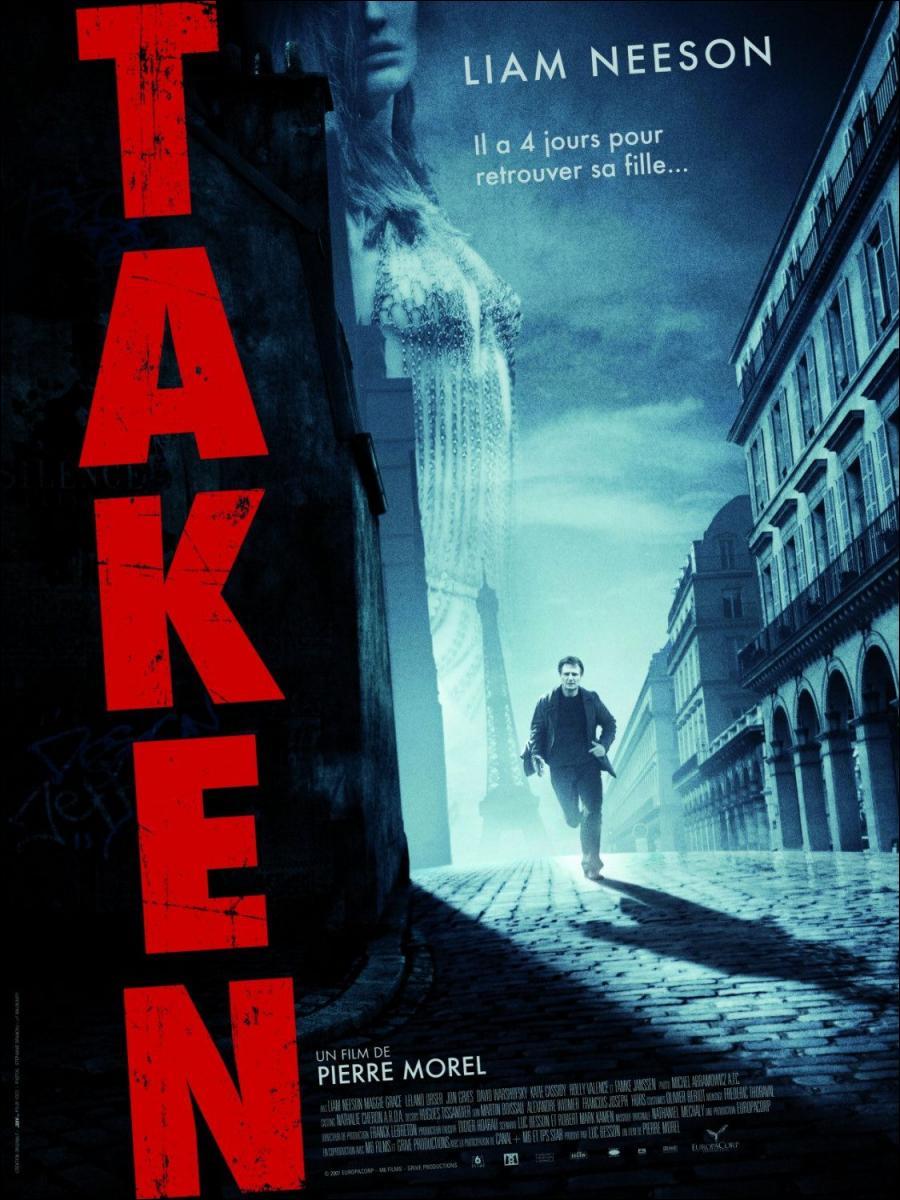
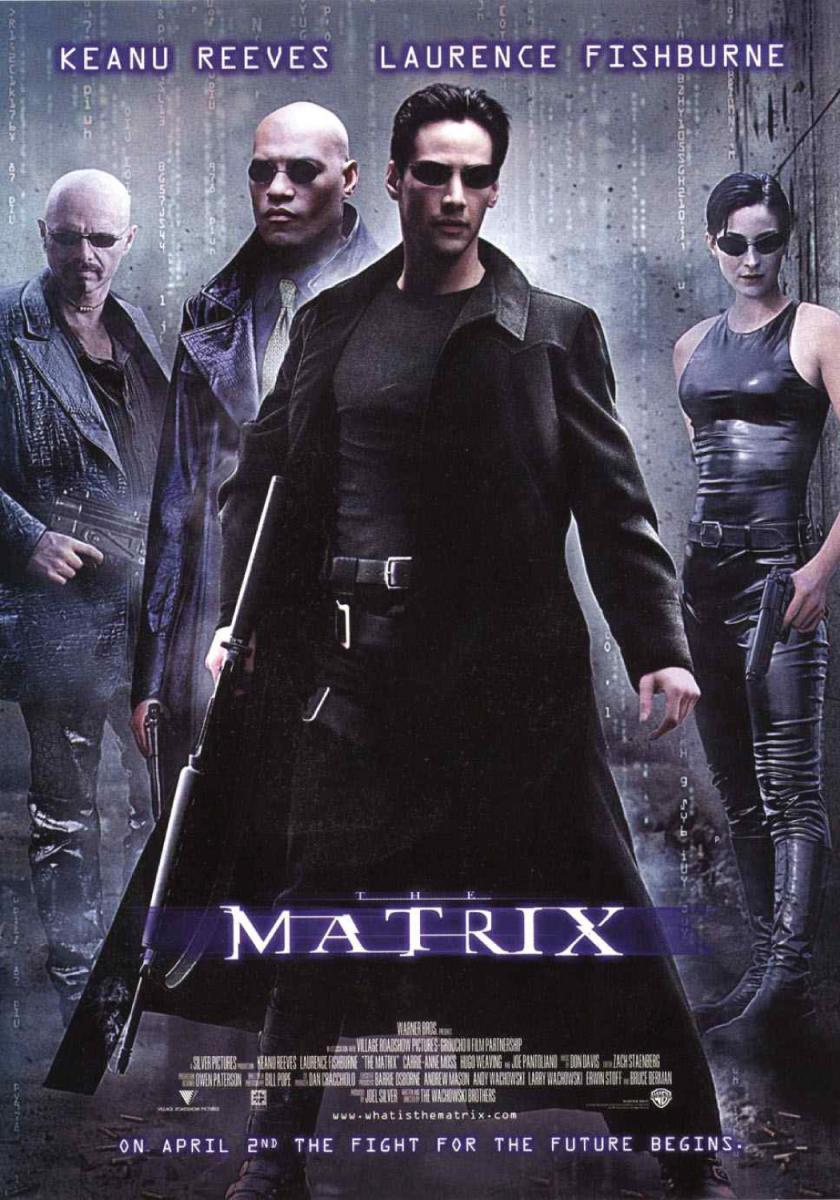
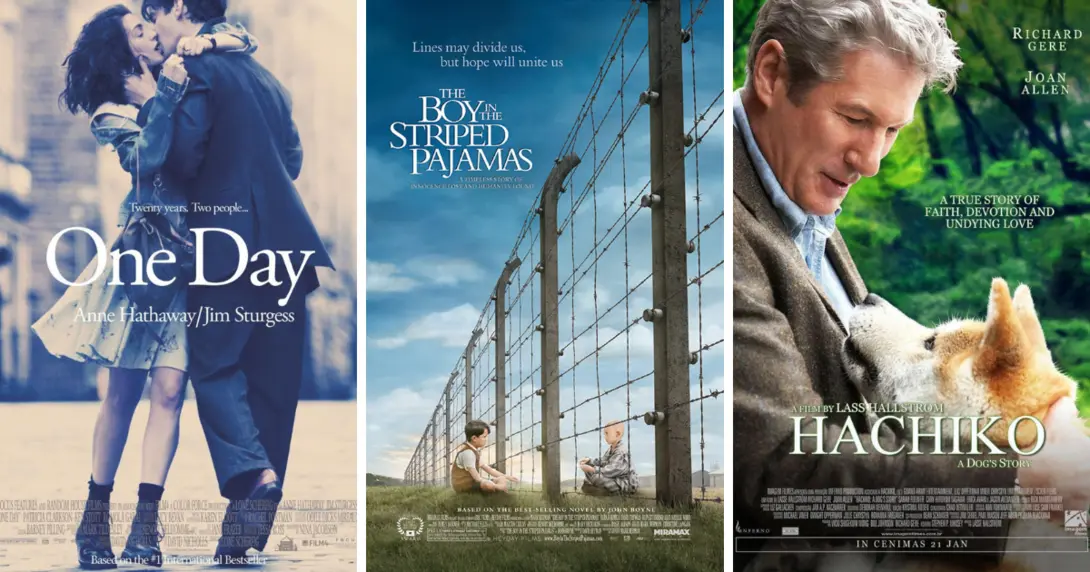
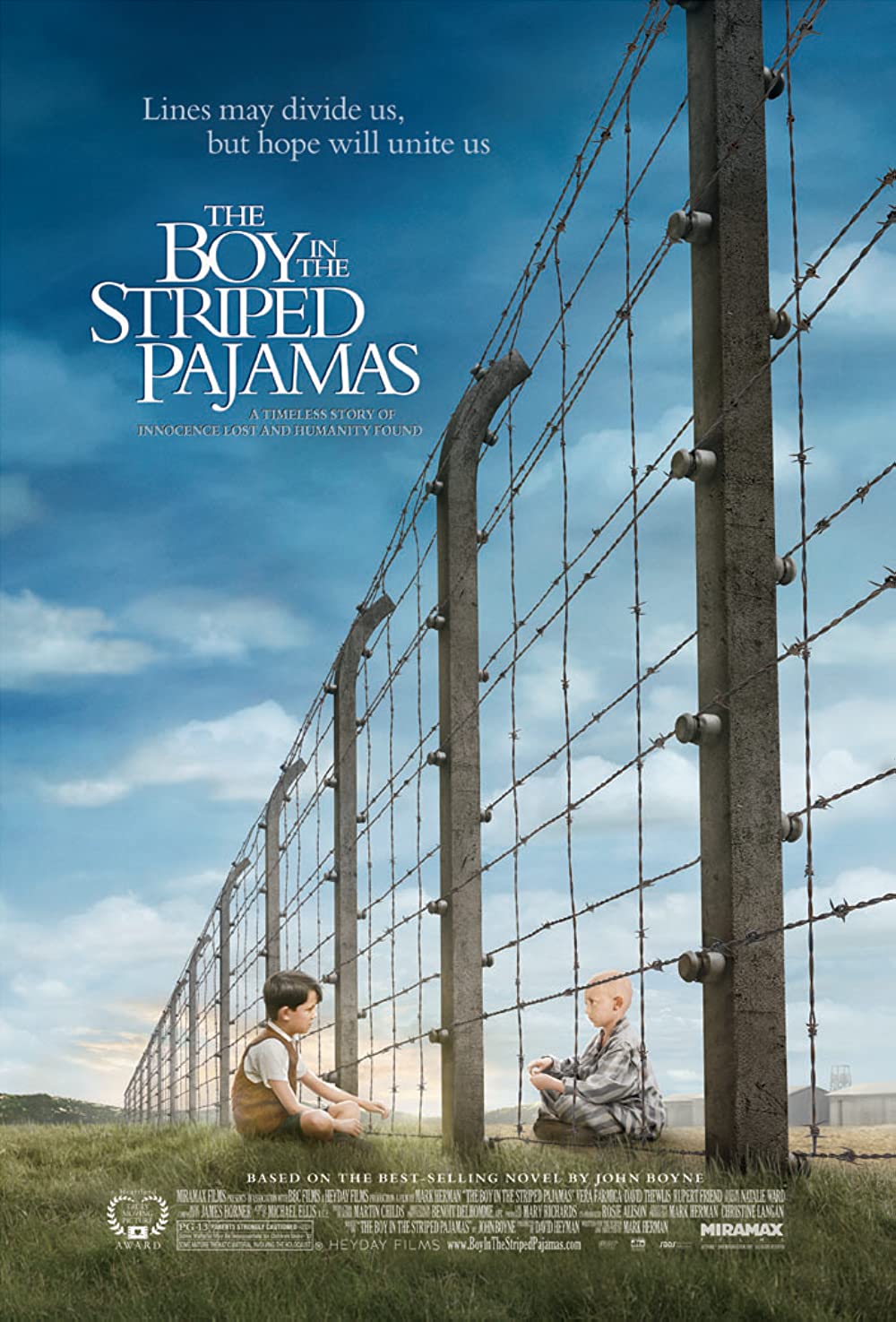
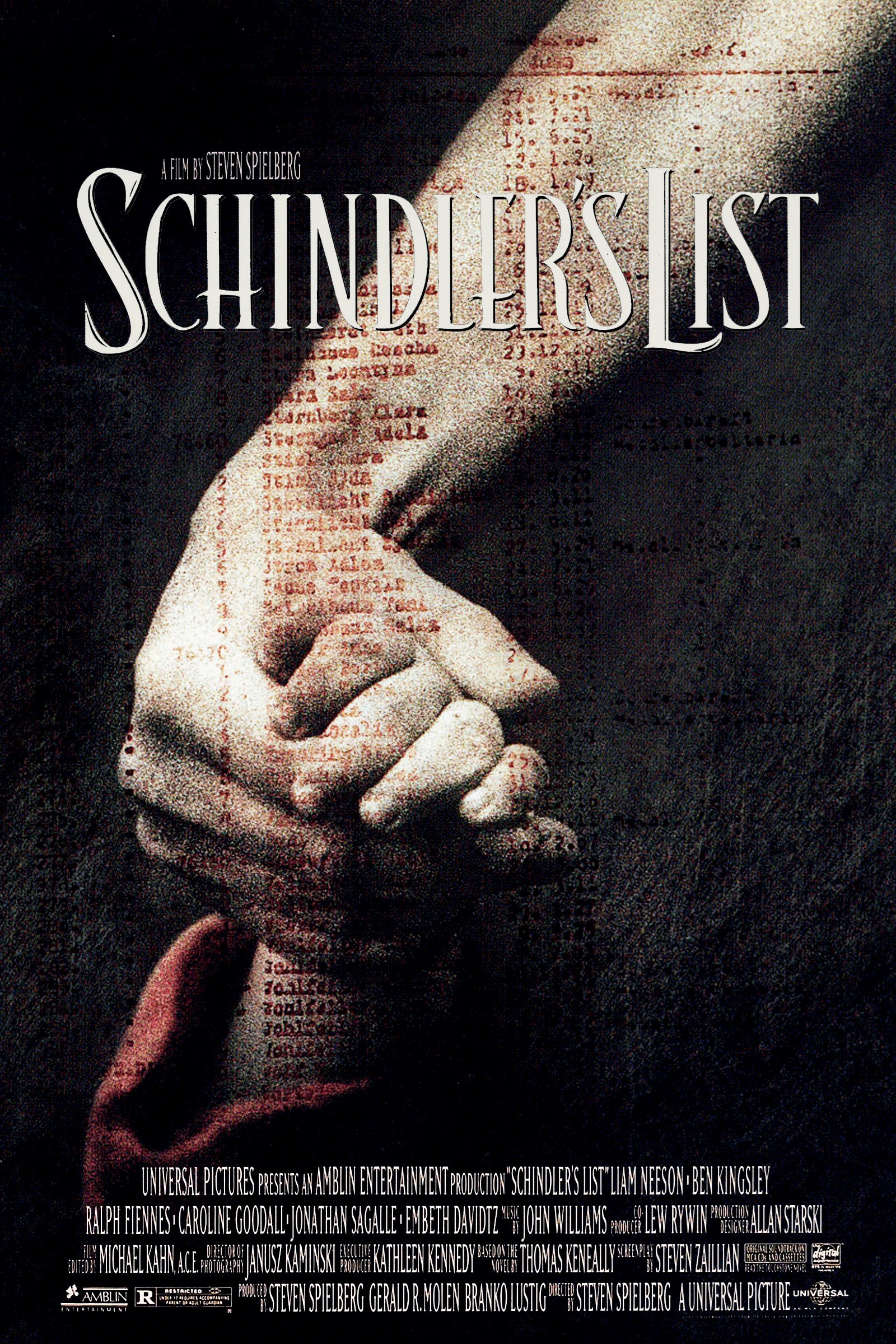

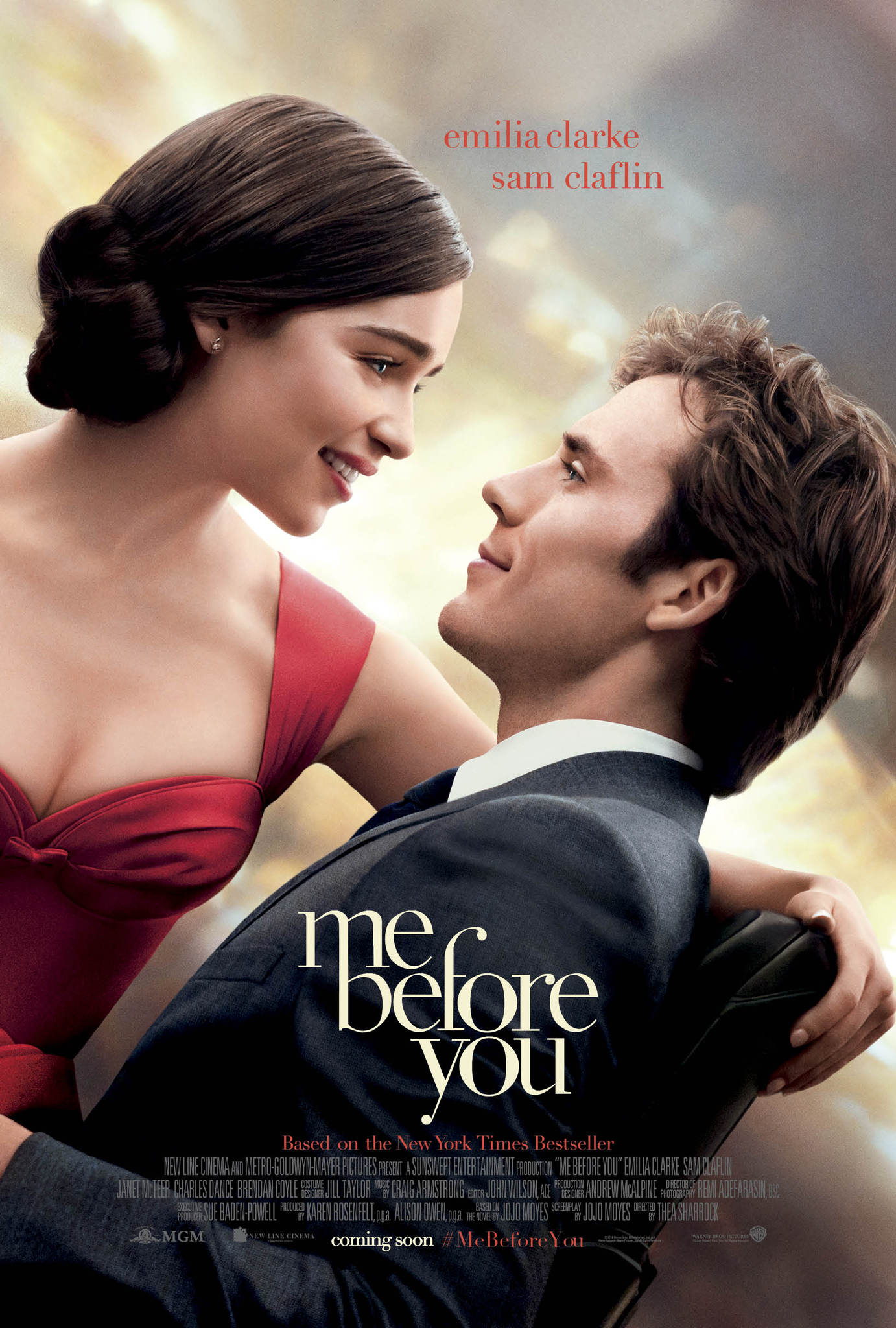 Hotaru no Haka / Grave of the Fireflies (1988)
Hotaru no Haka / Grave of the Fireflies (1988) 

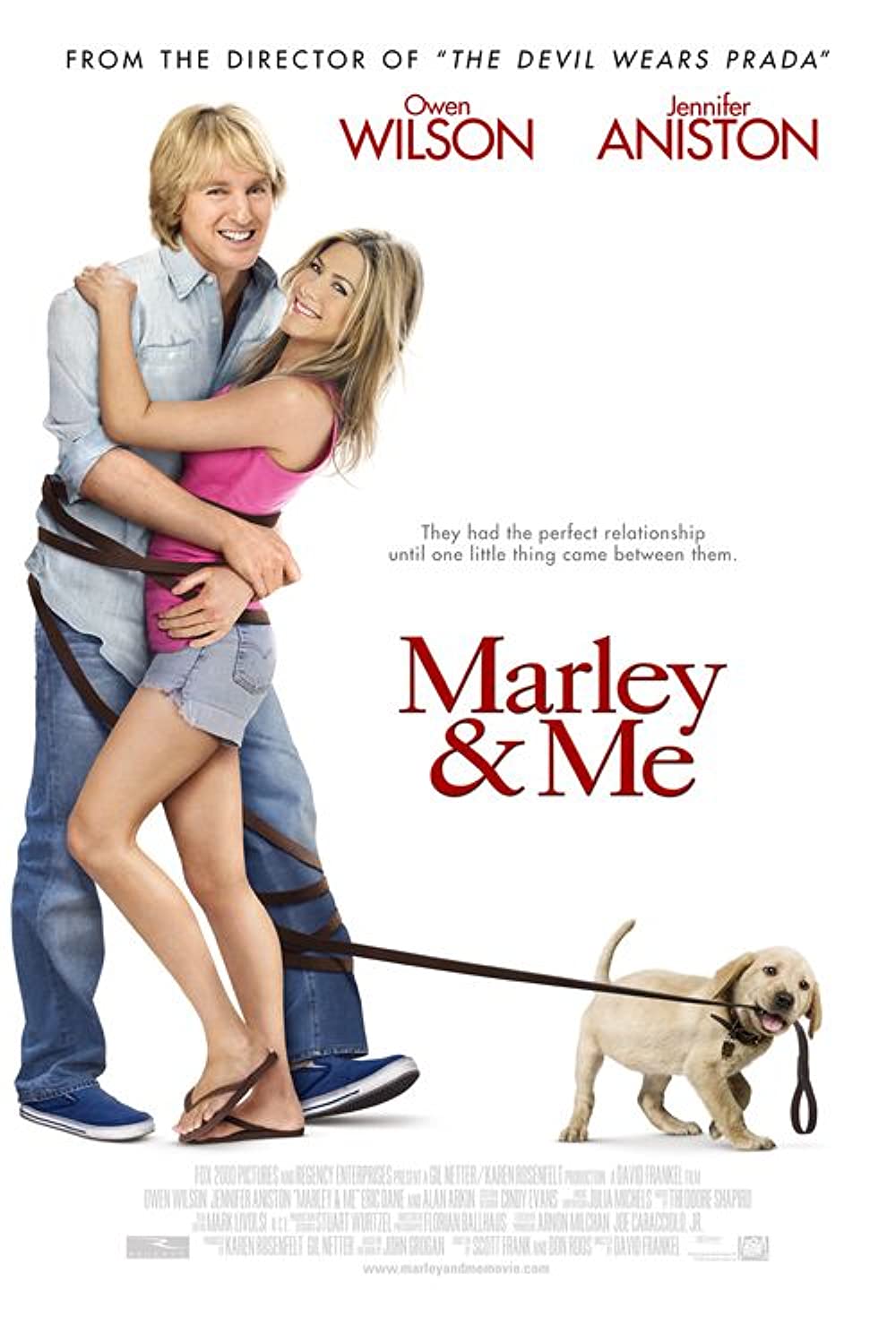
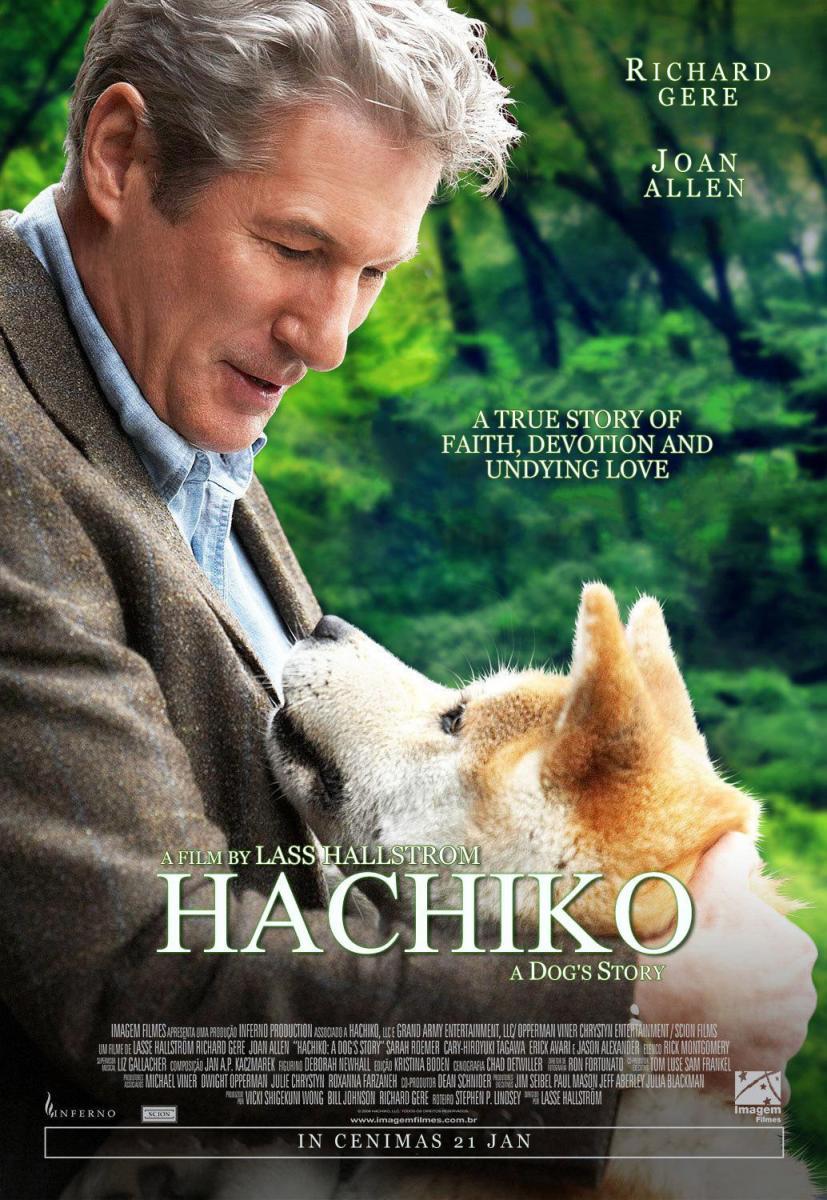
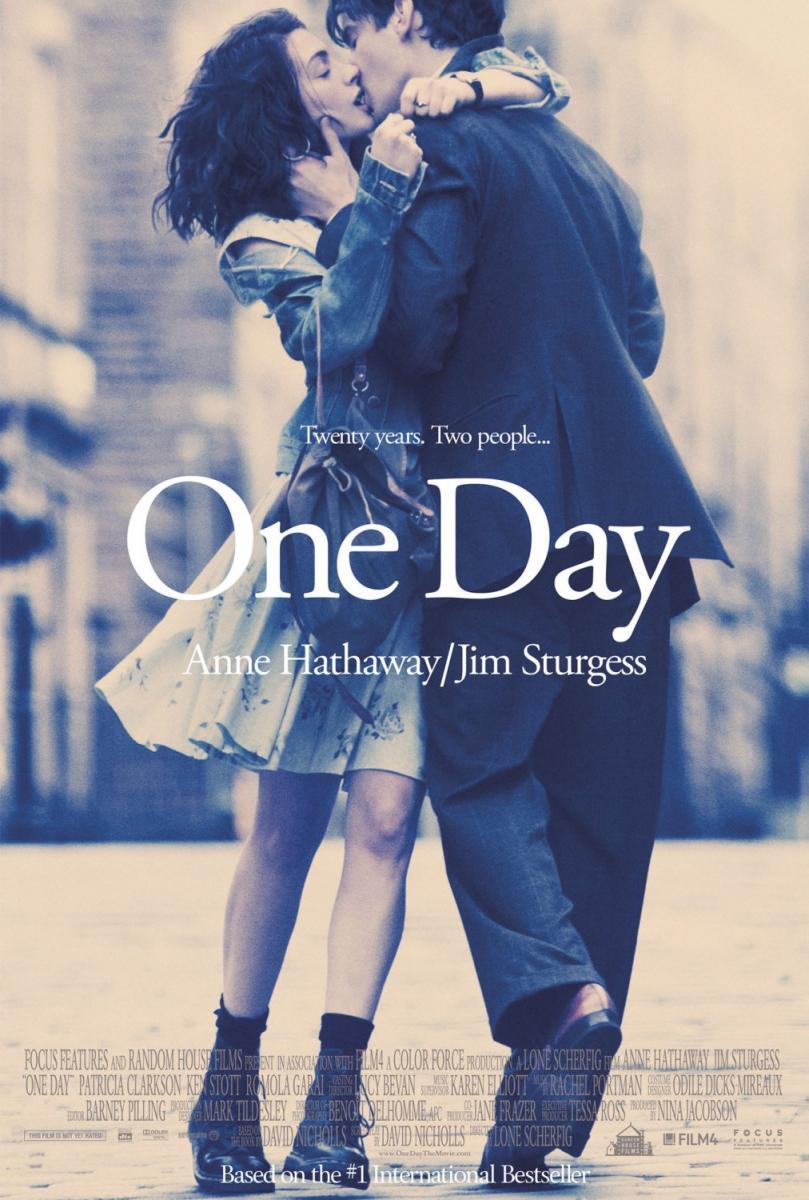

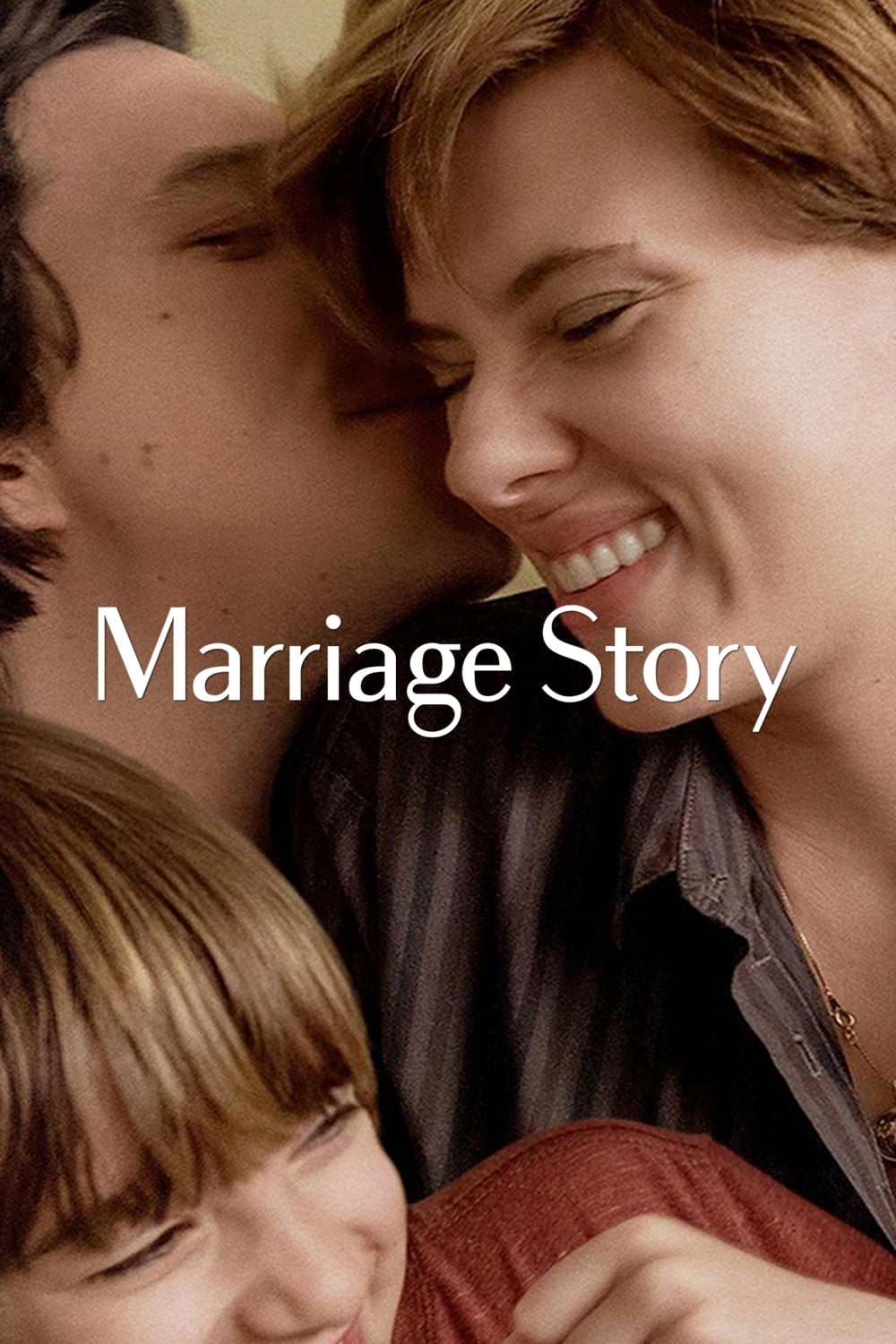
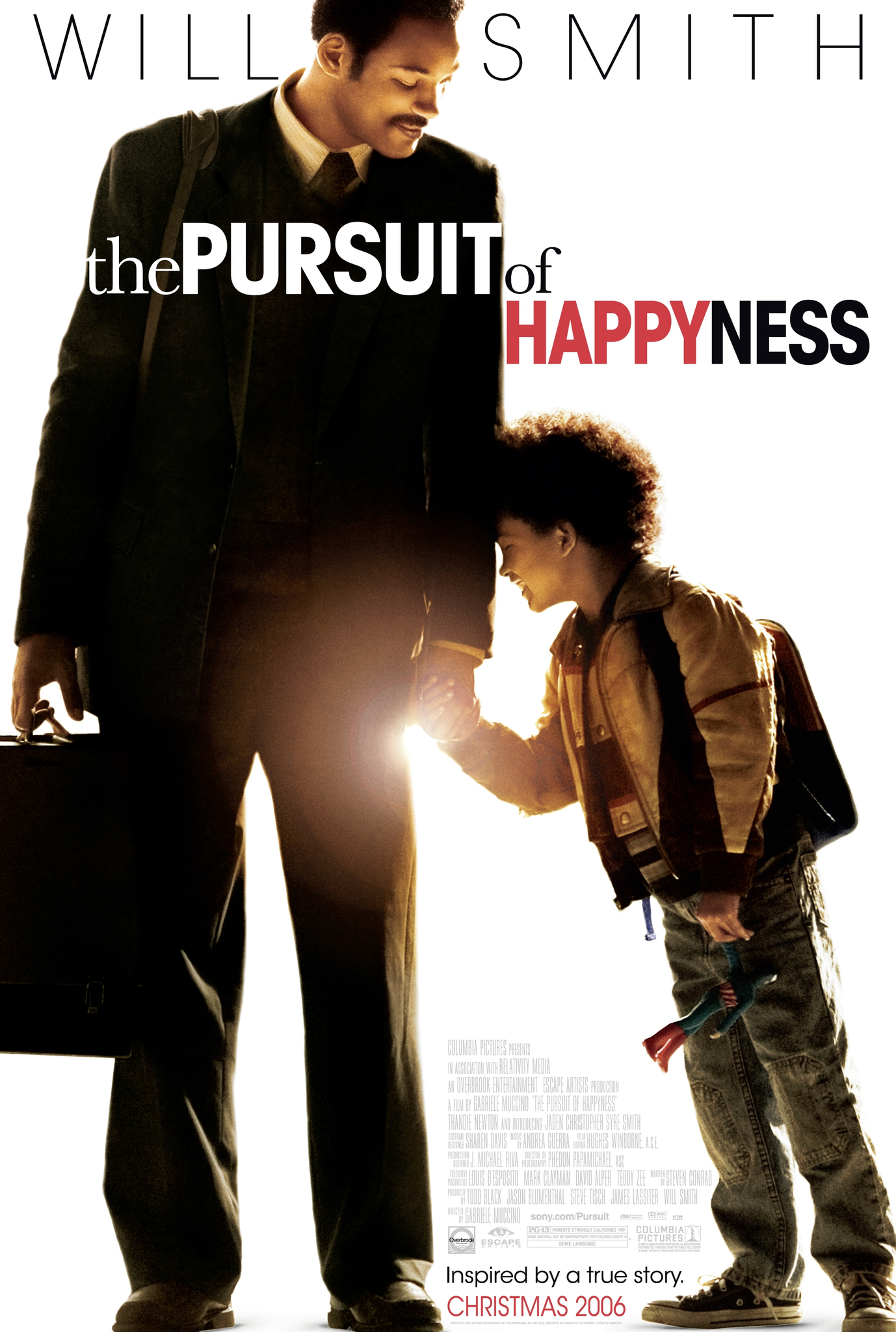

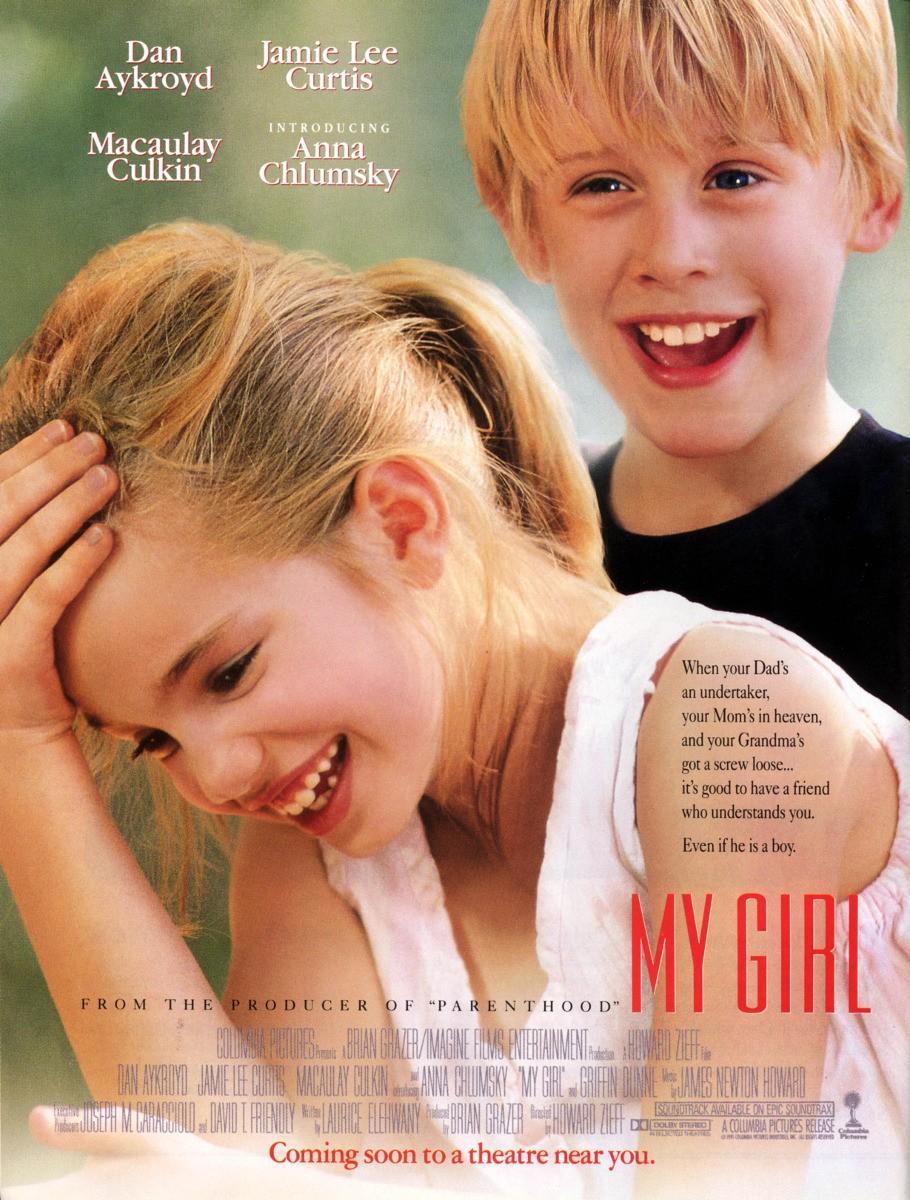
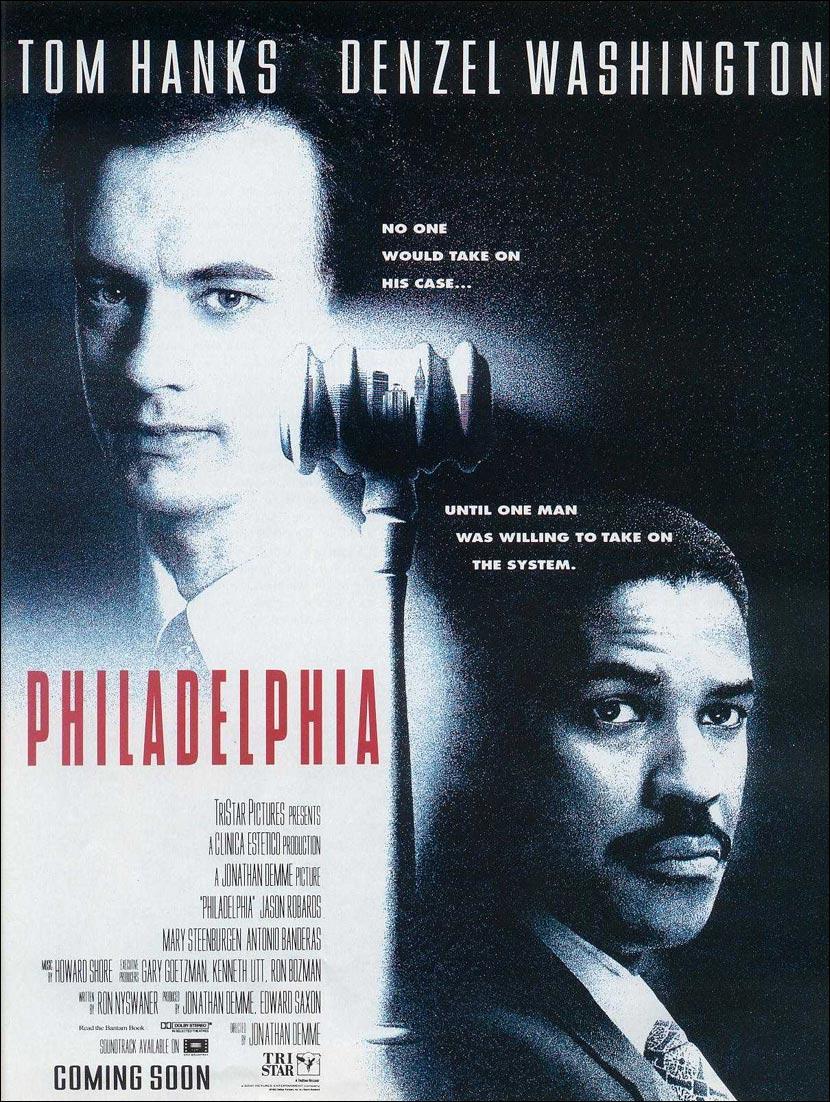
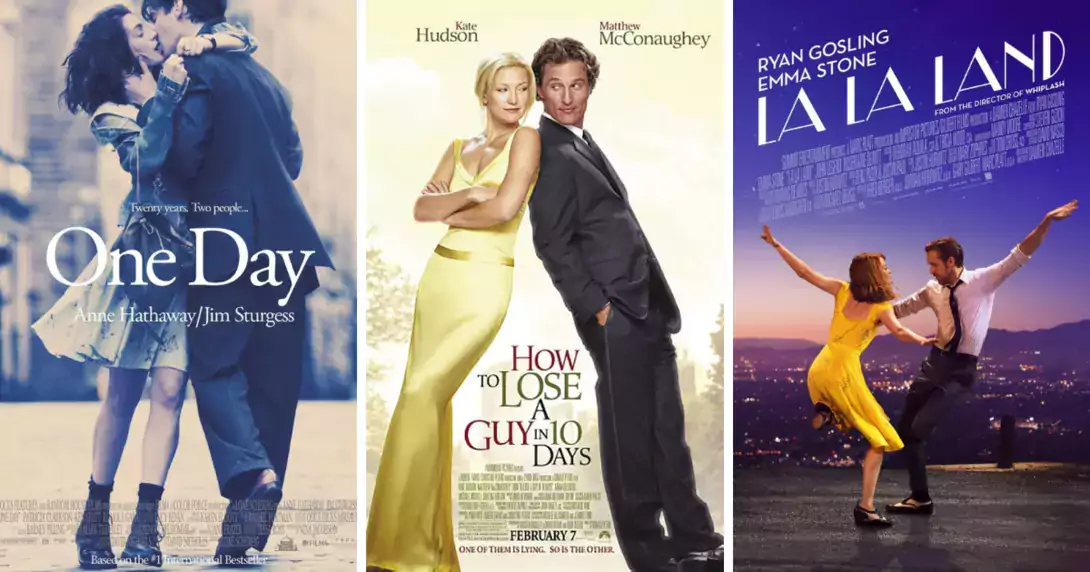
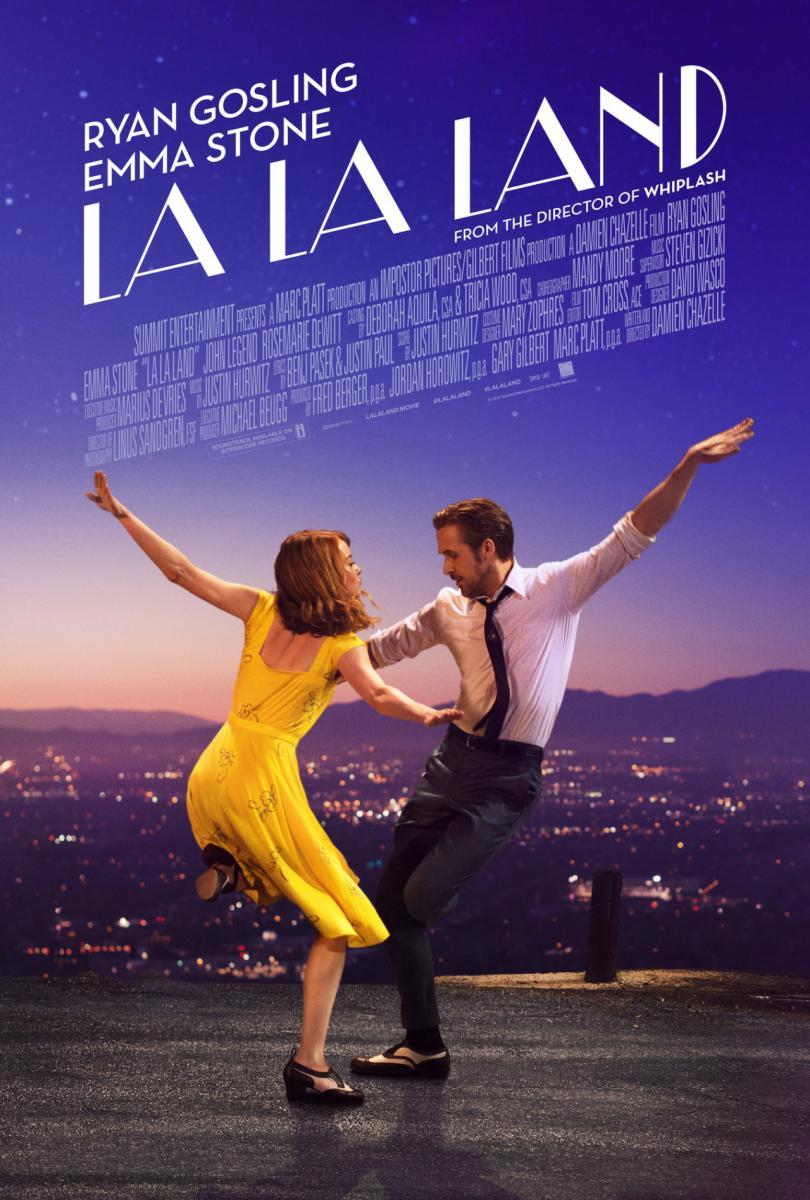
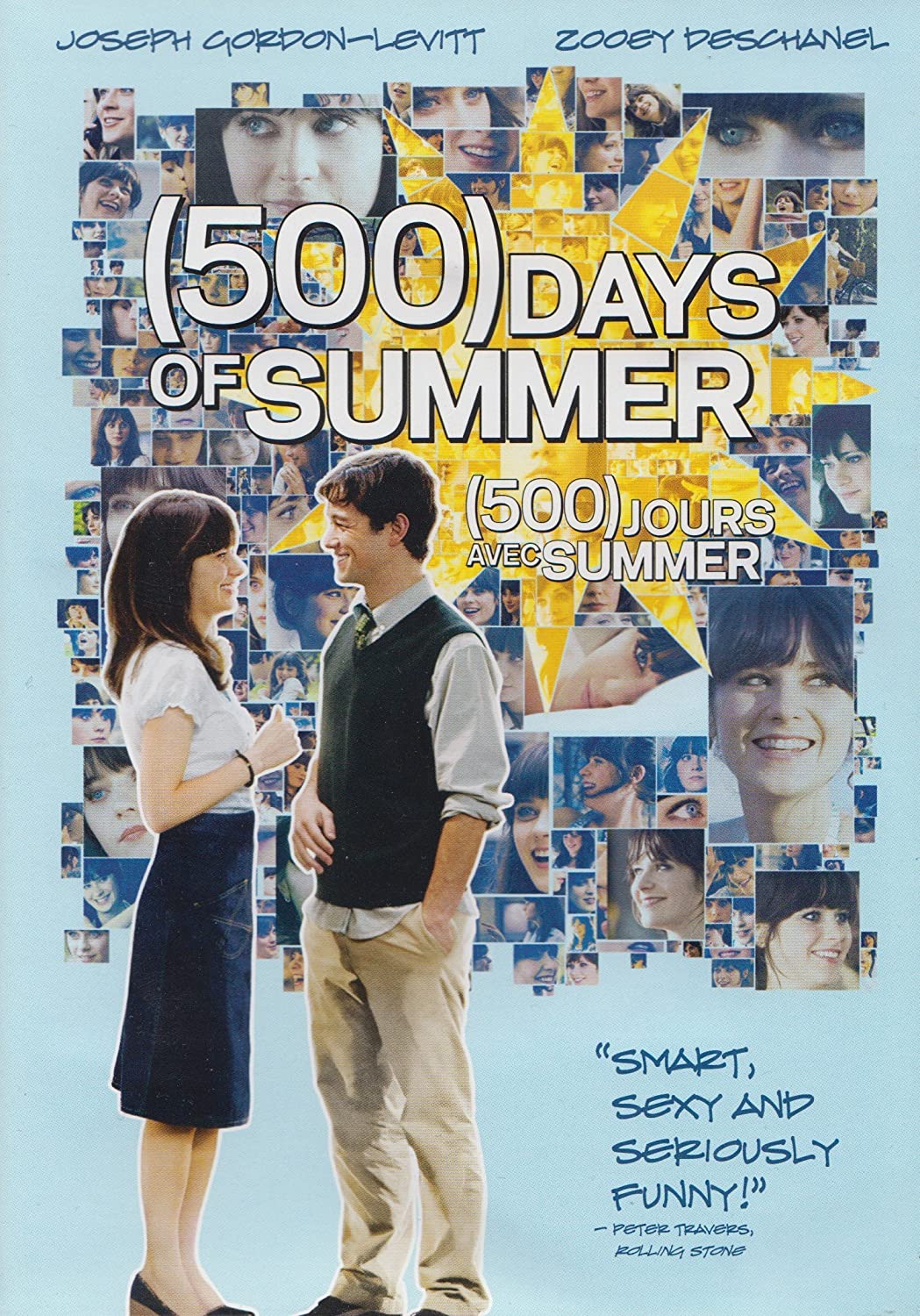
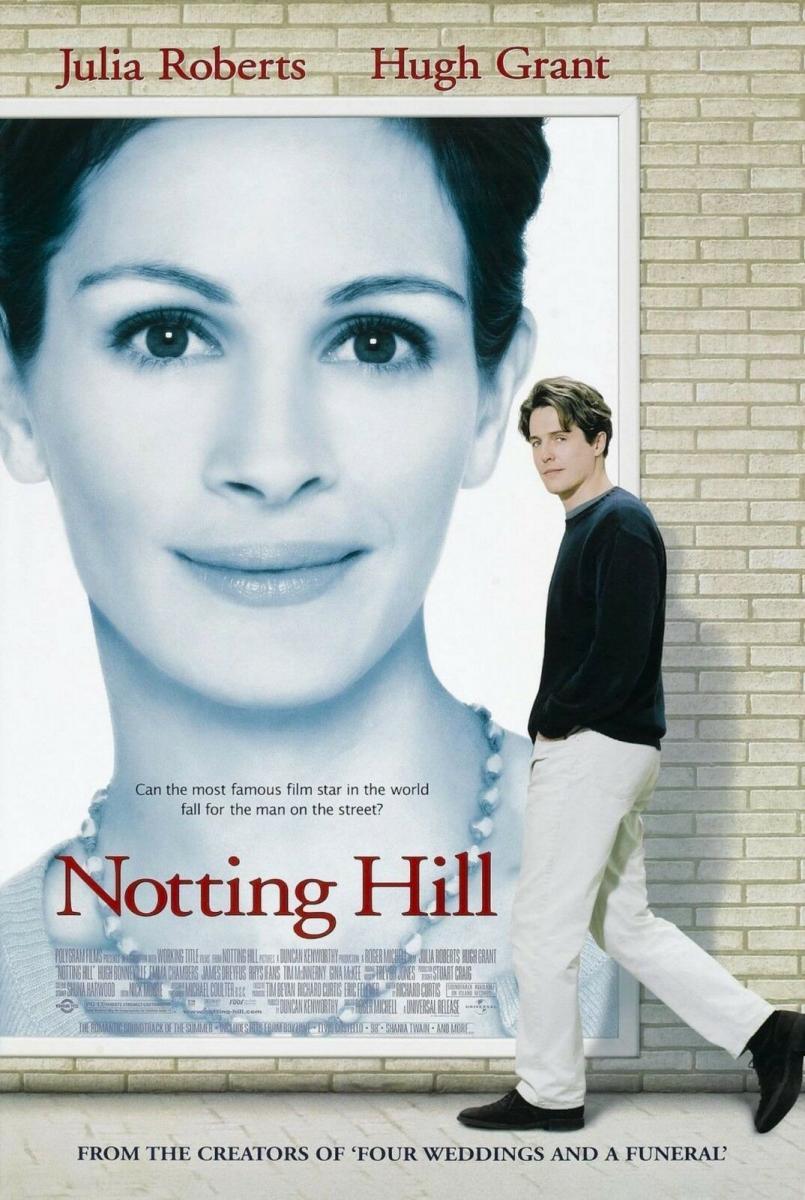



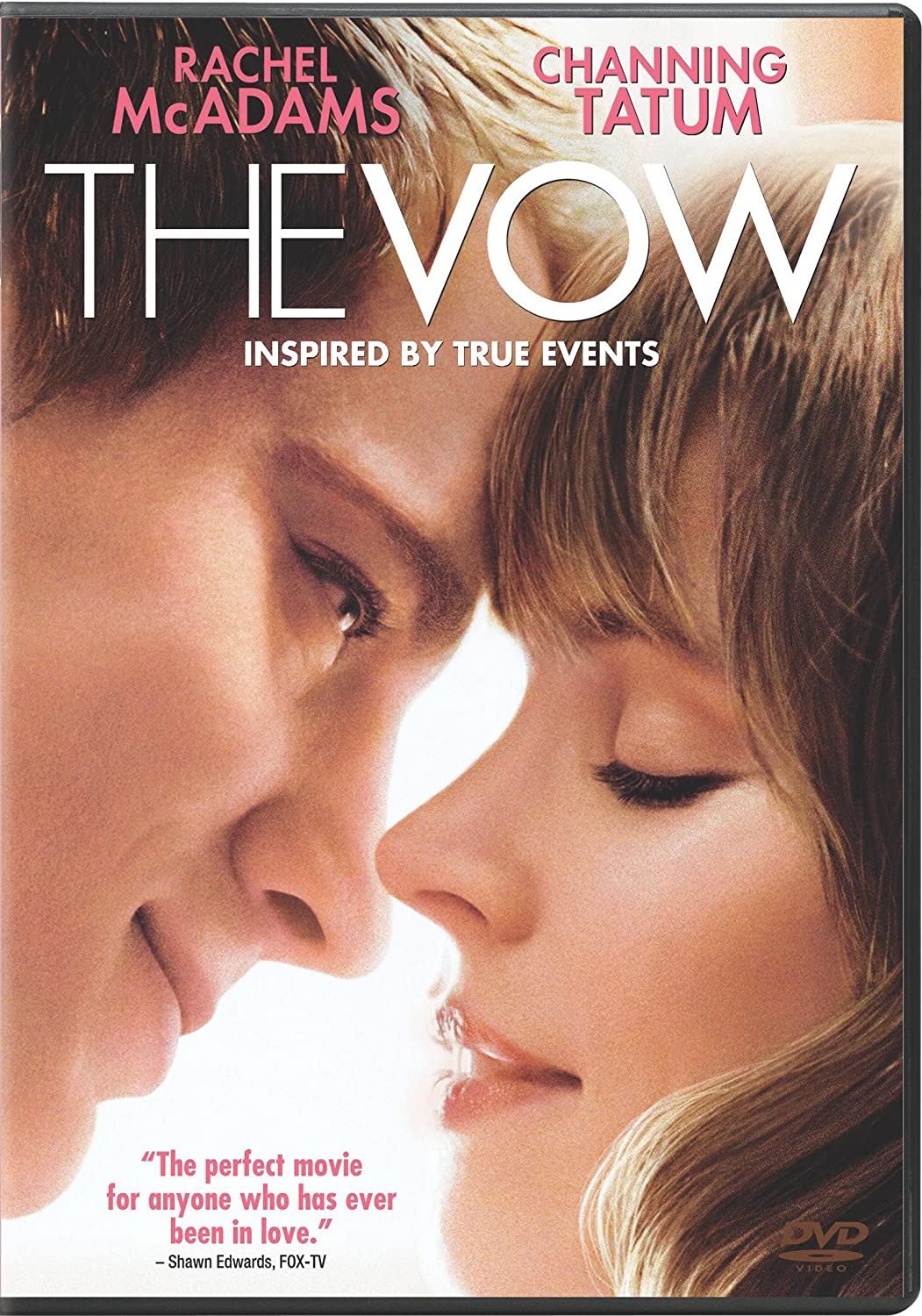

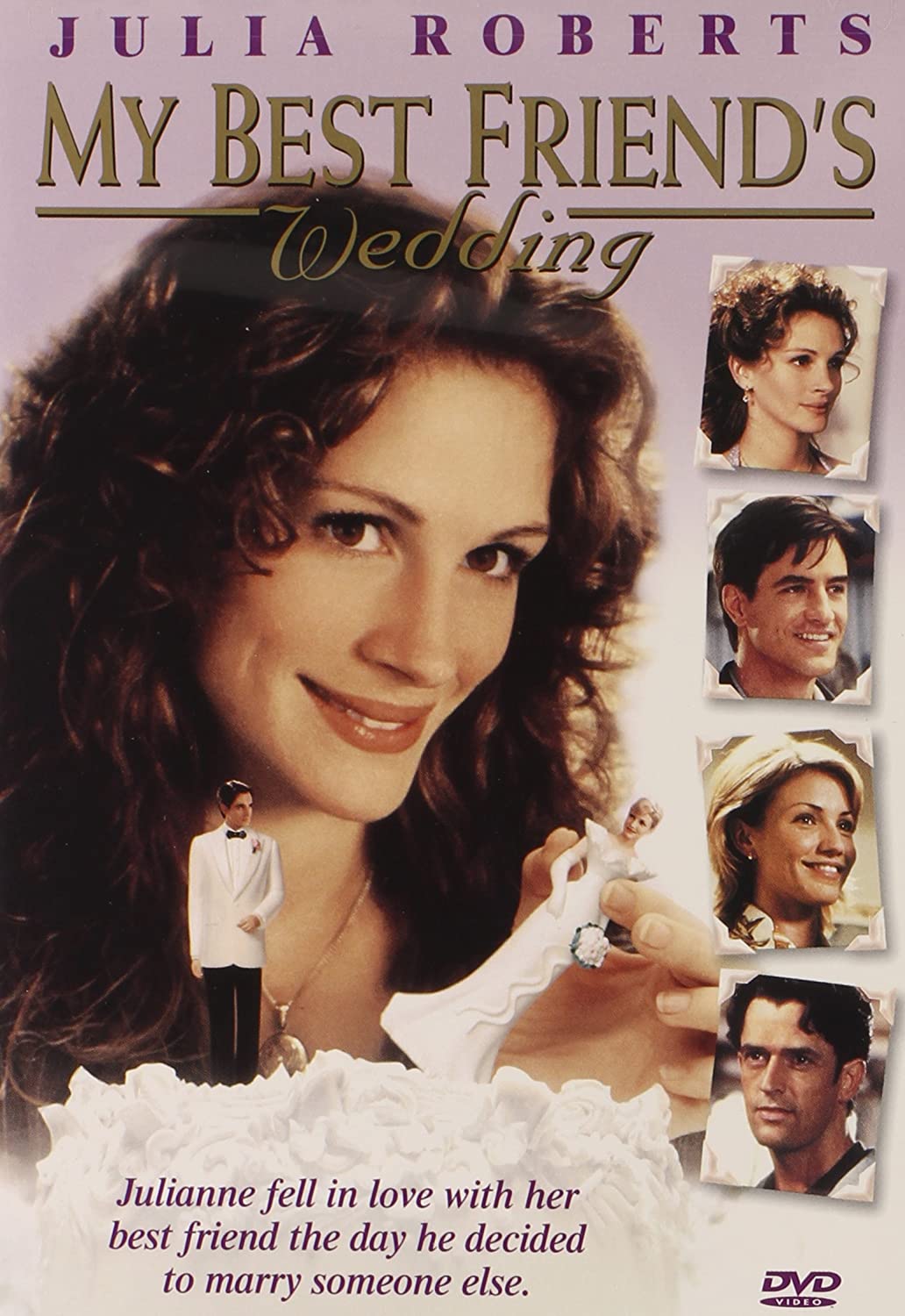

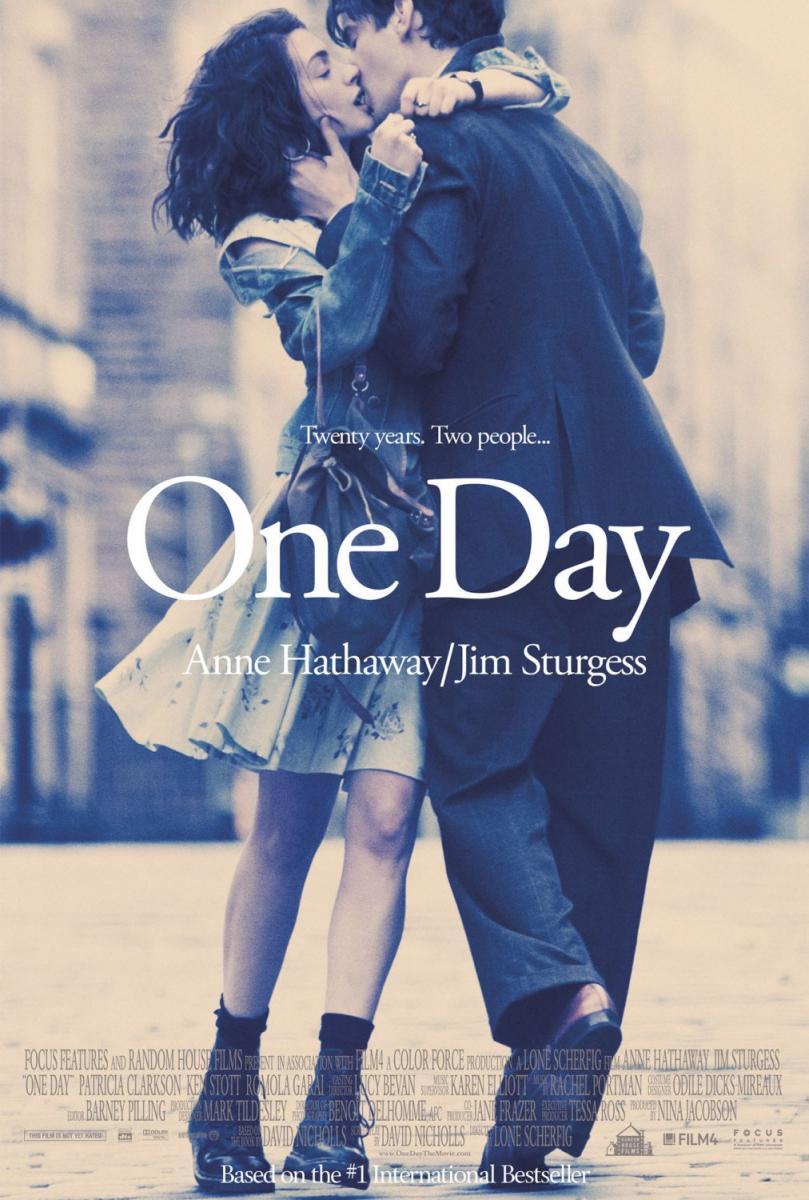

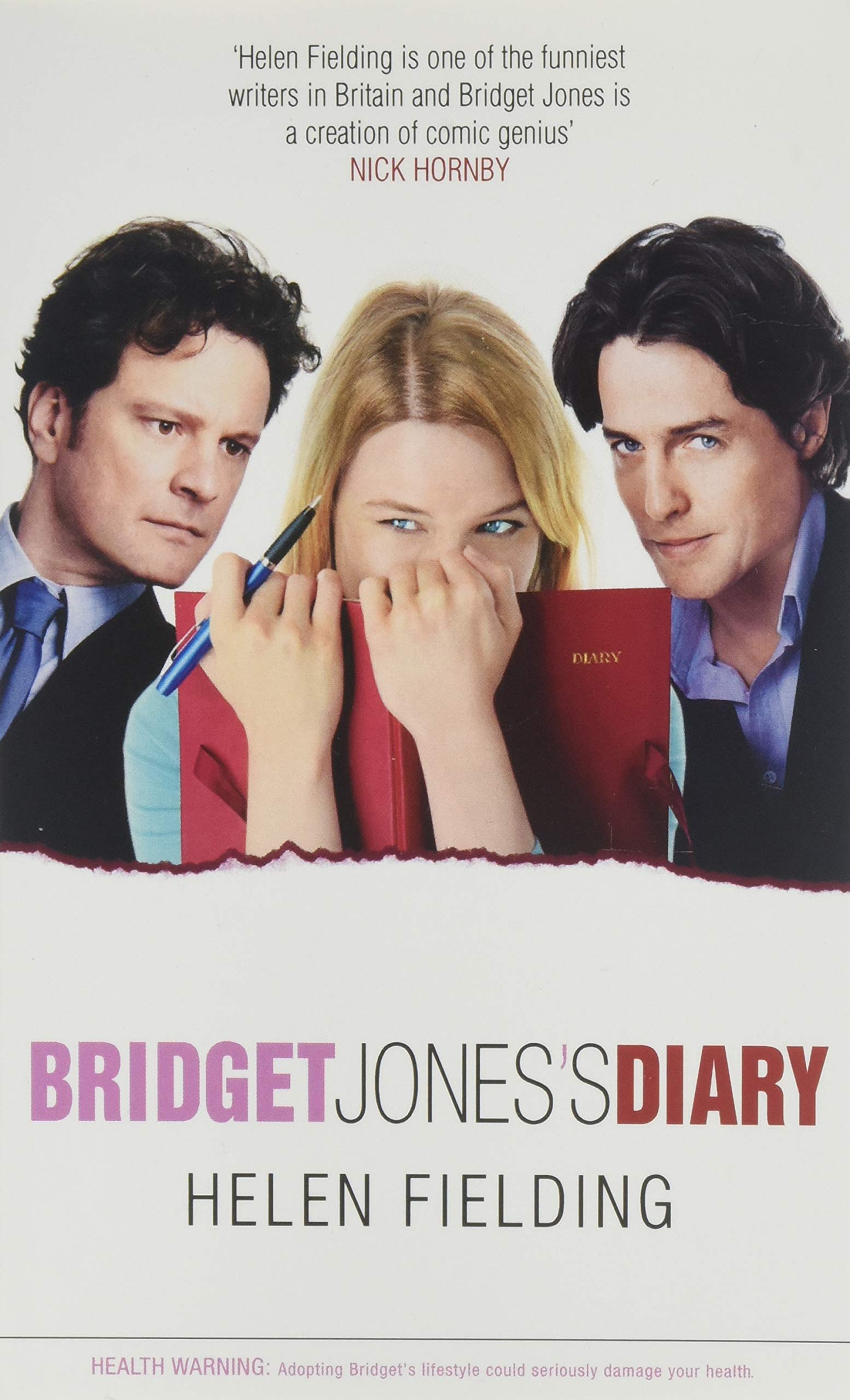


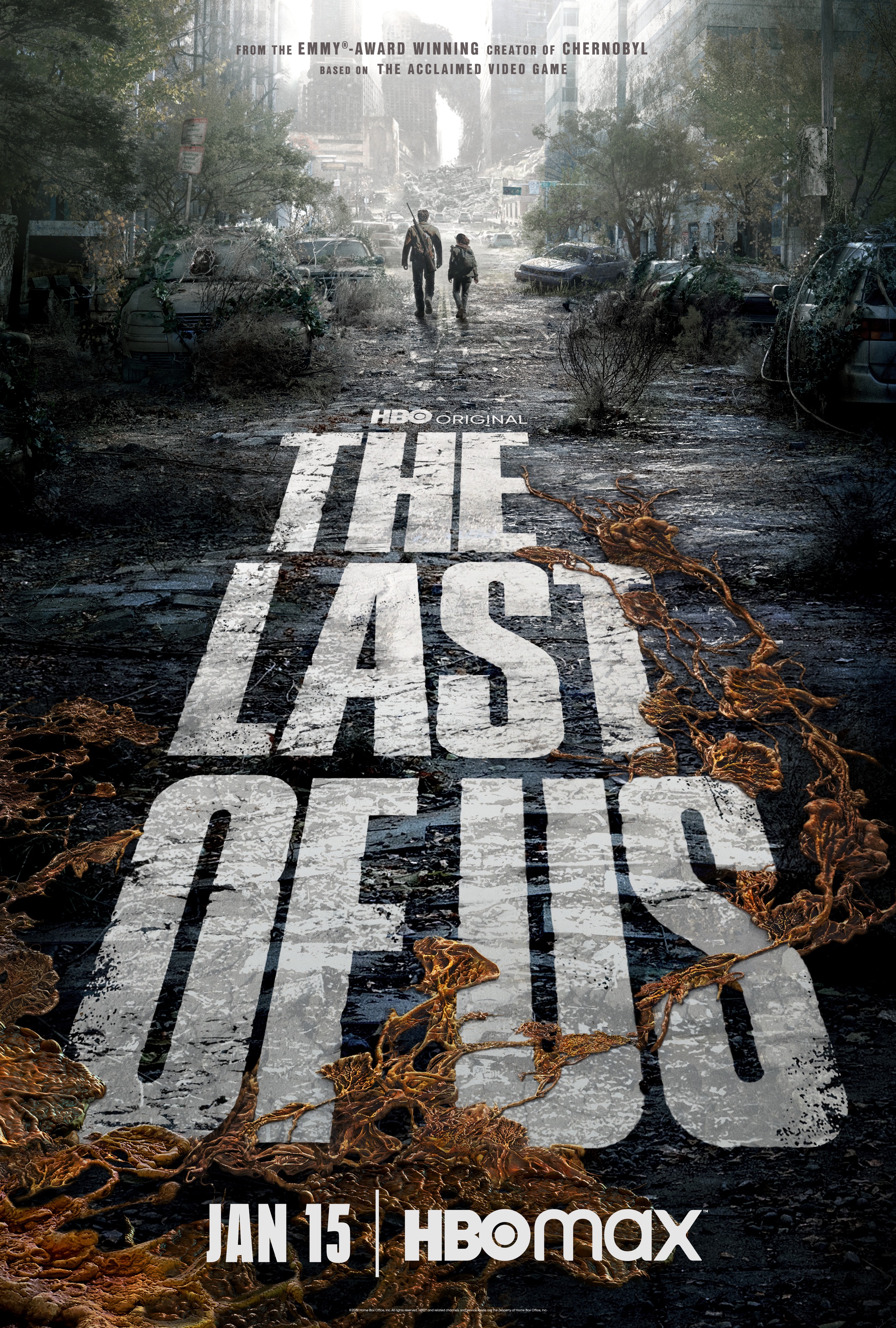
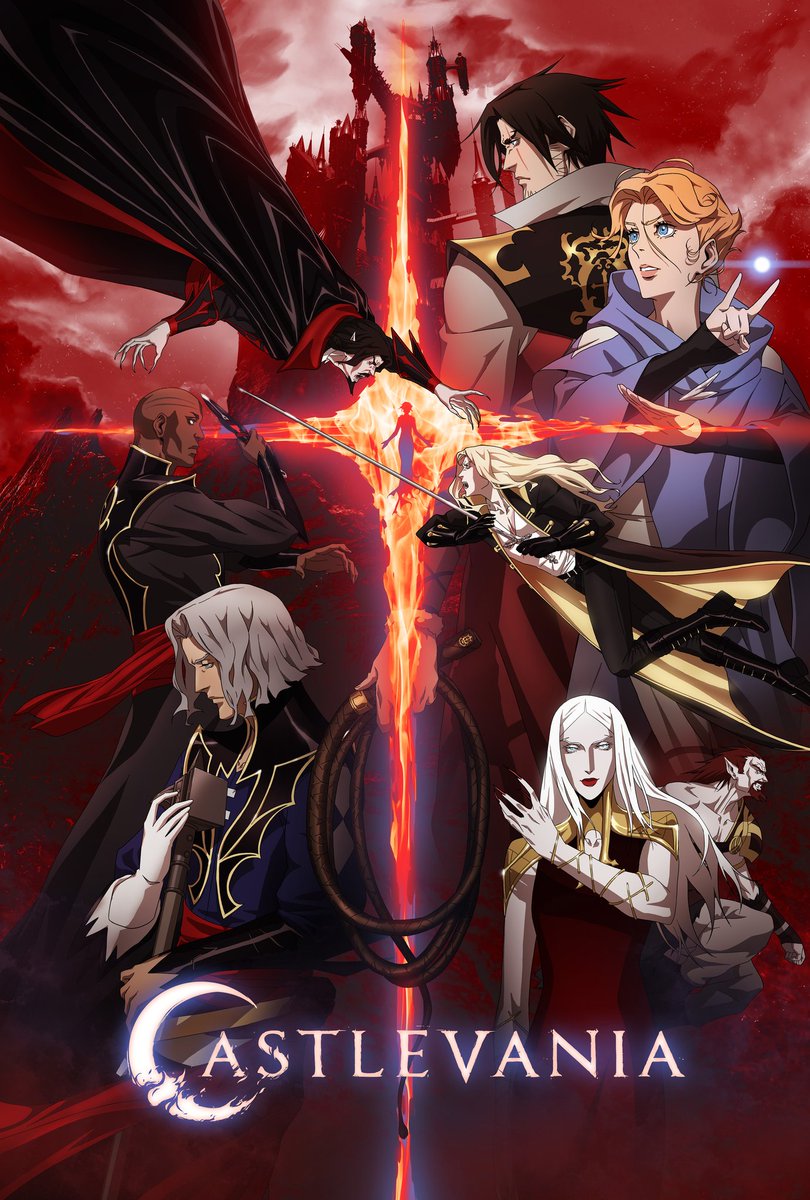

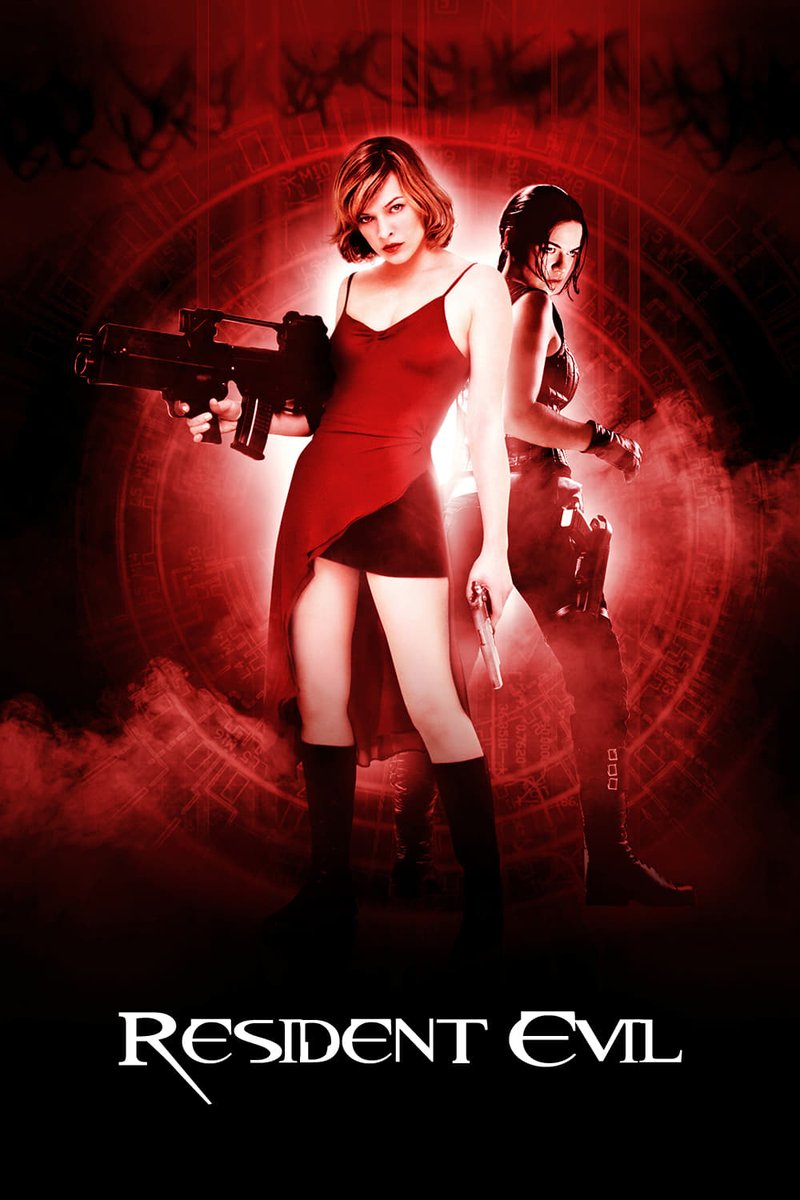
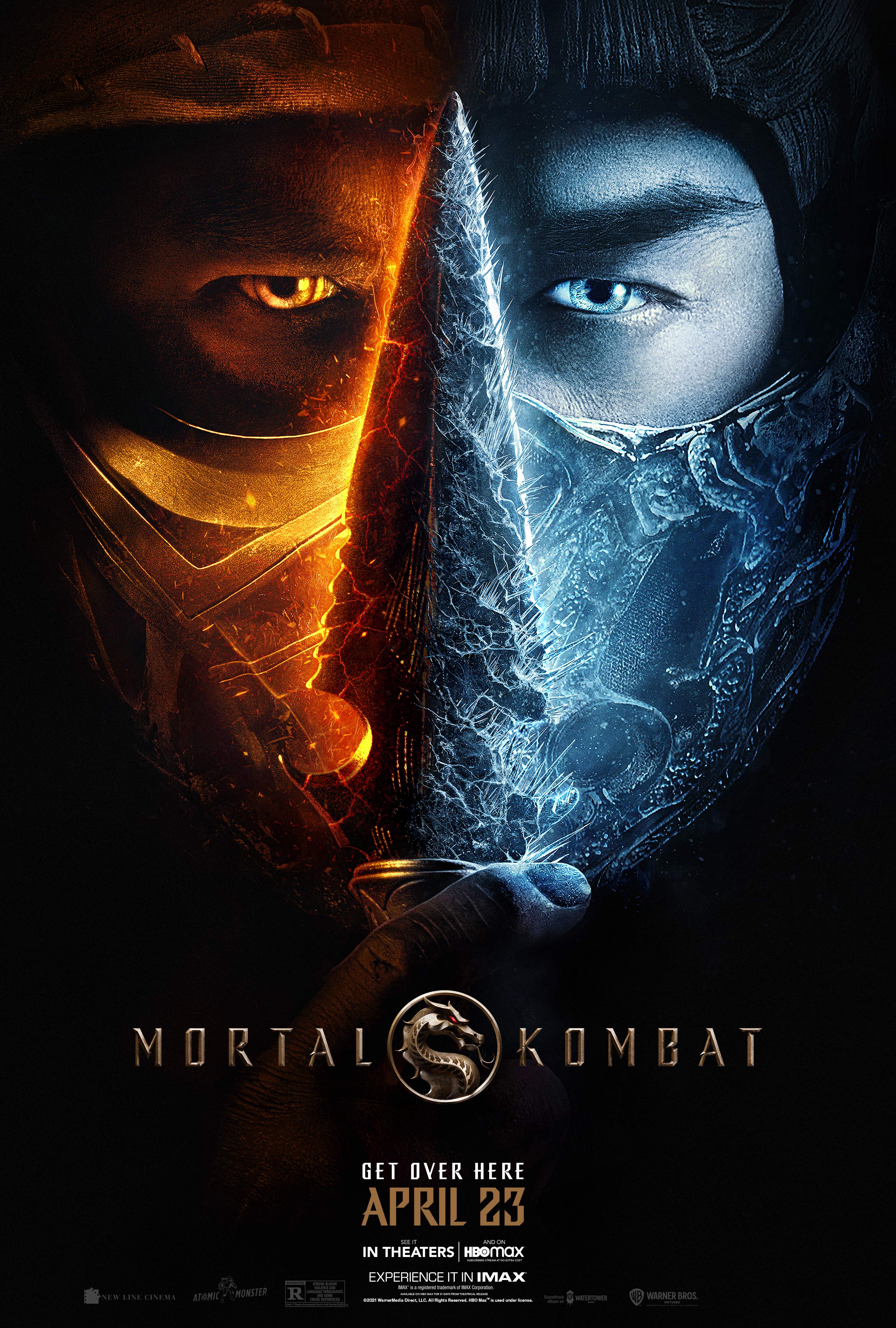
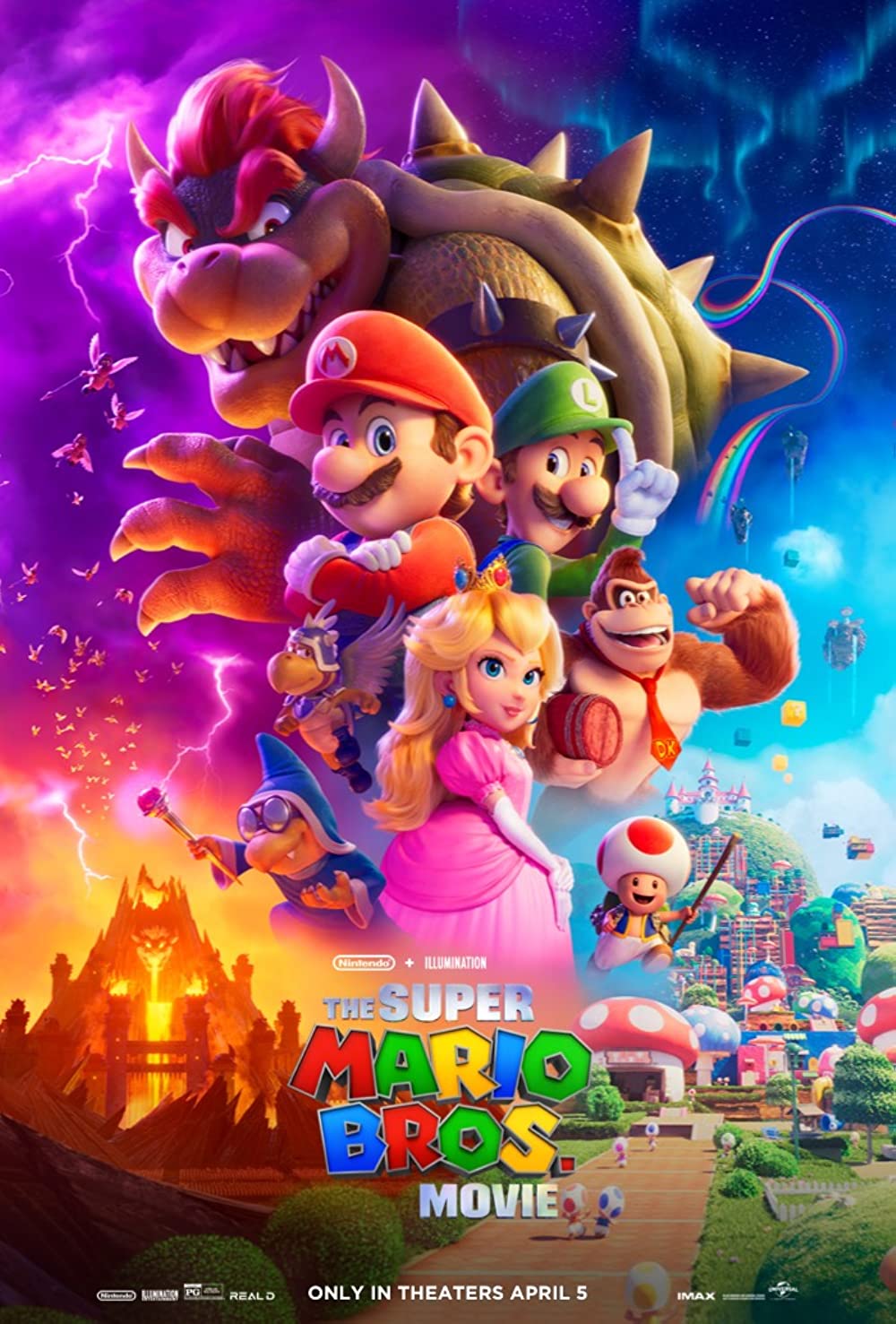

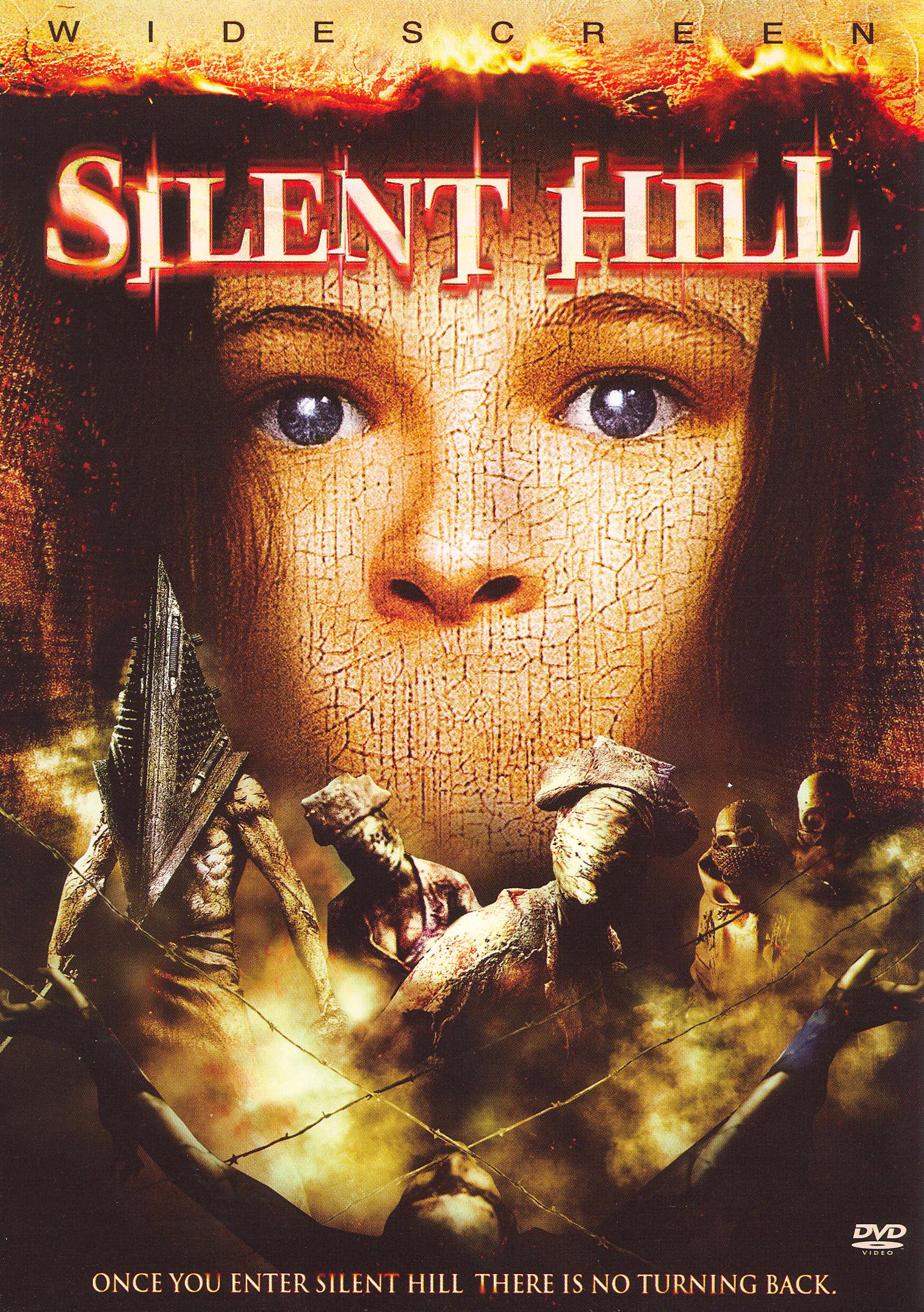
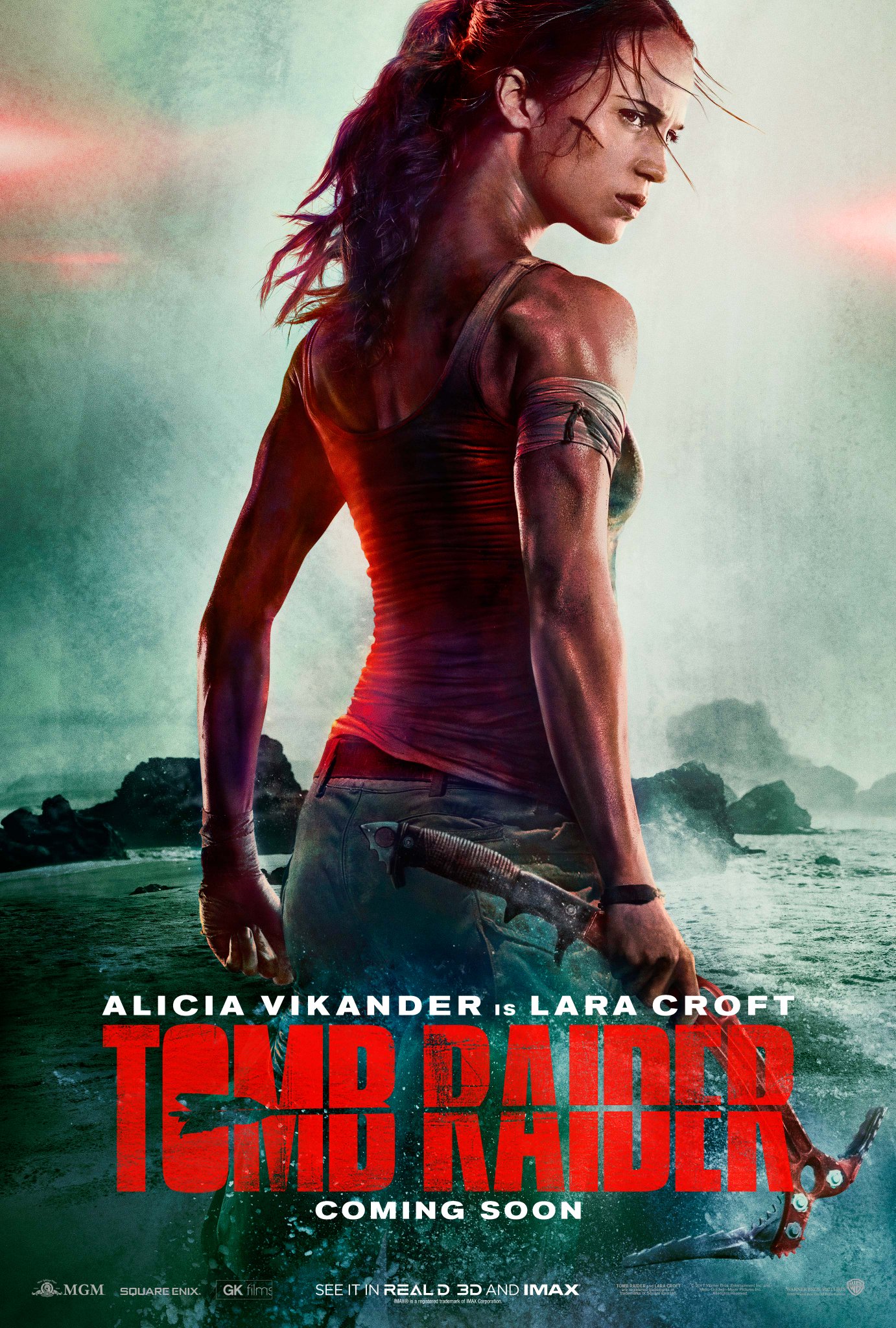
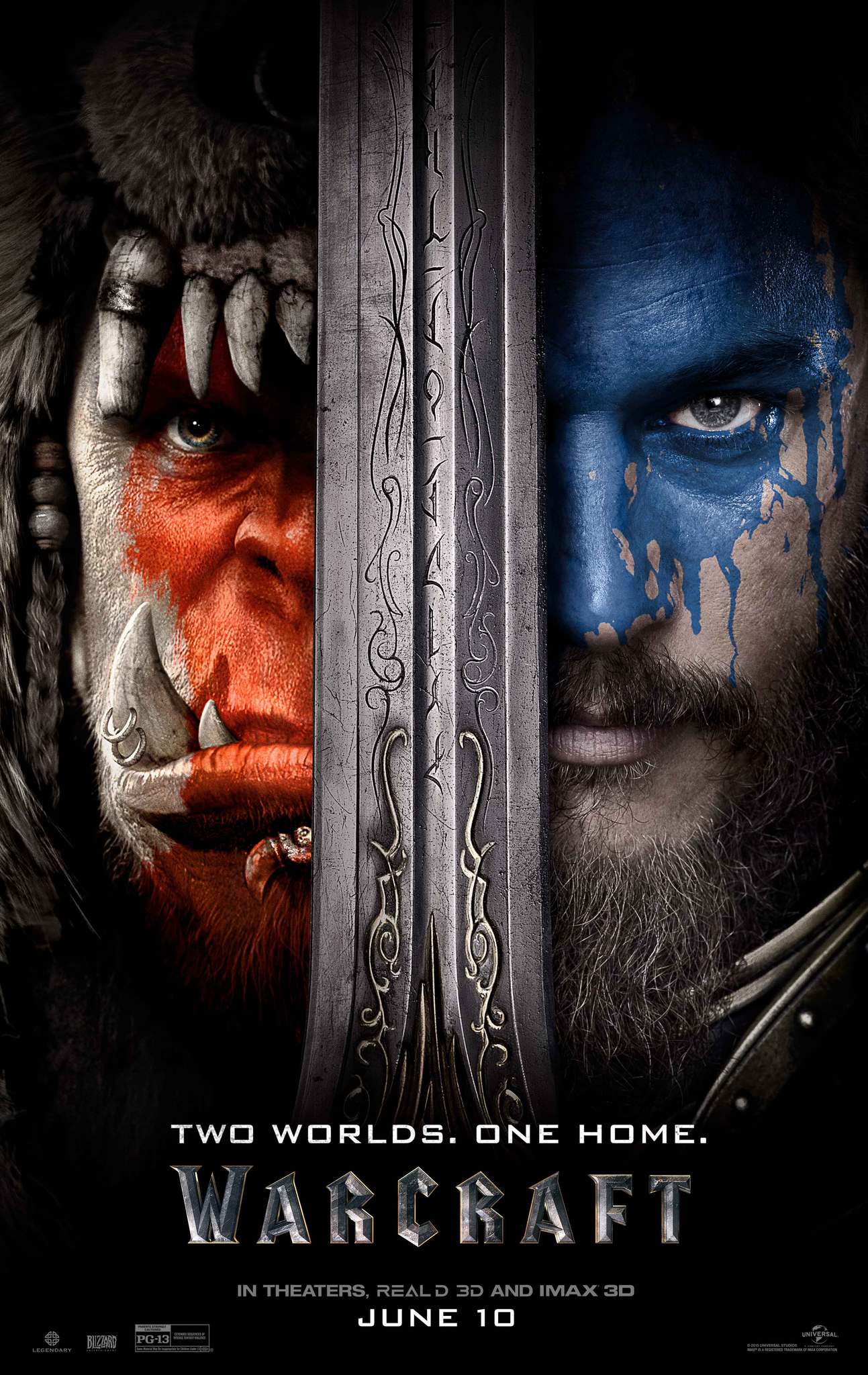




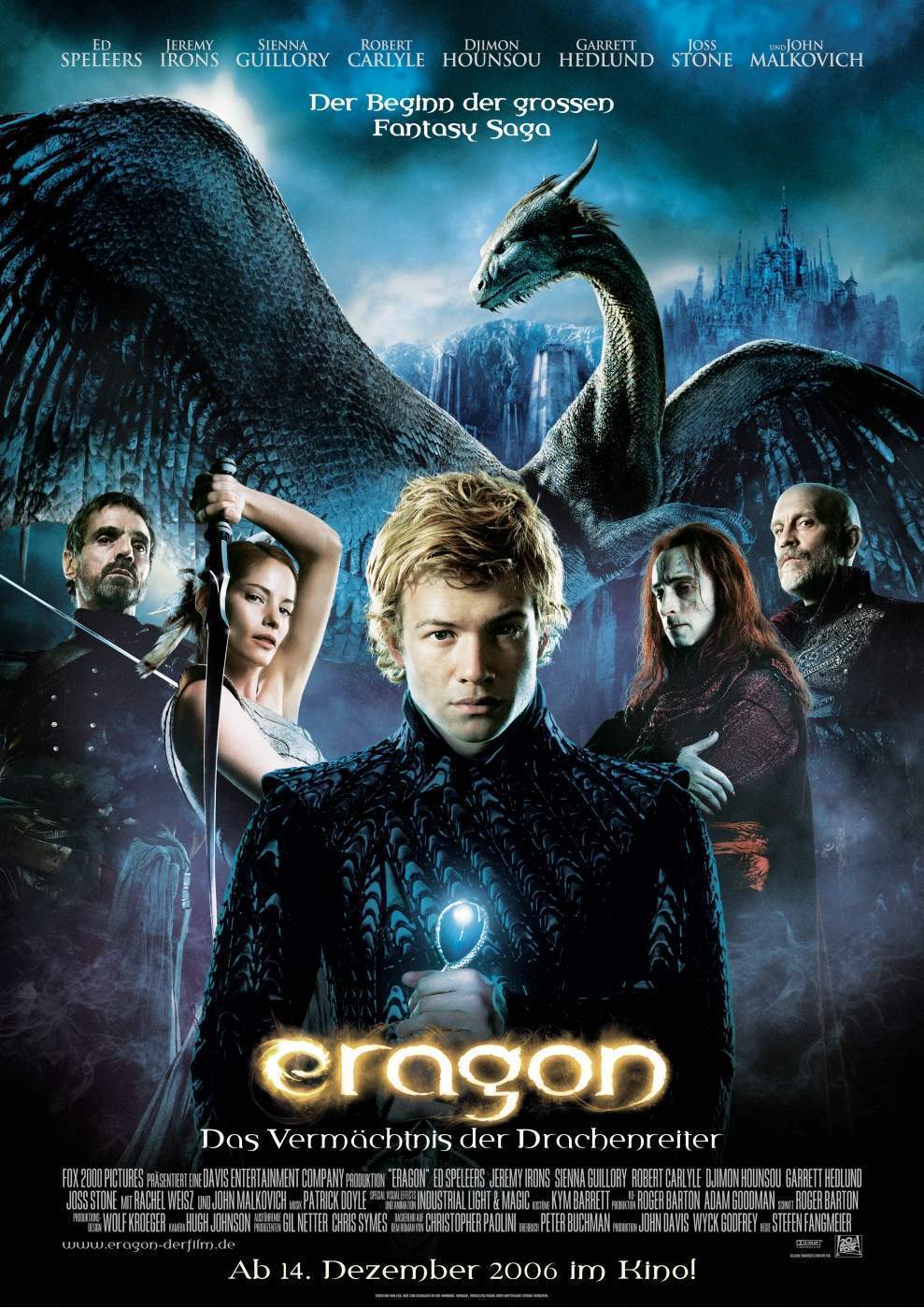
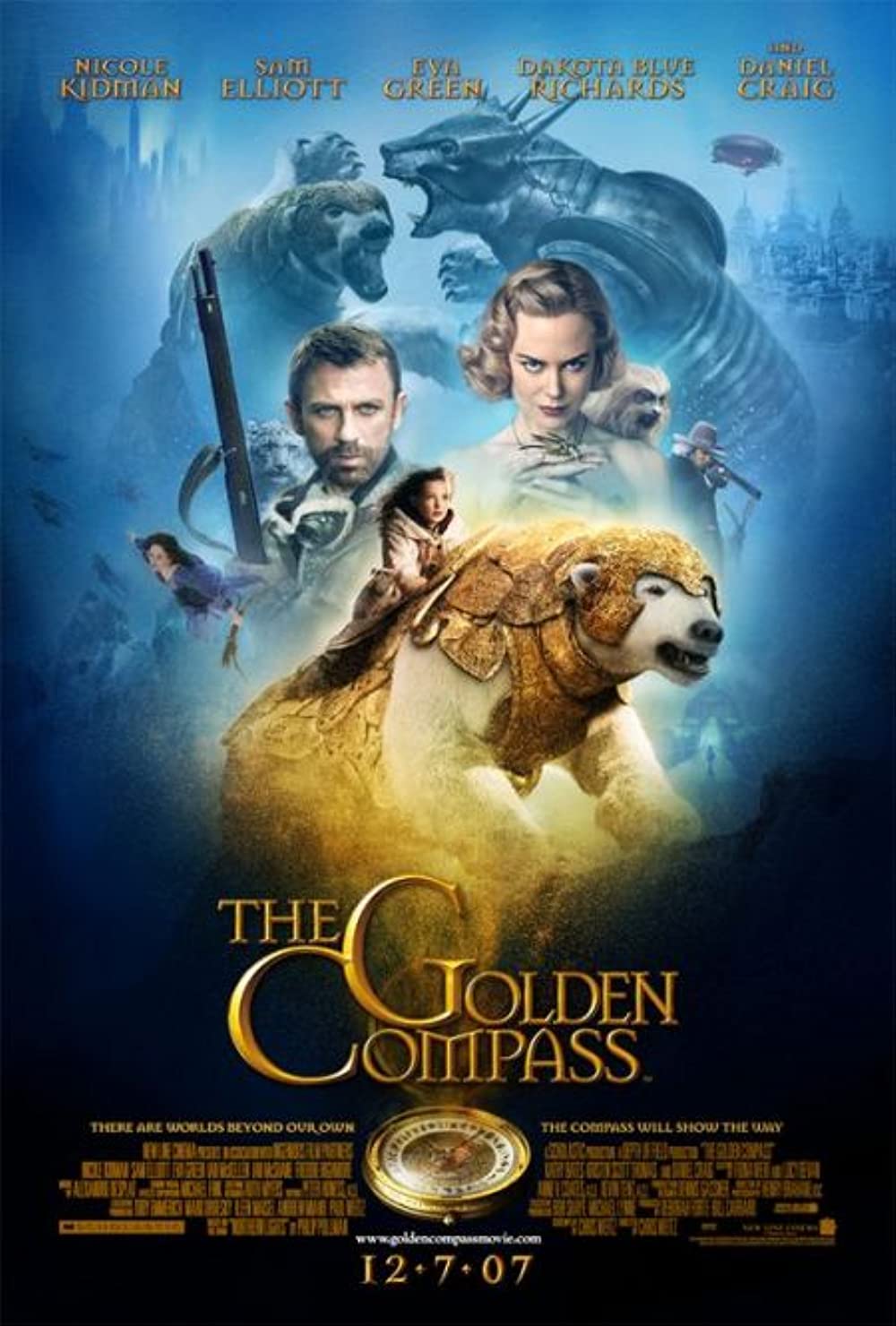


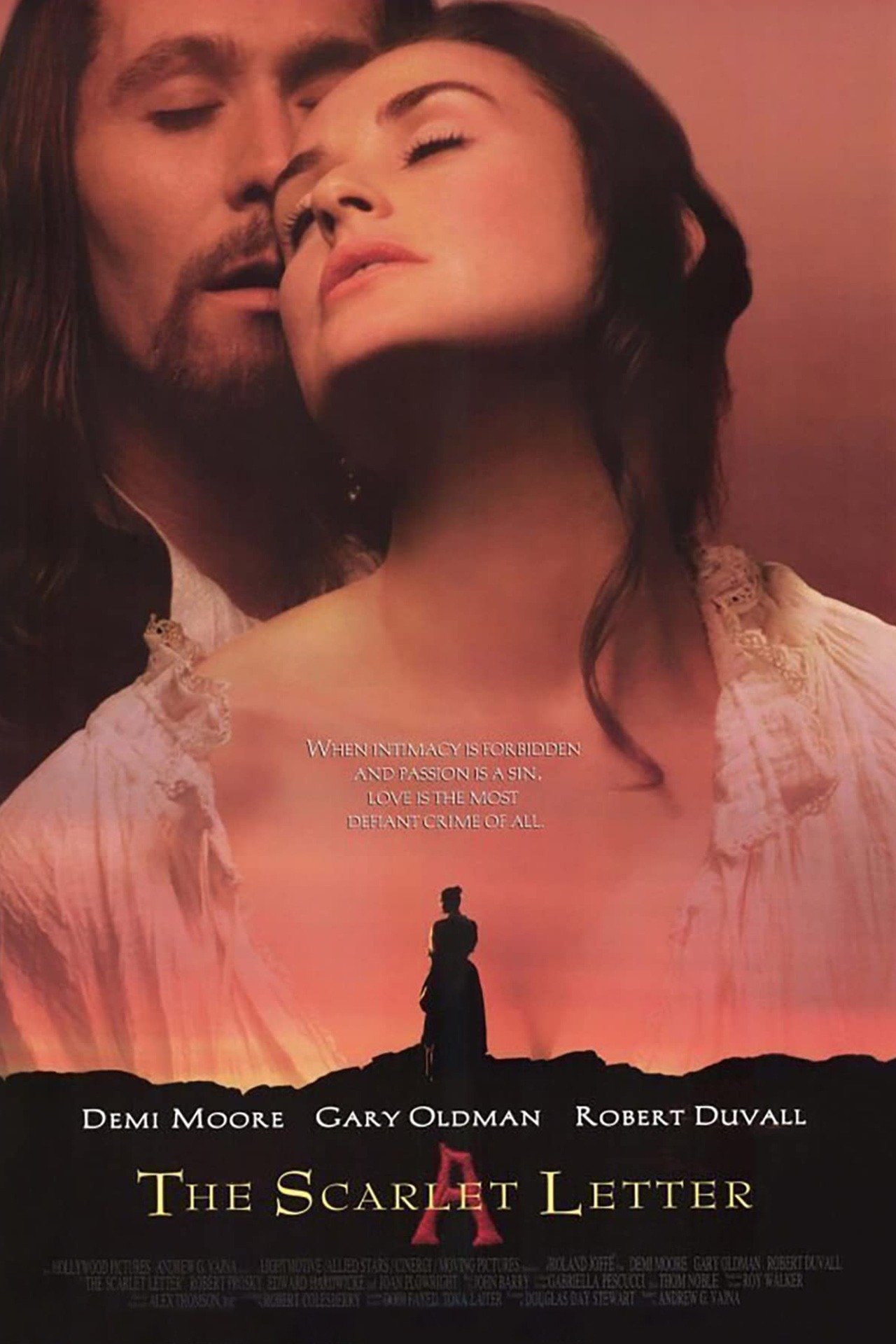
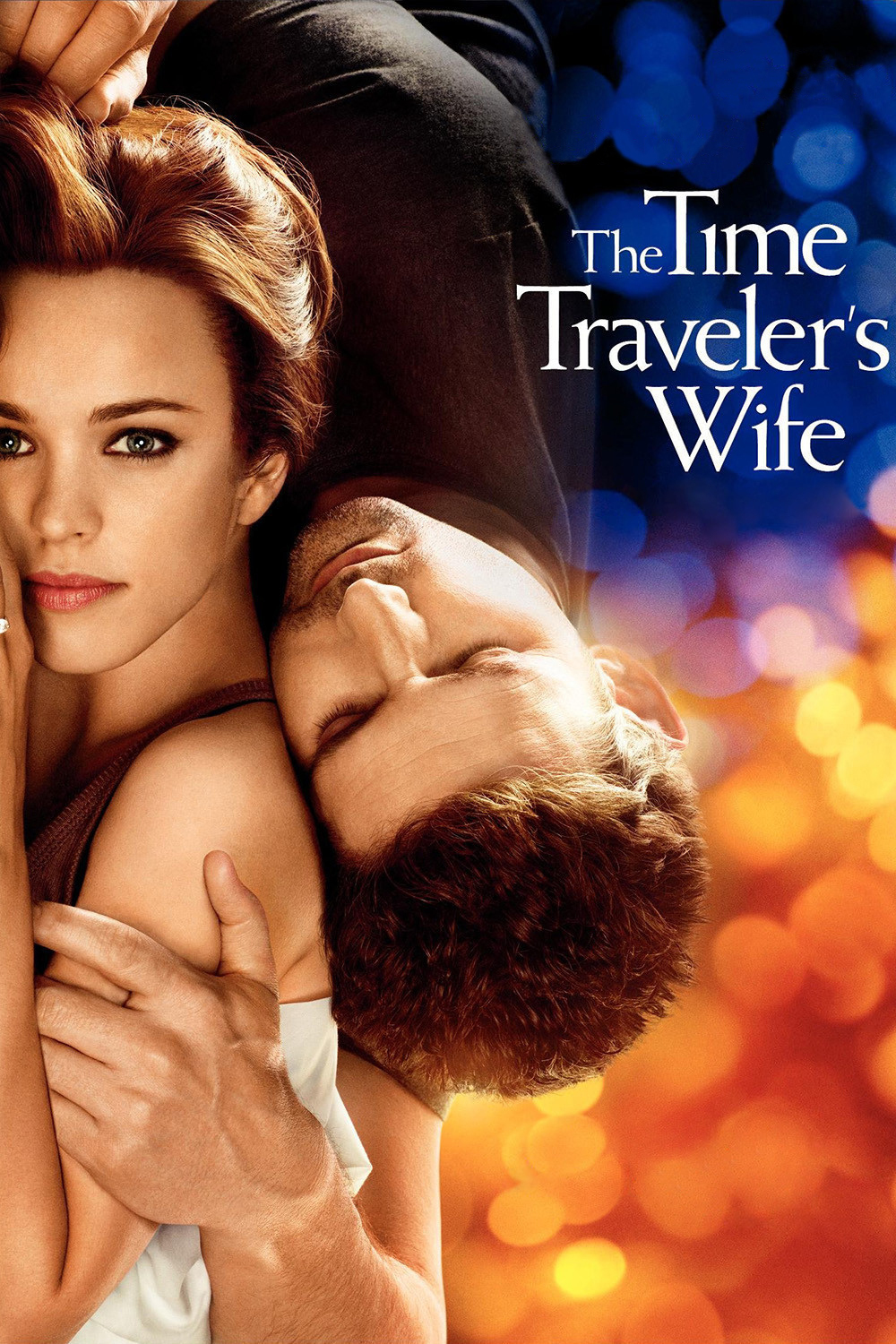
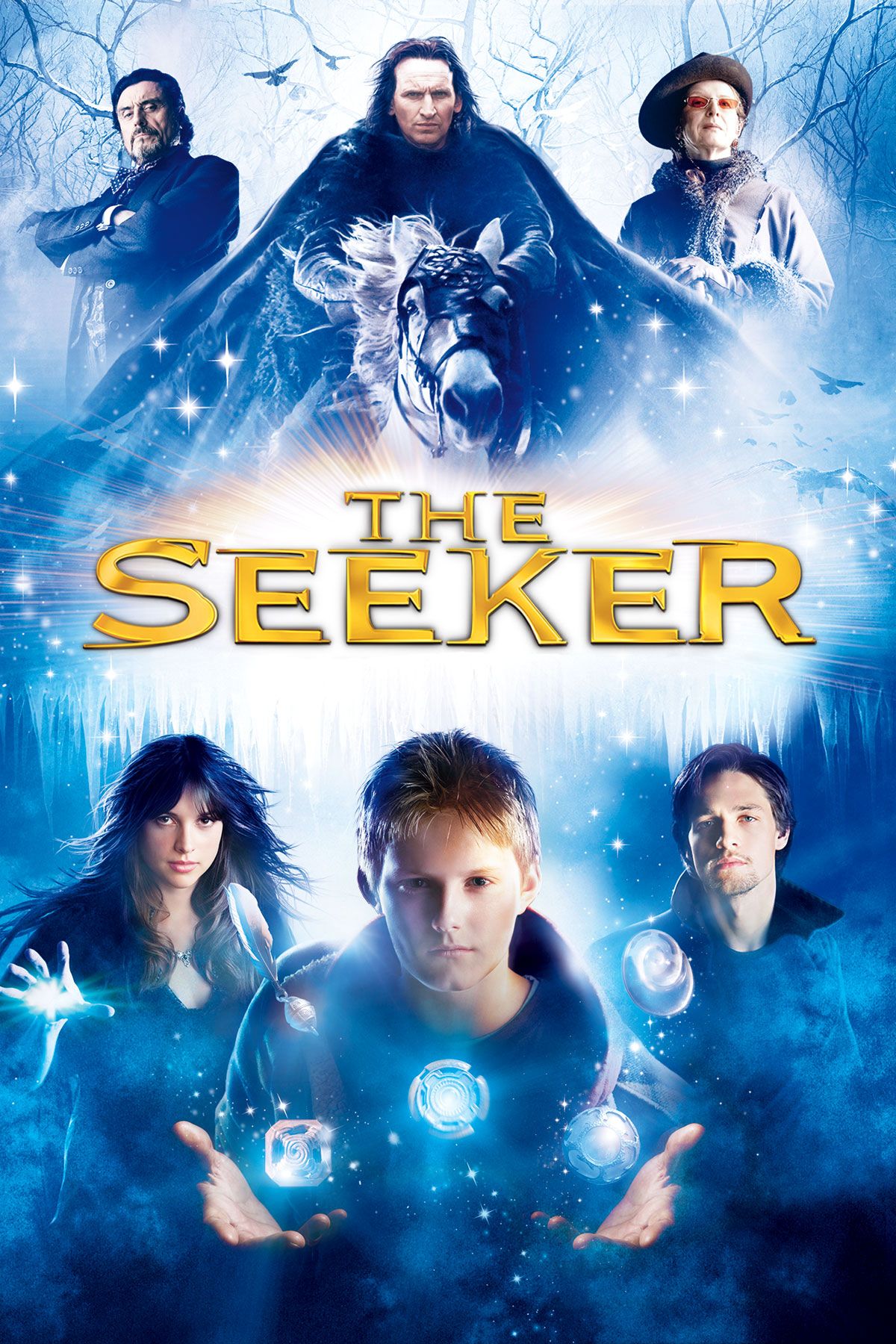

Comentarios